Africa Rising Music Conference announces esteemed Ambassador Programme for 2023
The Africa Rising Music Conference (ARMC) announces its highly anticipated Ambassador Program, which recognizes and celebrates five women who are making a significant impact within their respective fields. The program highlights their influence and impact on various communities and movements. ARMC has partnered with Mtn BushFire Festival, Mint Digital, Lift Airlines and Bridges for Music to provide attendees with a well-rounded experience that includes exciting speakers, workshop and activation curation. The conference is set to return on May 23 and 24, 2023, at Hallmark Hotel in Johannesburg. “The Africa Rising Music Conference is more than just a conference, it’s a platform to bring together a diverse group of women who are making a real impact in the music industry and beyond,” said Naimah Global, one of the ambassadors selected for the program.
This year’s conference will feature a diverse mix of local and international delegates, with a focus on Zambia and Germany. It will offer a dynamic mix of workshops, activations, and performances centred around the hip hop, indie and electronic music industries, as well as the Afro-Euro connection.
MEET THE AMBASSADORS
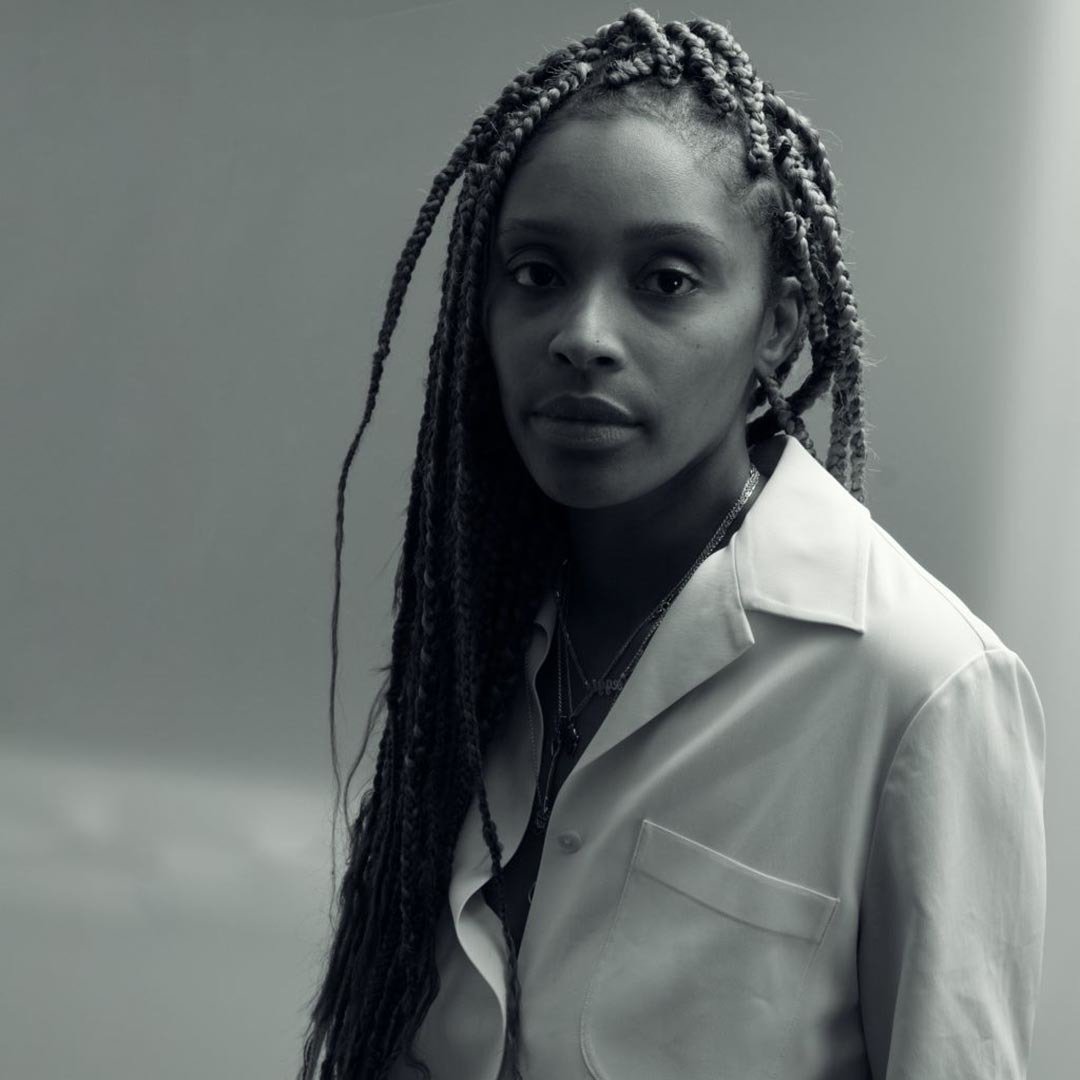
Megatronic /// DJ and Culture Curator
Representing /// Femme Fest
Always finding a way to provide a colourful palette or lyrics, melody, and stage dramatics, Megatronic has asserted herself into the global dance scene as a DJ, musician, and above all else, a vibrant culture producer. With over 20 years of self-taught industry experience under her belt, including time spent as a consultant, artist manager, and even a radio host, Megatronic has earned her stripes as one of the industry’s leading forces.
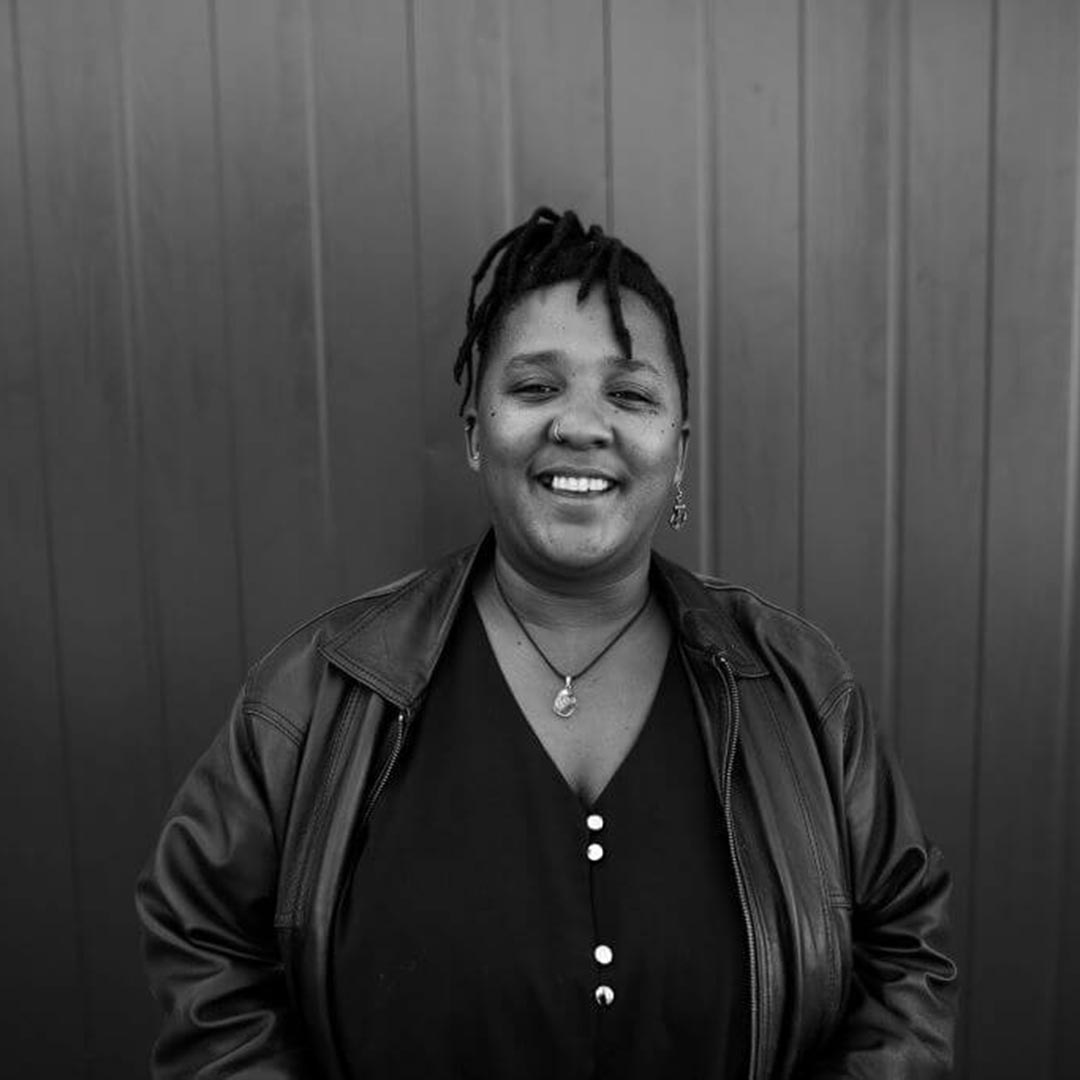
Representing /// Bridges for Music
Fundiswa Mbambani better known as Fundi was born and bred in the oldest township in Cape Town known as Langa, surrounded and inspired by musical legends and heroes such as Brenda Fasssie. Having drawn inspiration from all those legendary people, music became a calling to her. She is a DJ, budding tour guide/ tourism entrepreneur, some-times isiXhosa teacher, intercultural expert, Bridges academy alumni and Langa local. Two of her biggest highlights being opening for the duo “GoldFish” in 2021 and then in 2022 playing sets at Amsterdam Dance Event.
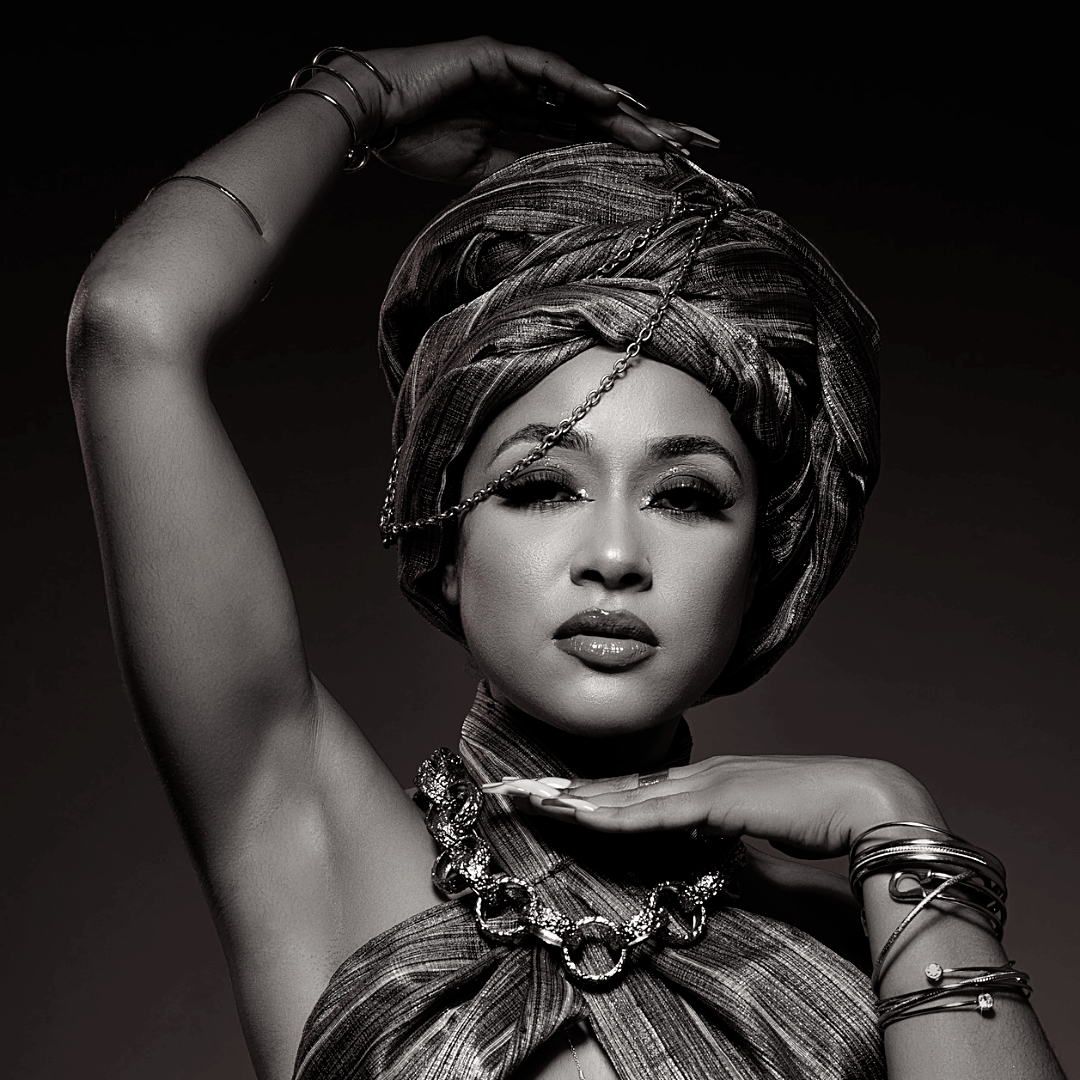
Naimah Global ///Artist and Activist
Representing /// New Future Records
Naimah, a Zambian Afro Fusion singer-songwriter residing in South Africa, has the ability to fuse her uniquely soothing vocals into different genres that resonate with urban and afro genres. This can be noted in her most recent RnB infused EP Goal Digger. Her refreshing writing ability has made way for her to collaborate with some of the finest musical talents in the Southern African region, including Grammy award winning producers and artists.

Namakau Star /// Artist, Producer and Singer Songwriter
Representing /// ARMC
Rhema Stephanie Namakau Socika, popularly known as Namakau Star is a South African born singer-songwriter, rapper, speaker award winning copywriter and creative director. Namakau Star is an alternative RnB and Hip-Hop artist with a sharp pen and a refreshing vocal approach to music, she weaves words together with soulful melodies, switching effortlessly between lyricism and singing.
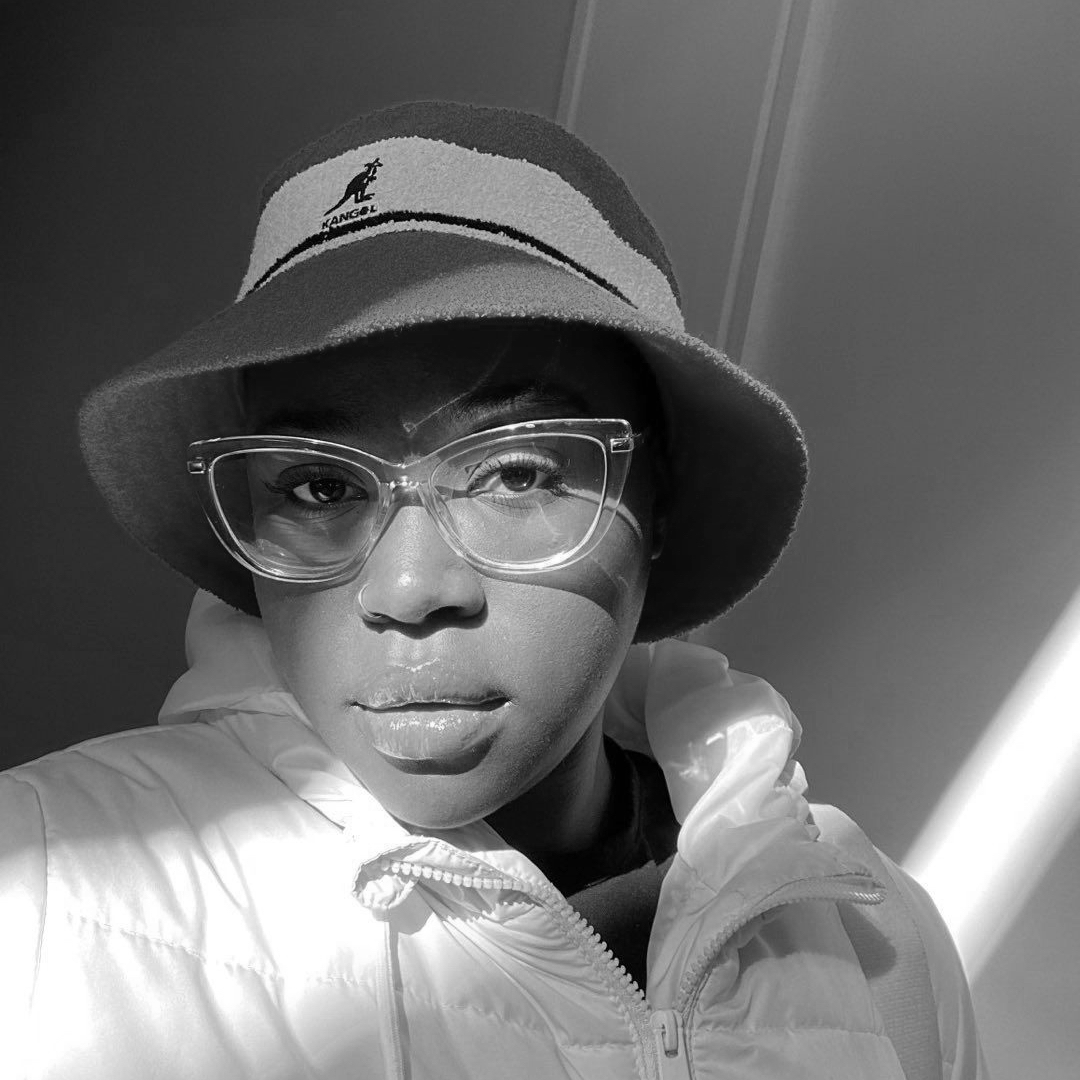
Phelisa /// Community and Network Developer
Representing /// Viva Con Agua
Phelisa is a representative of Viva Con Agua South Africa and her role within the organisation is Community and Network Developer she plays a hands-on role at, an organisation that inspires and connects all for water. This mission goes beyond raising funds but is deeply rooted in strategic education and awareness programs that seek to impact underserved communities.
Tickets are now available here: ARMC 2023 Tickets
///
Connect with ARMC:
Facebook: Africa Rising Music Conference
Instagram: @africa_rising_music_conference
YouTube: https://youtu.be/ToMmDTzkxHs
Website: www.africarisingmusicconference.com

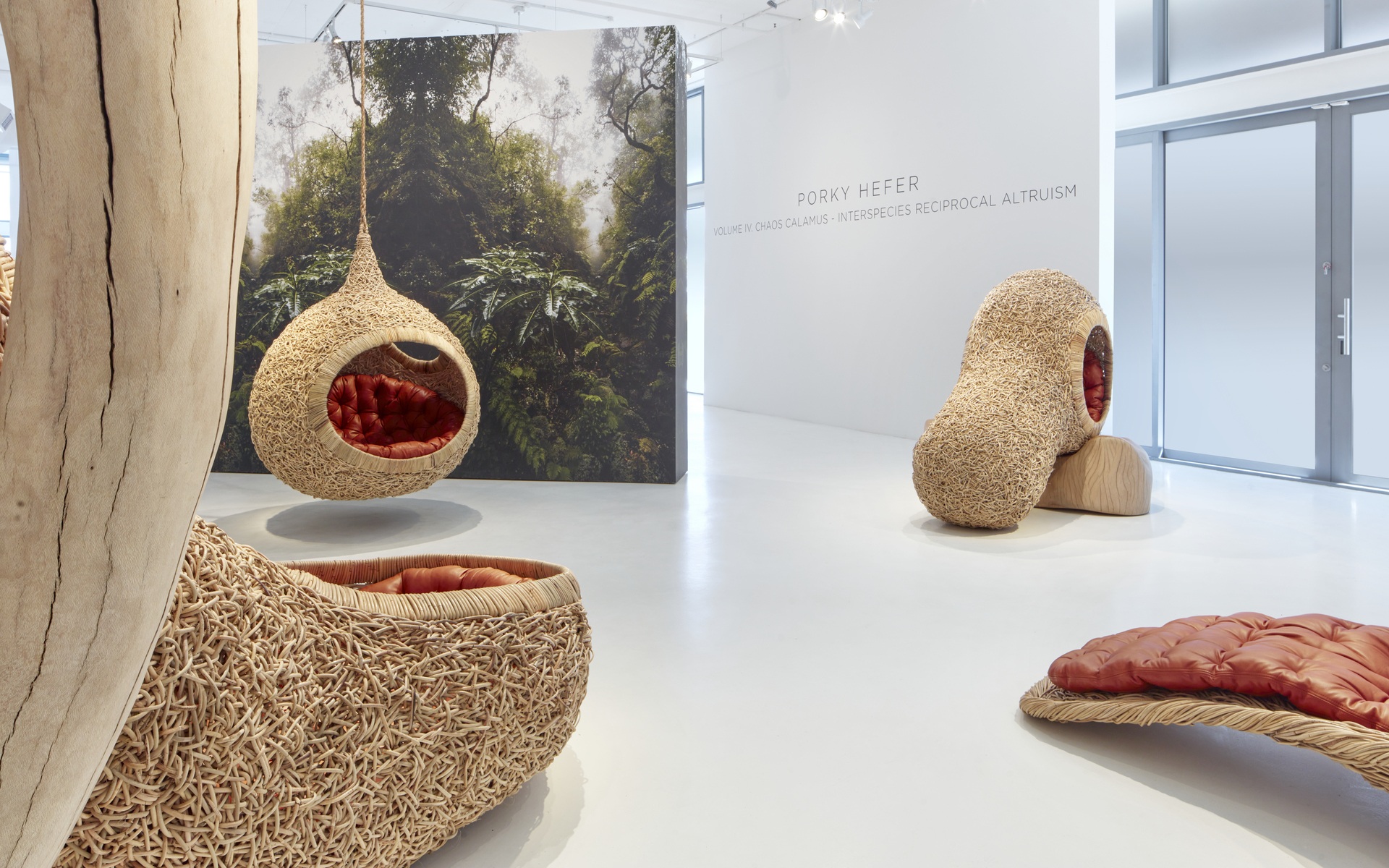
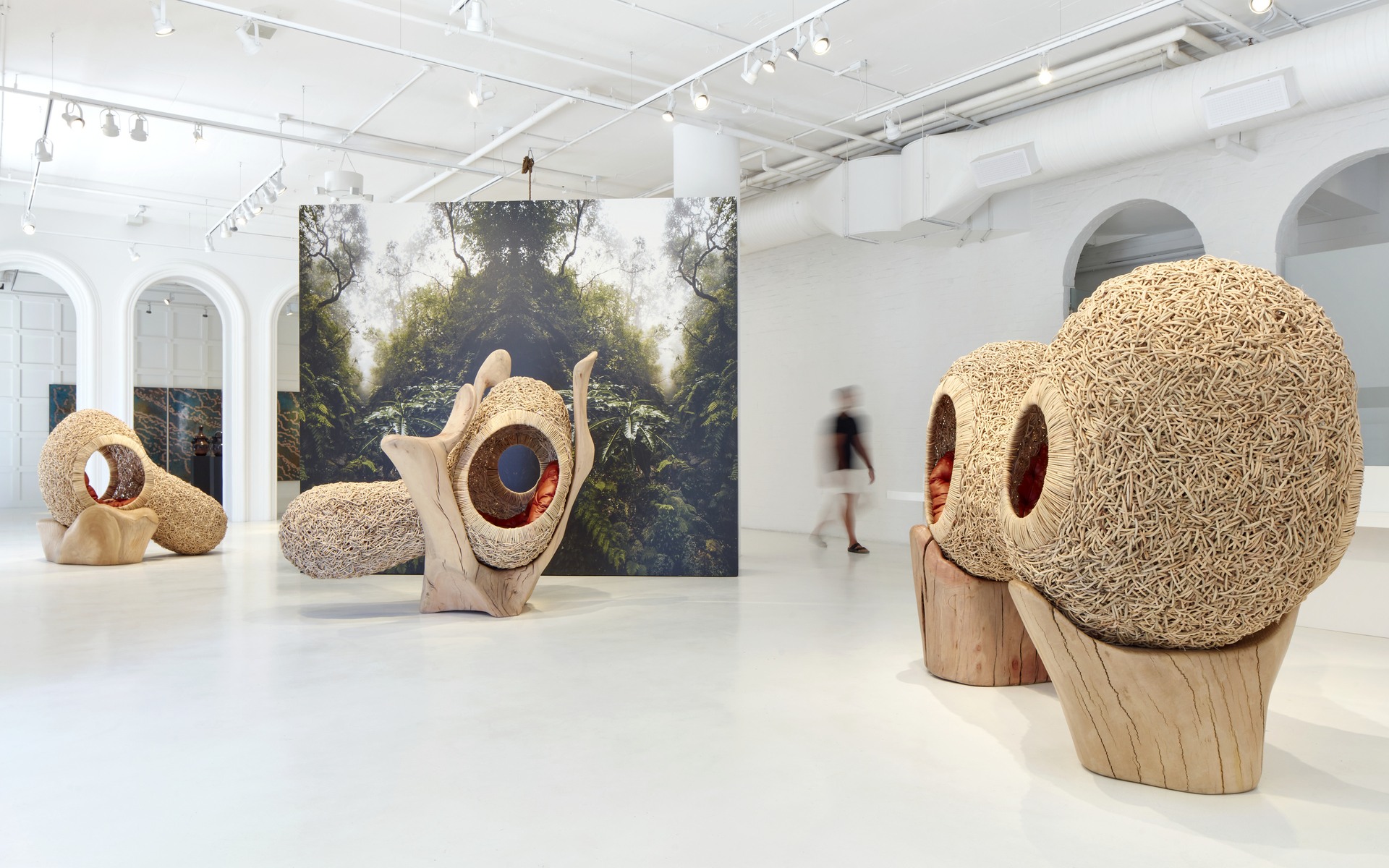


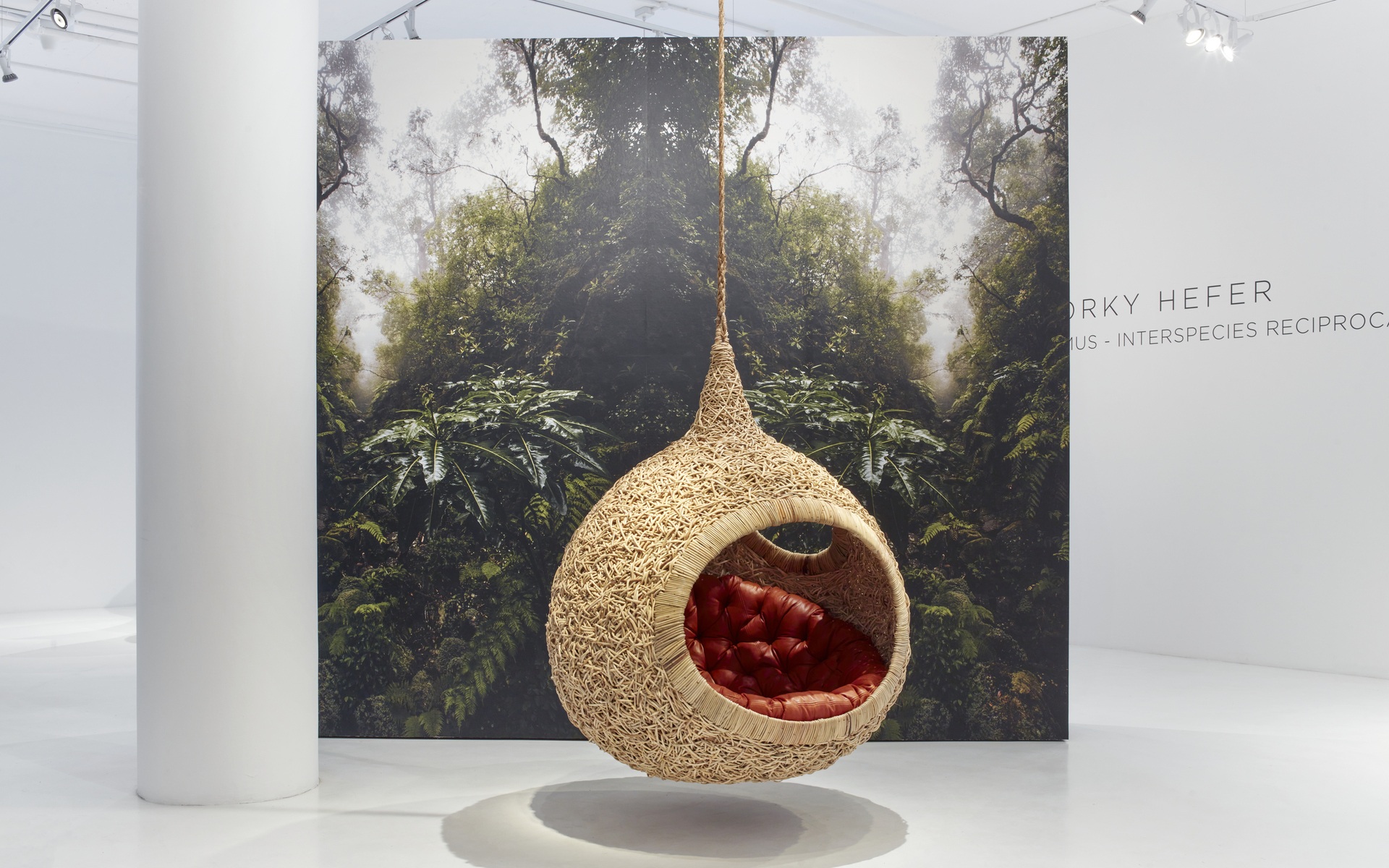
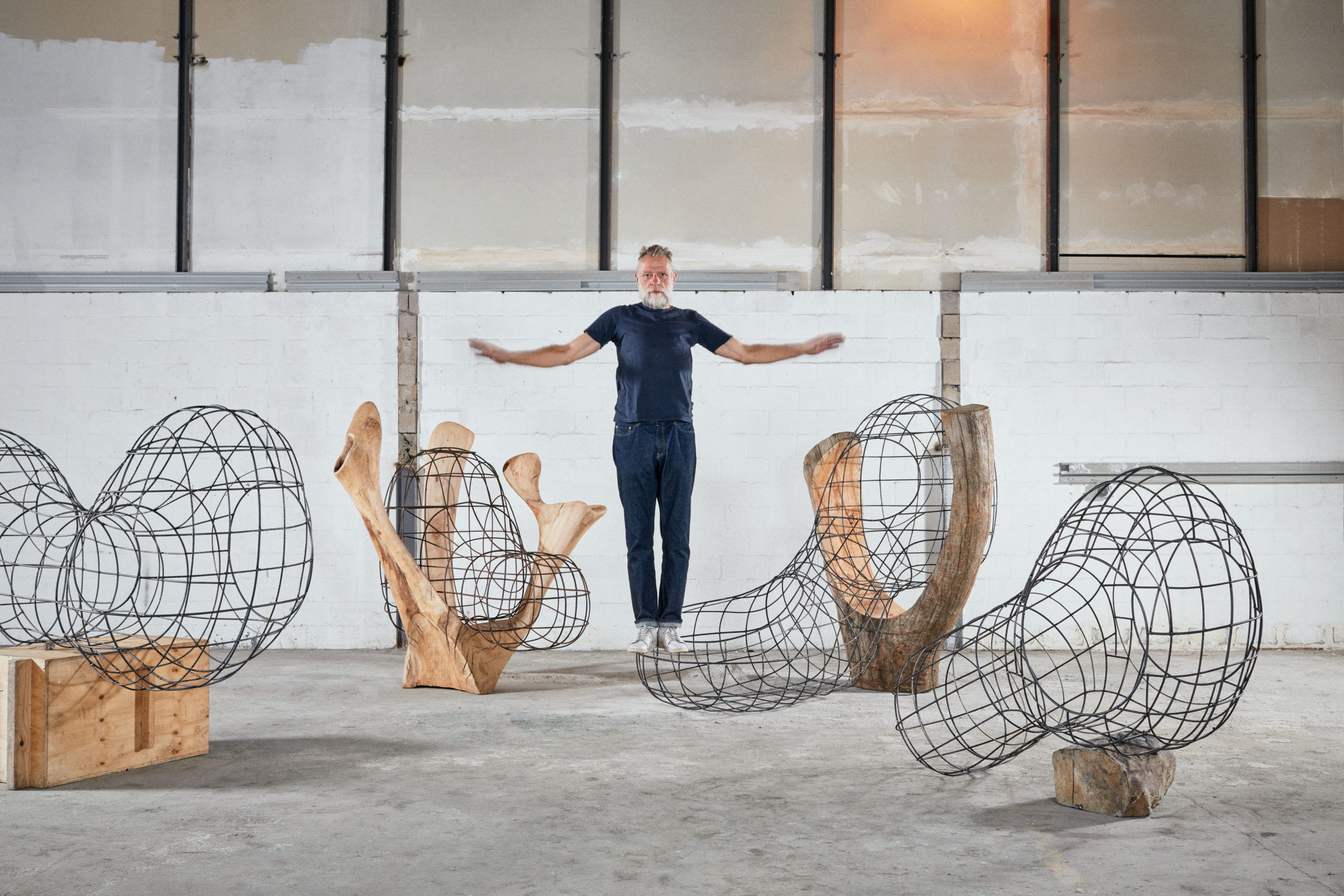




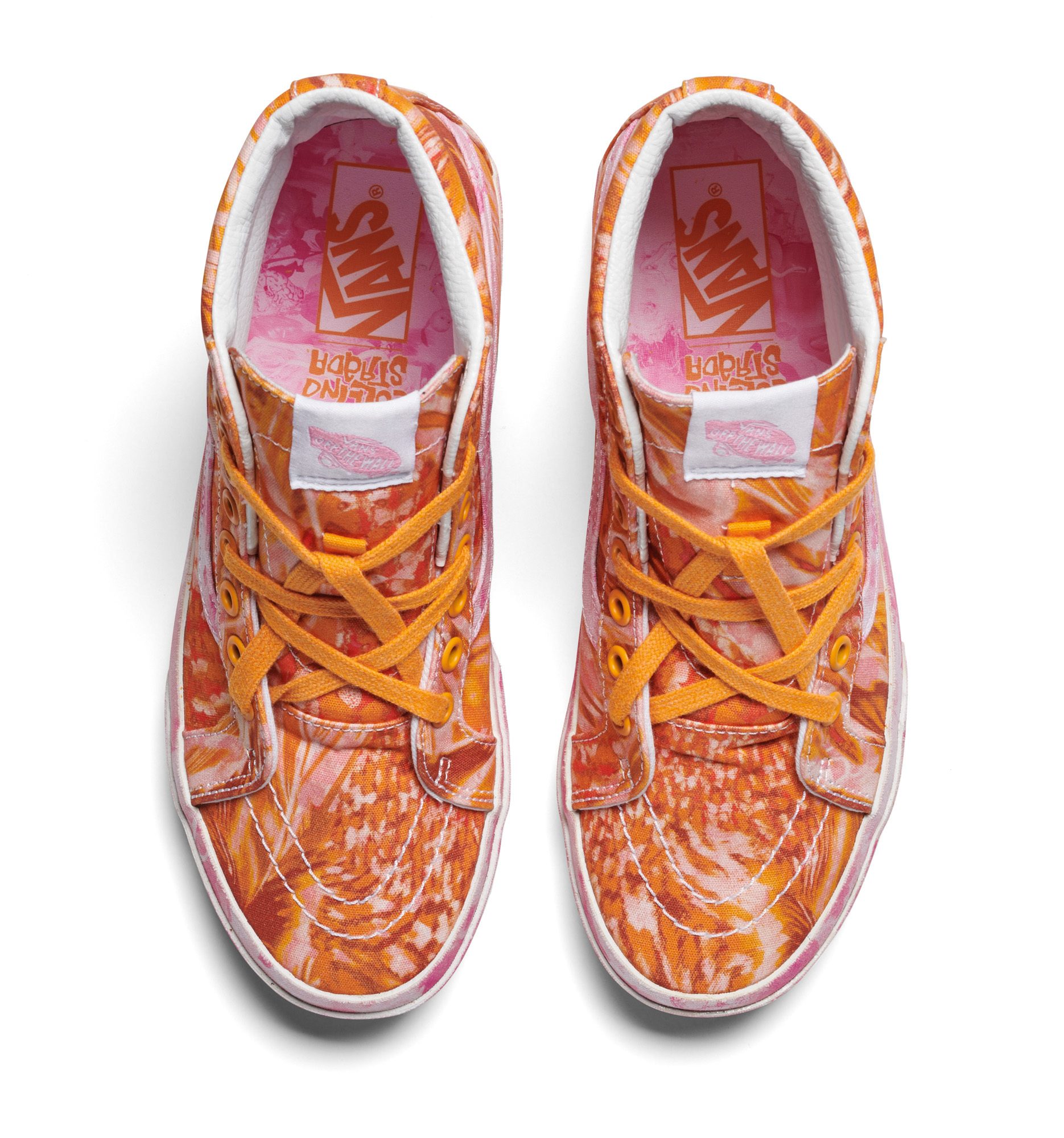
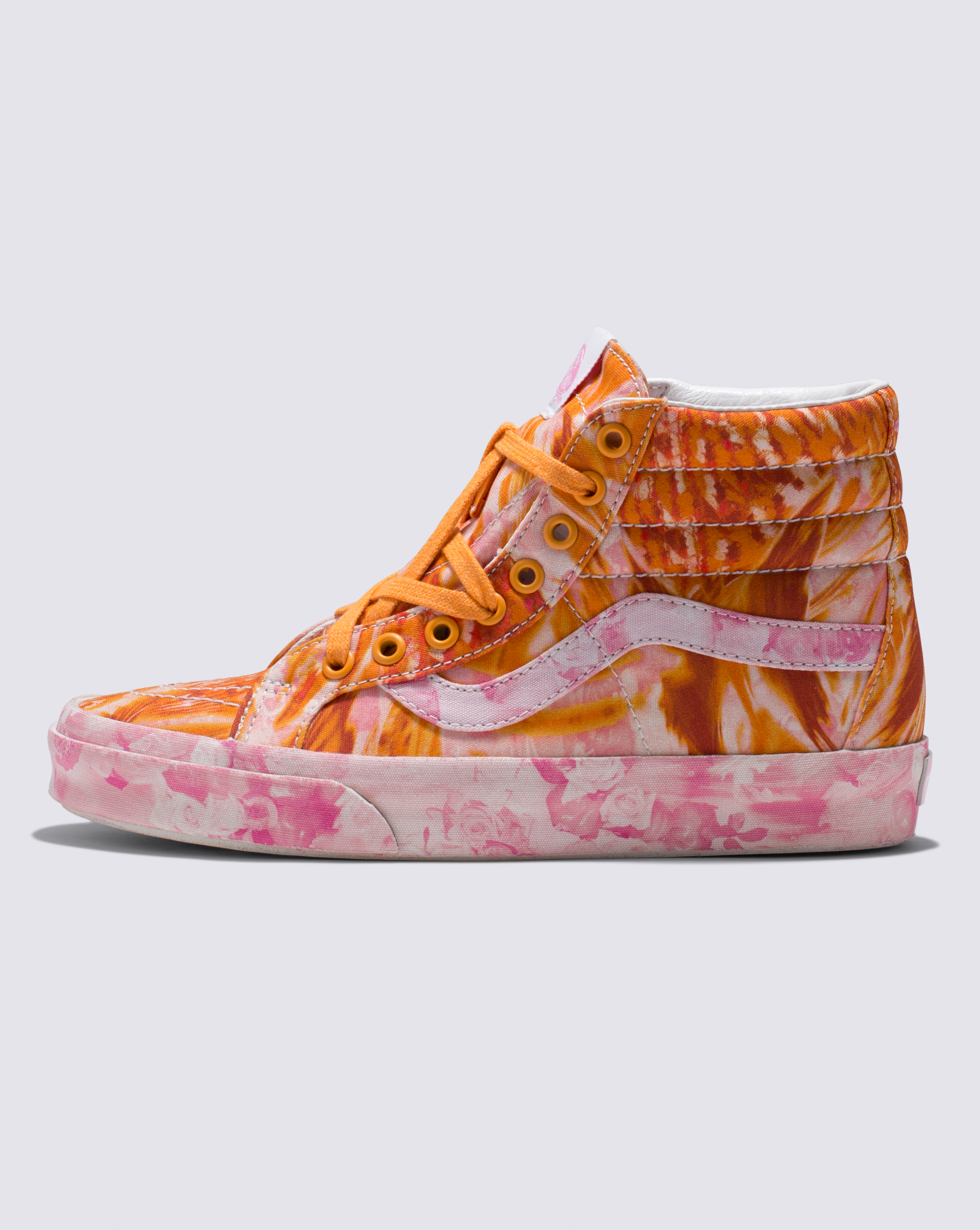


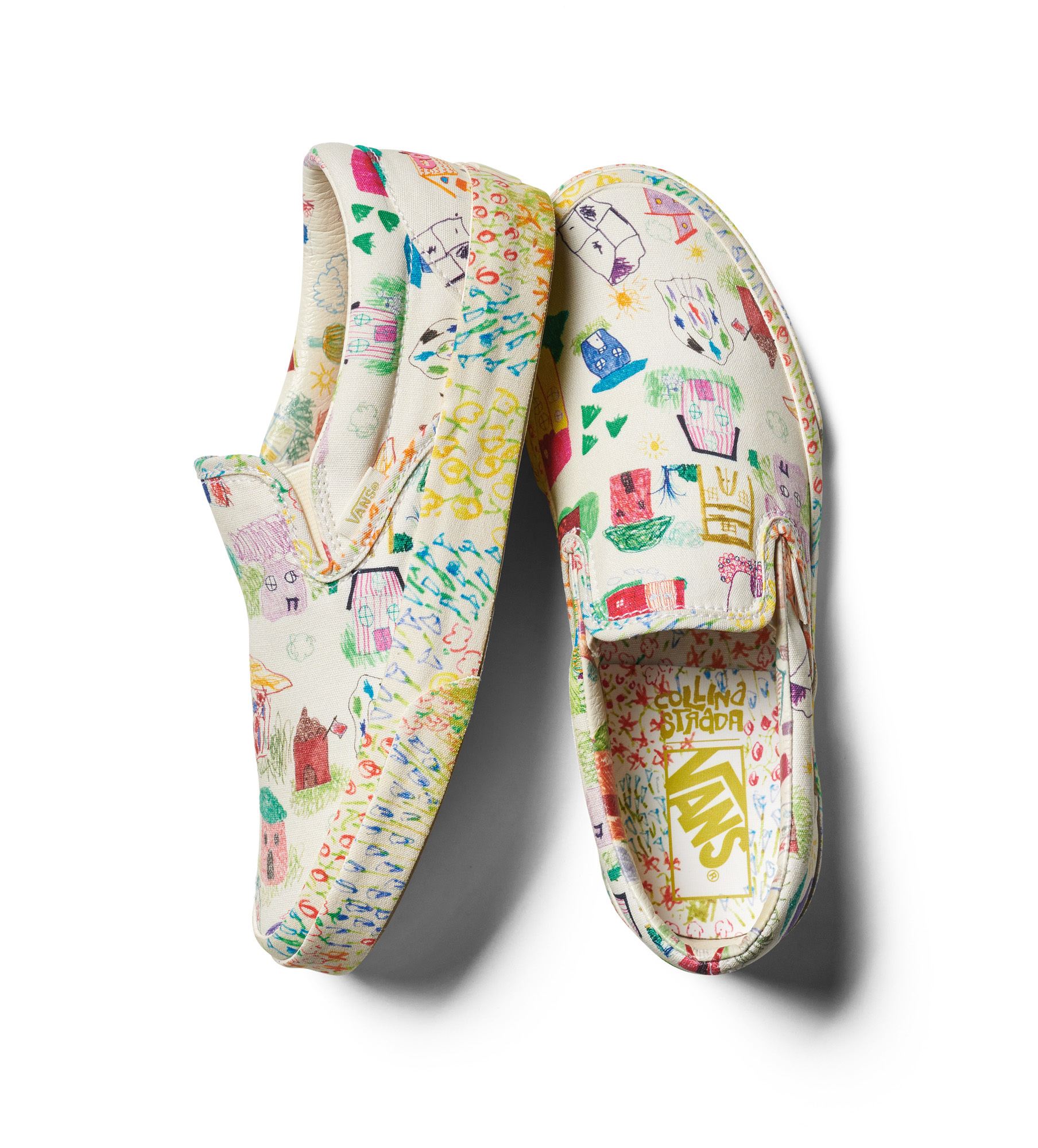
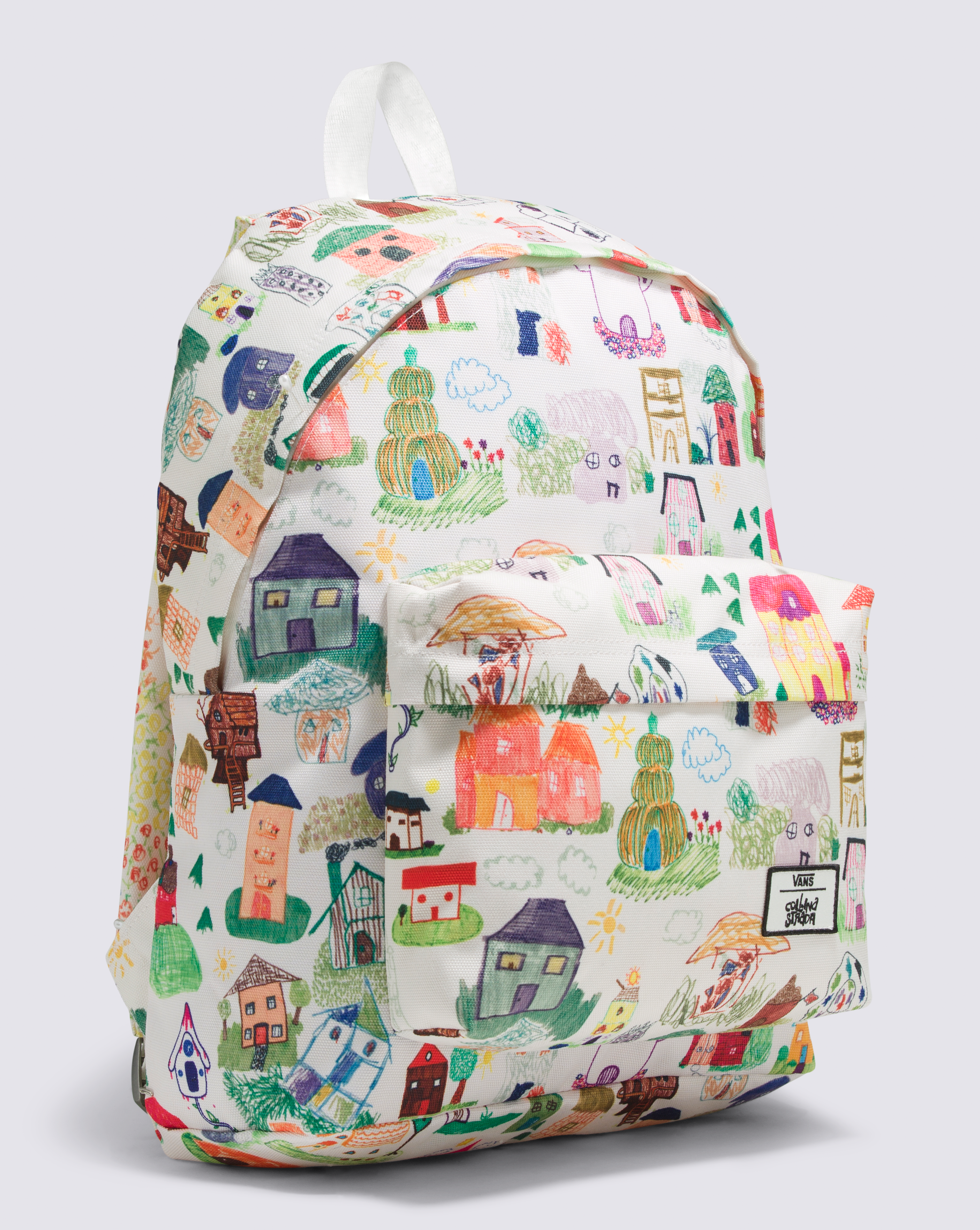
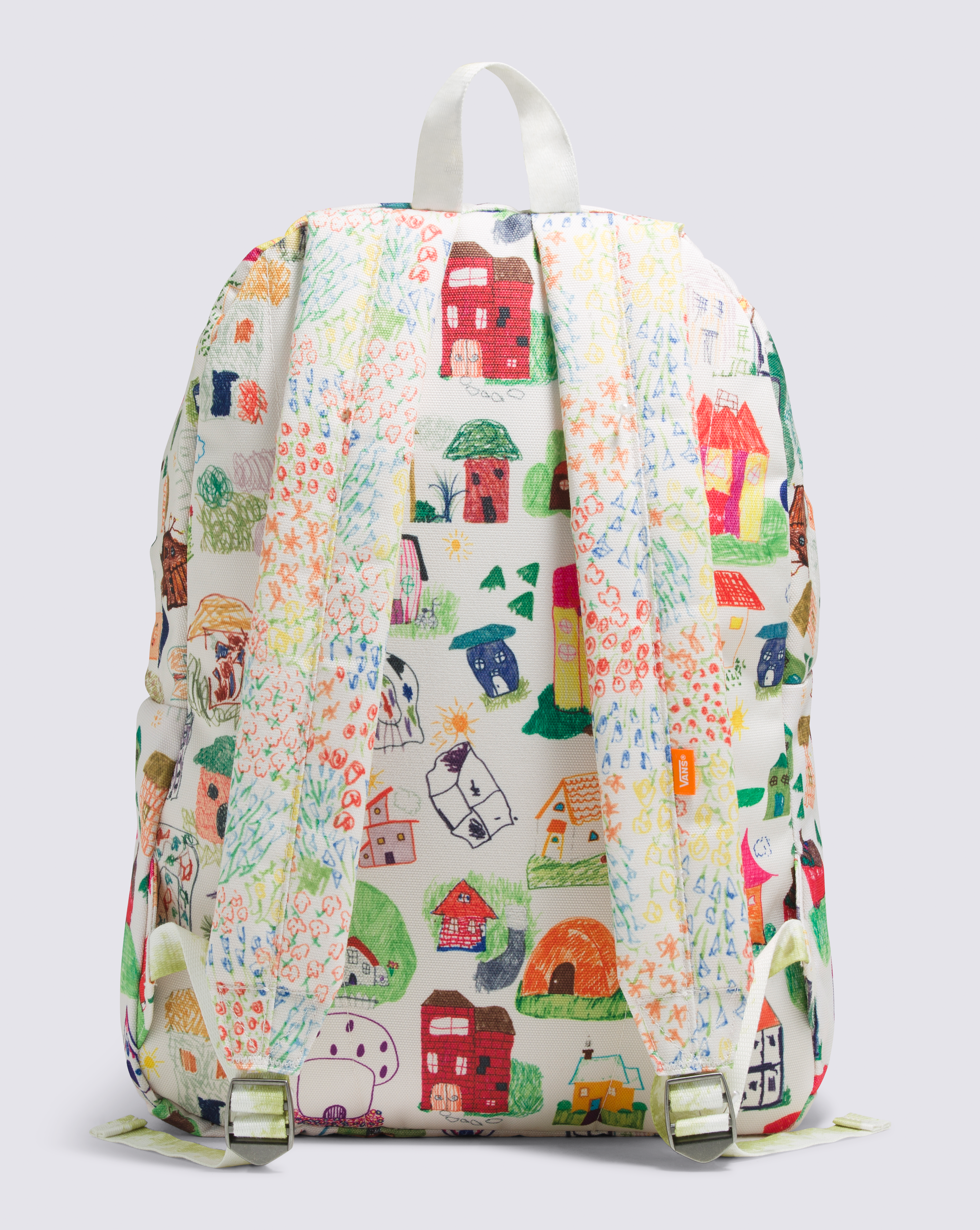


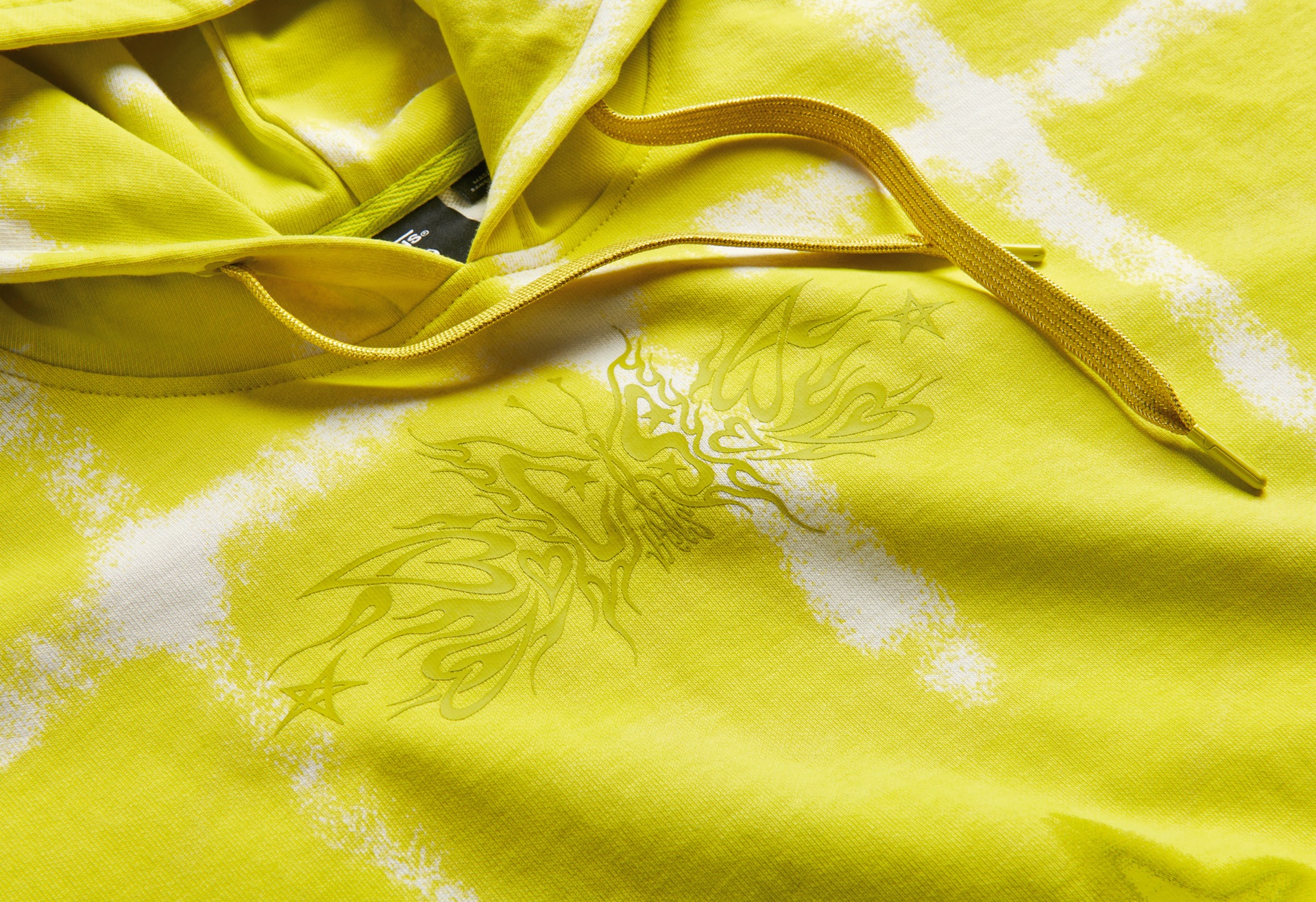
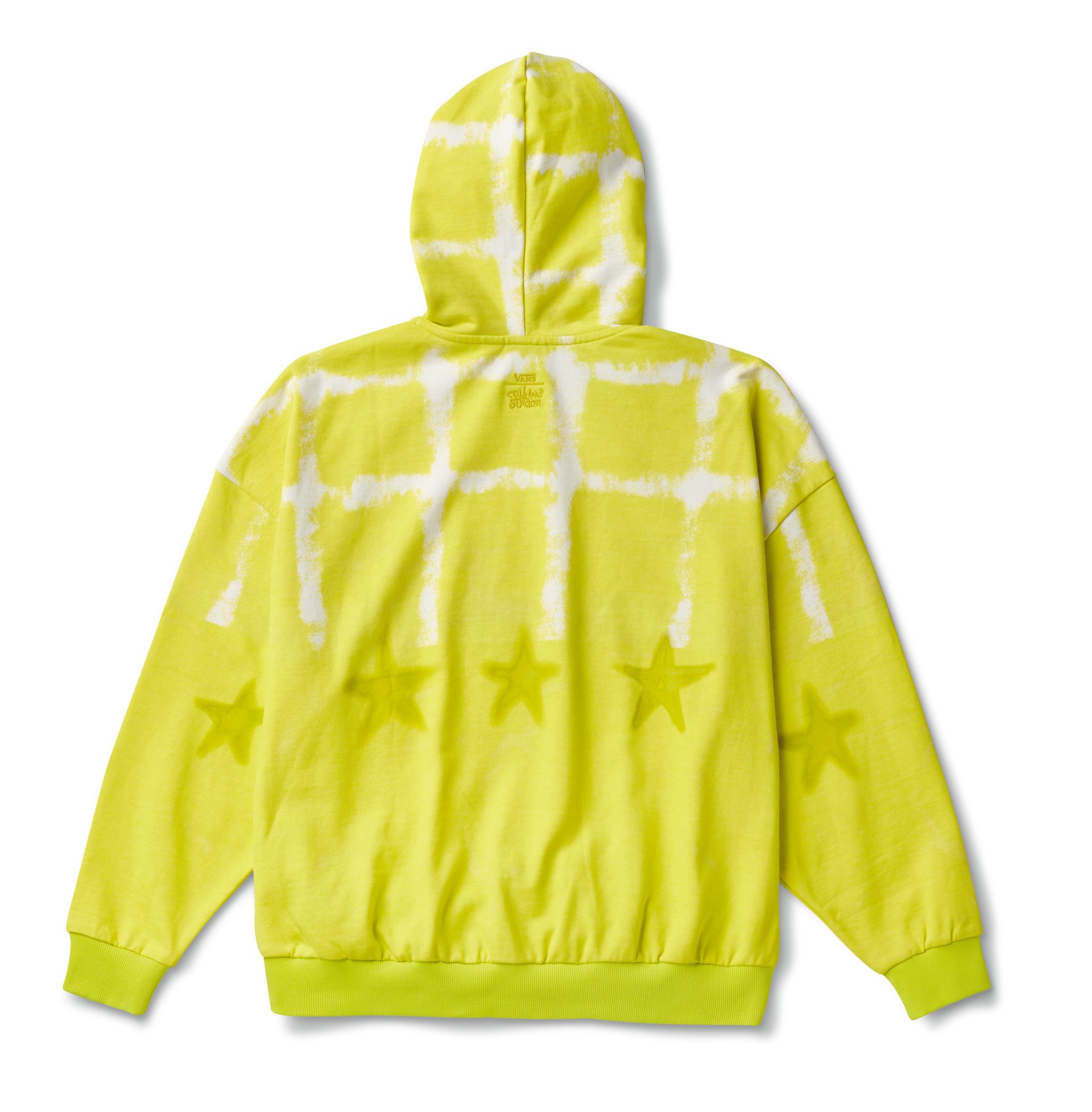

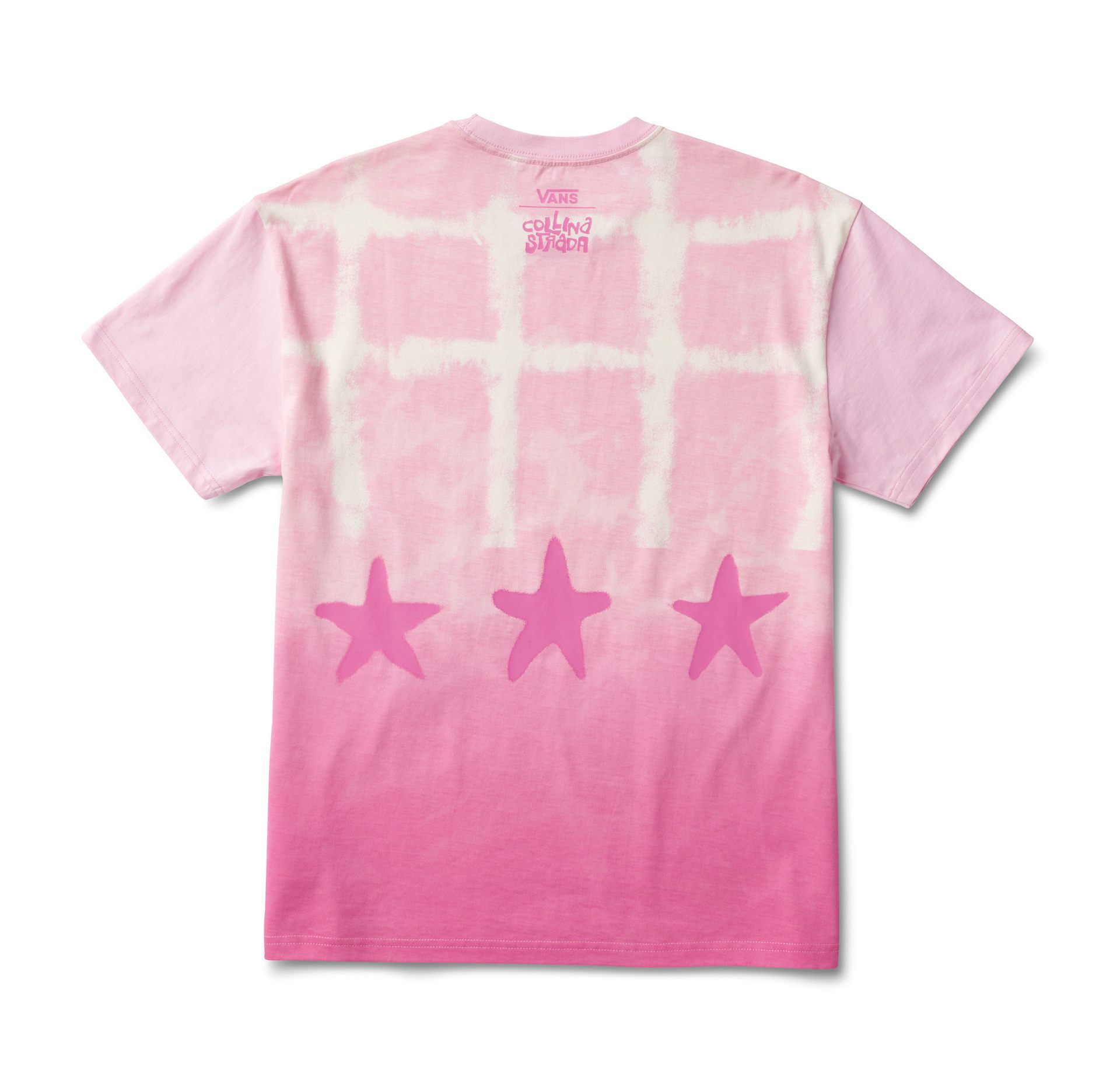


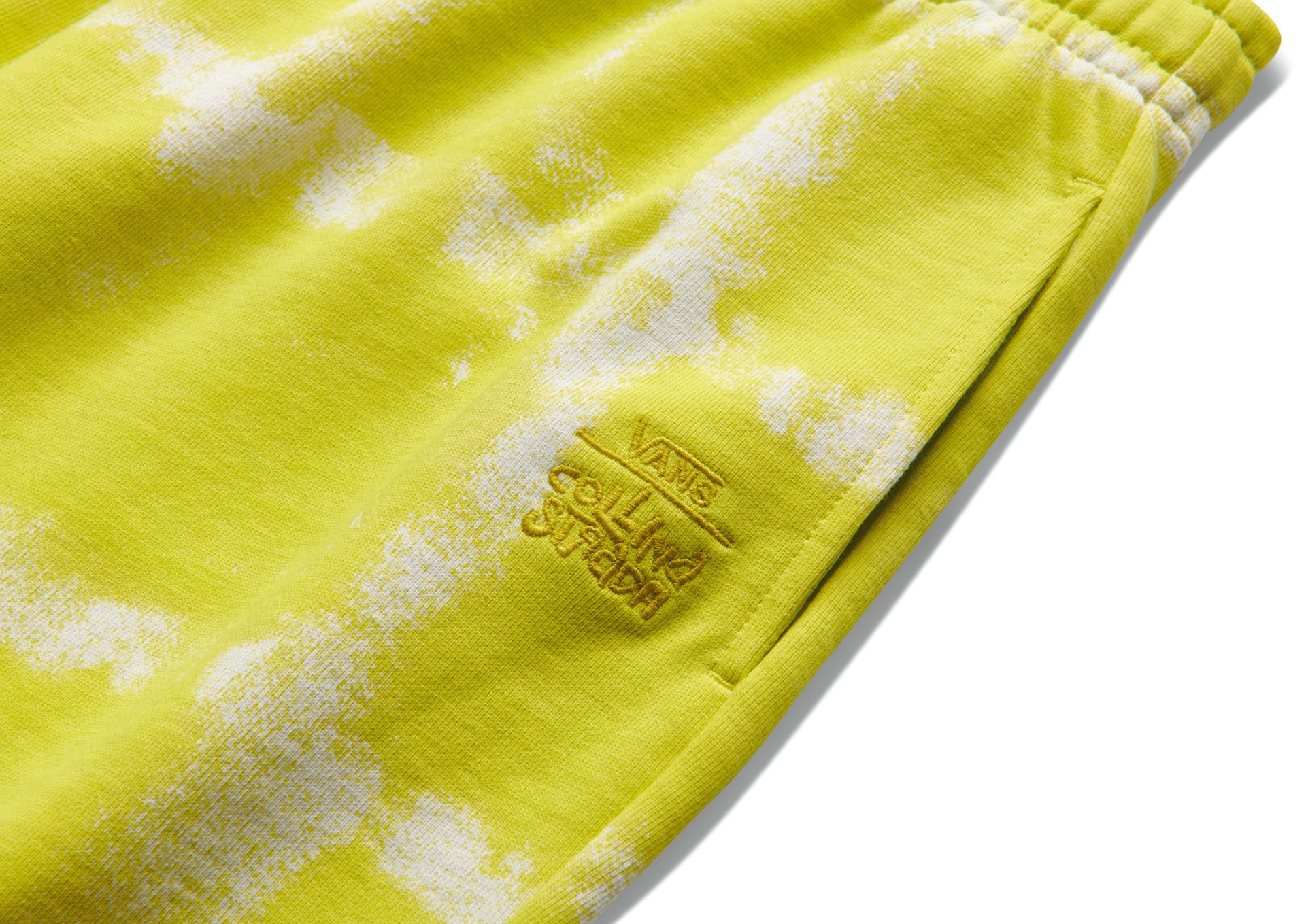

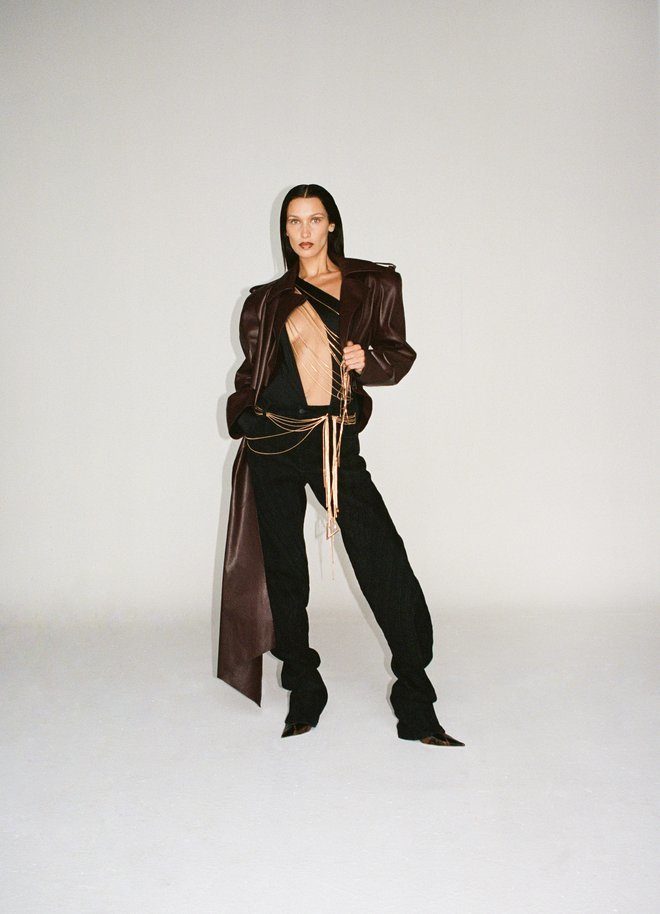

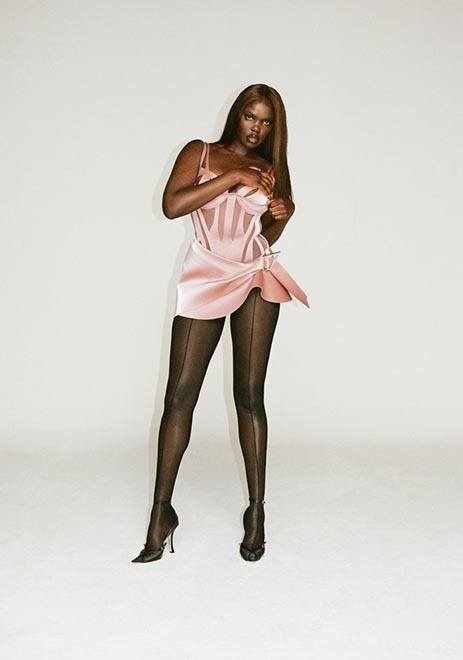
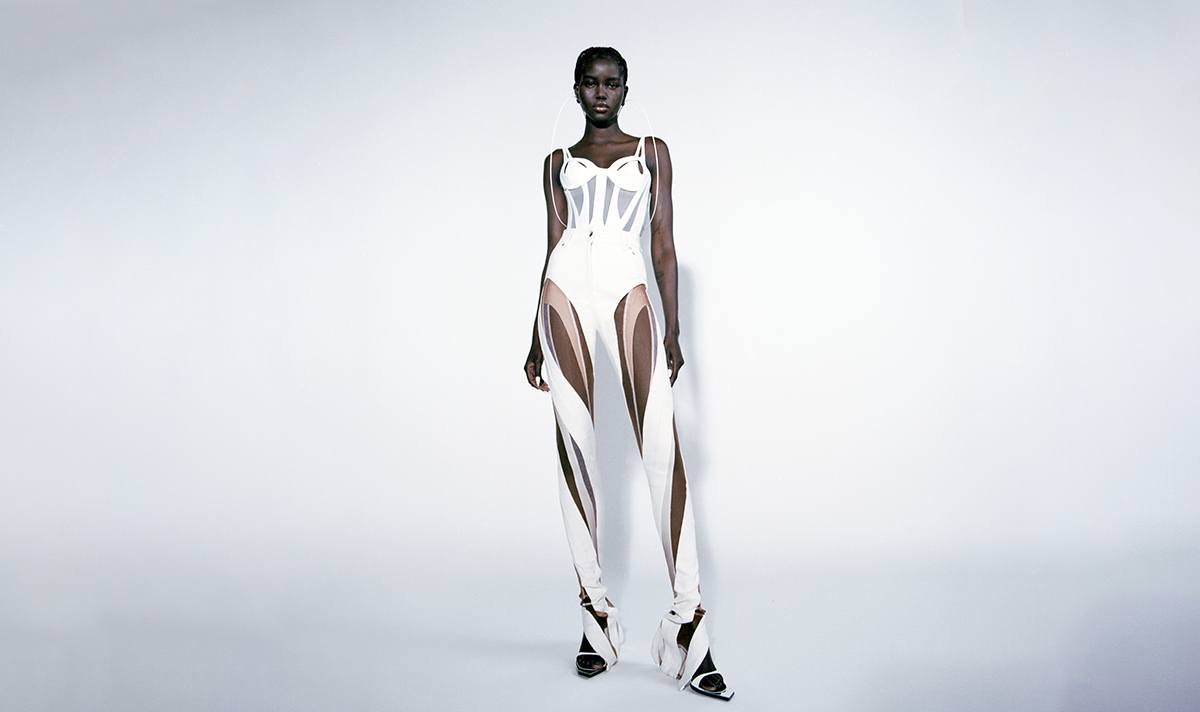
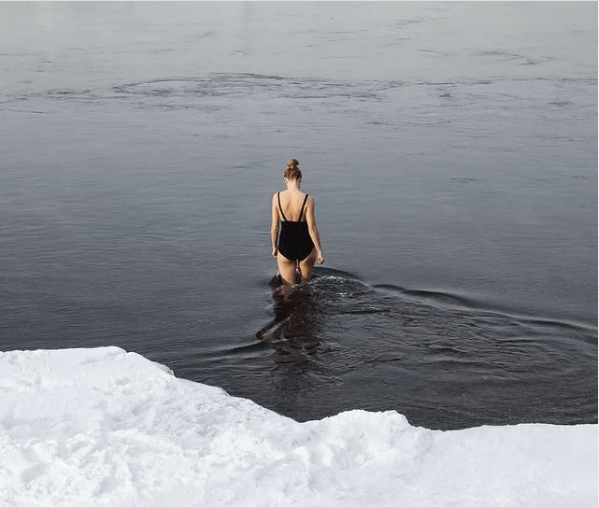
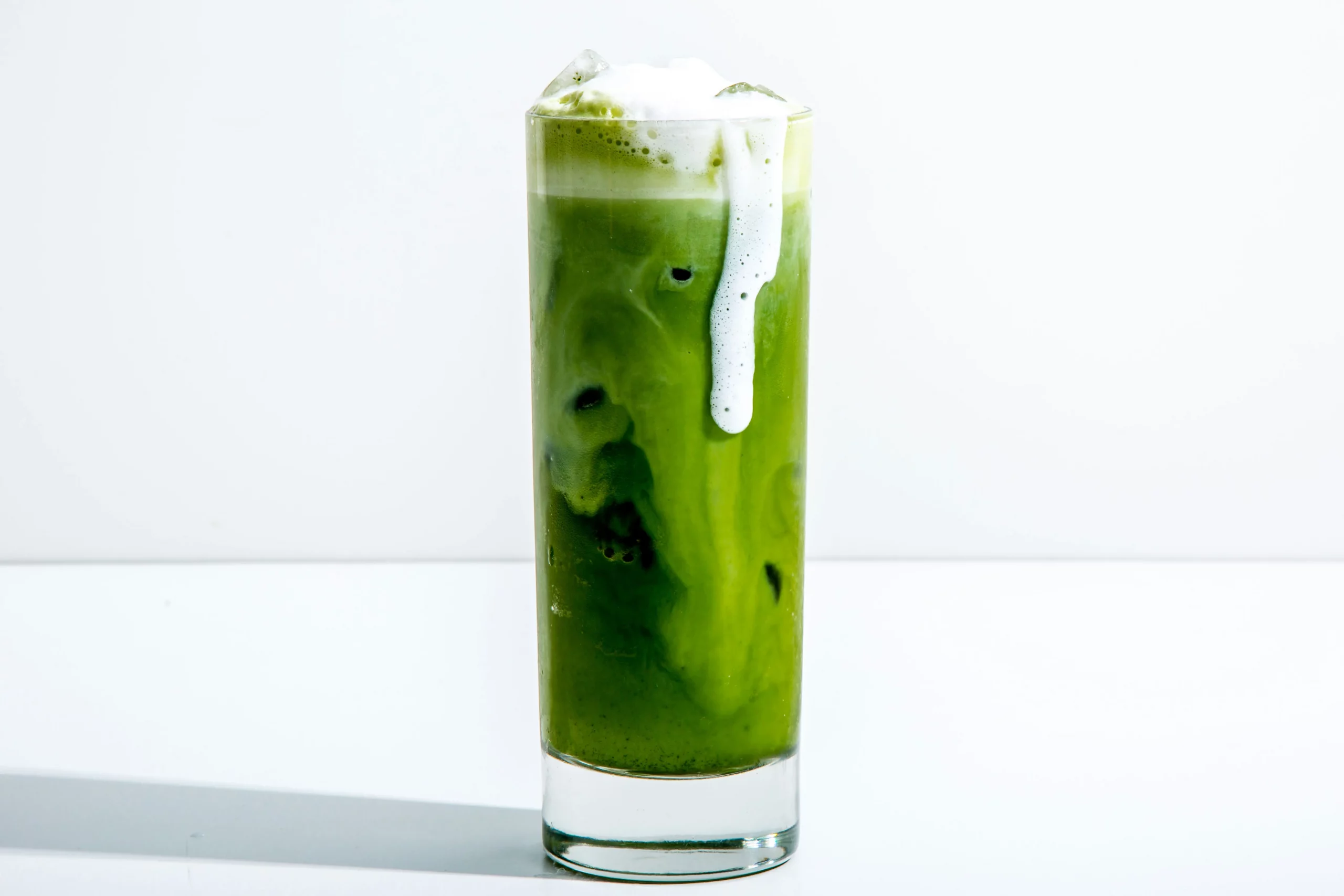


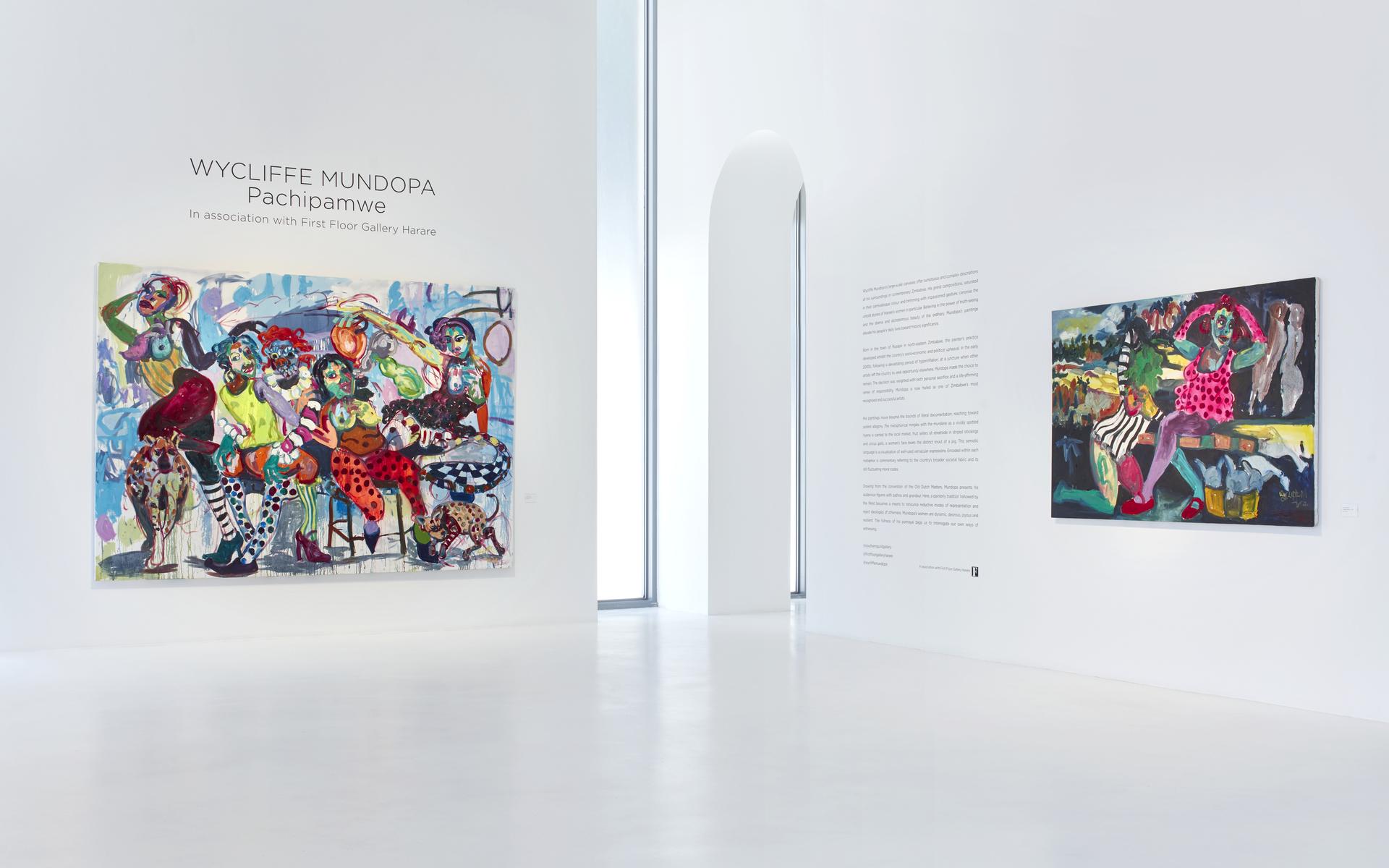


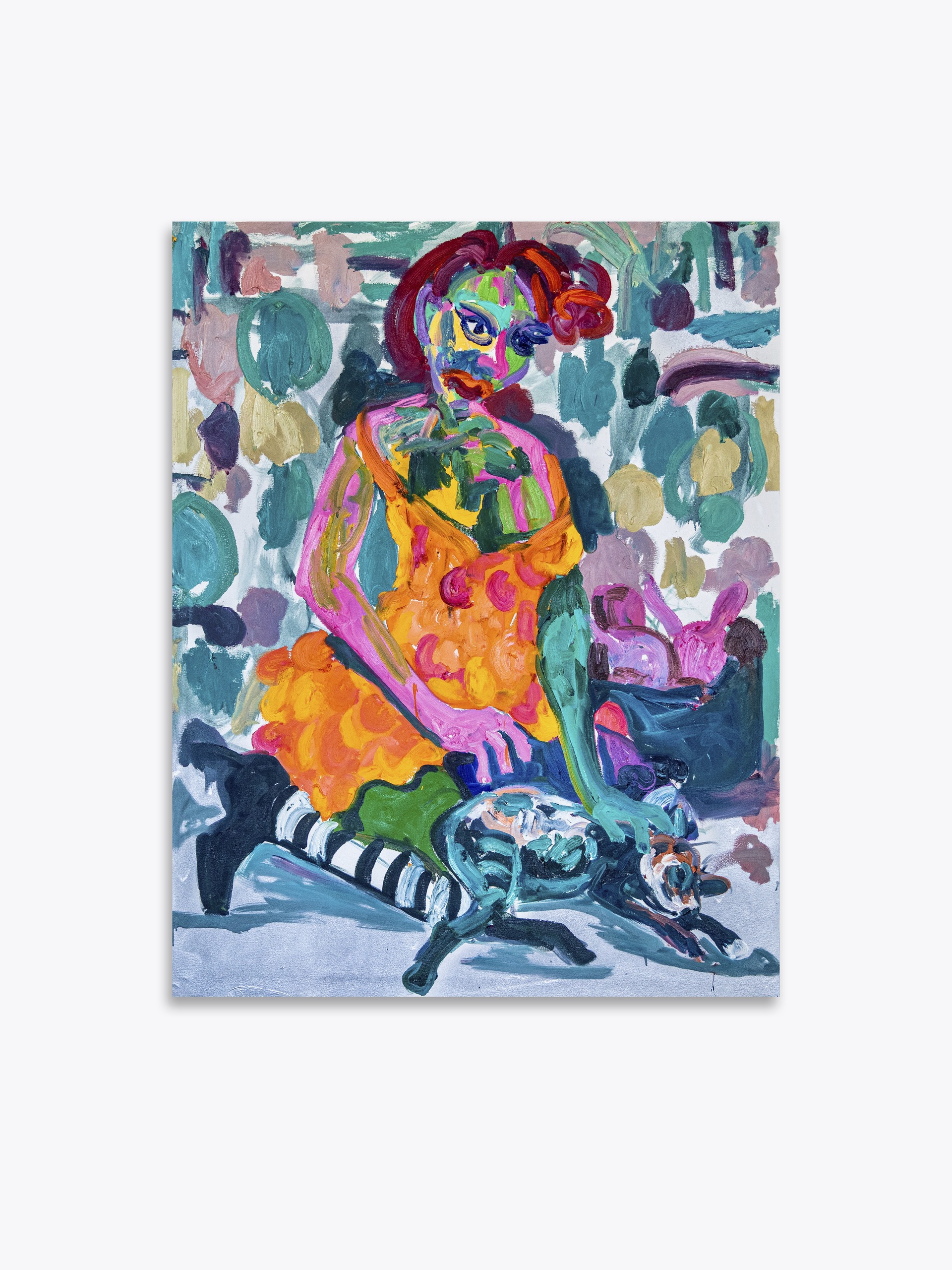
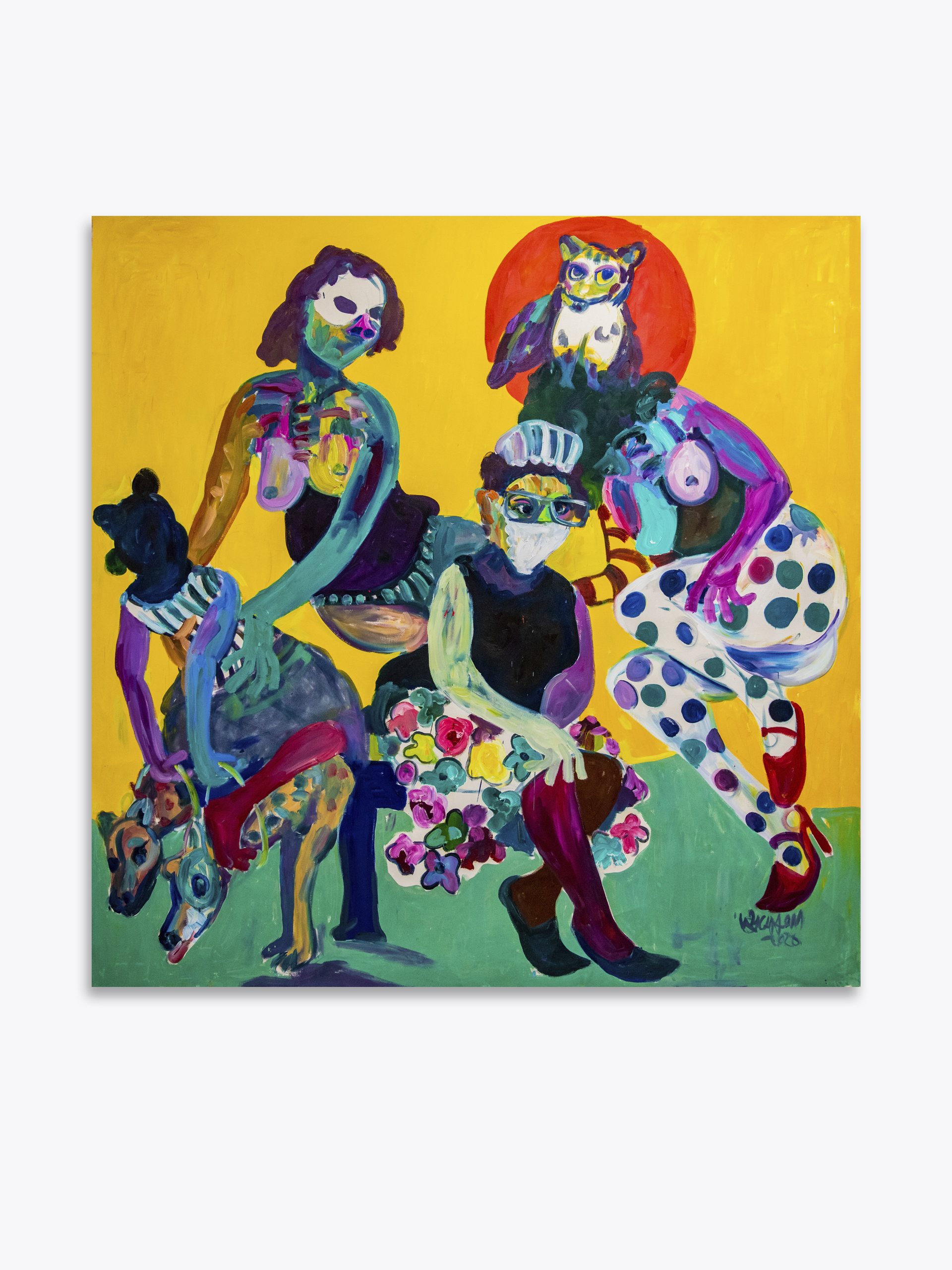

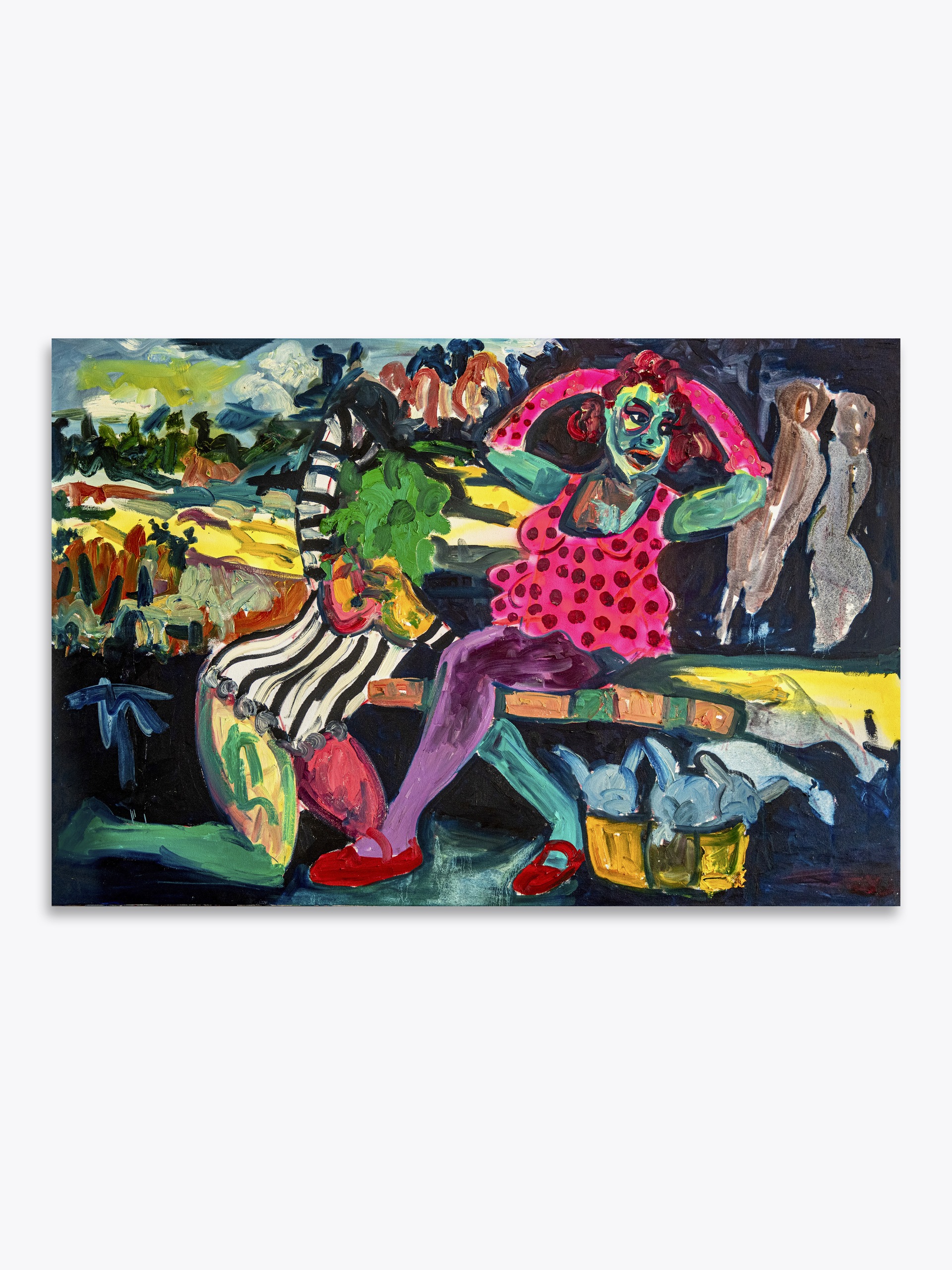
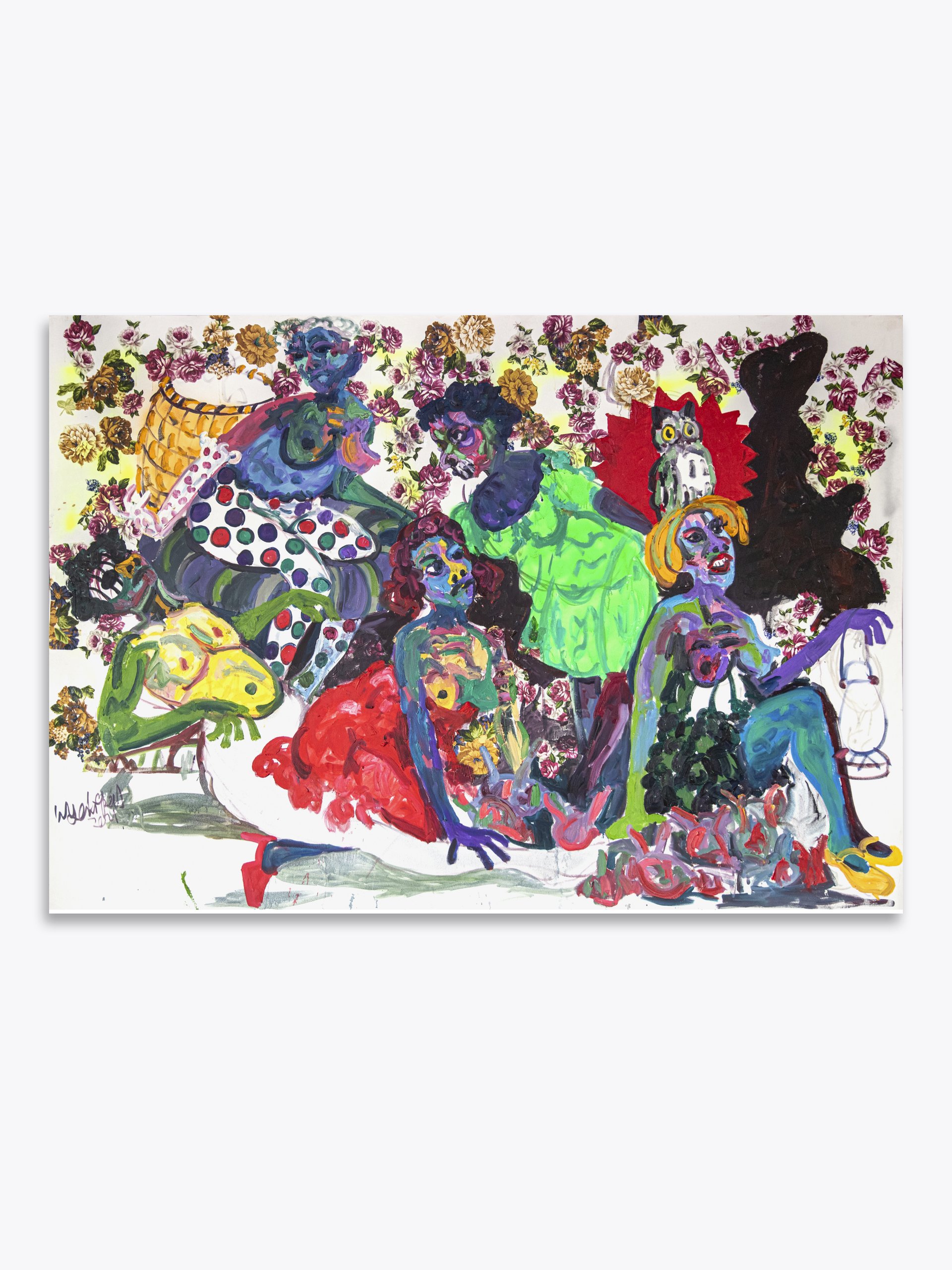
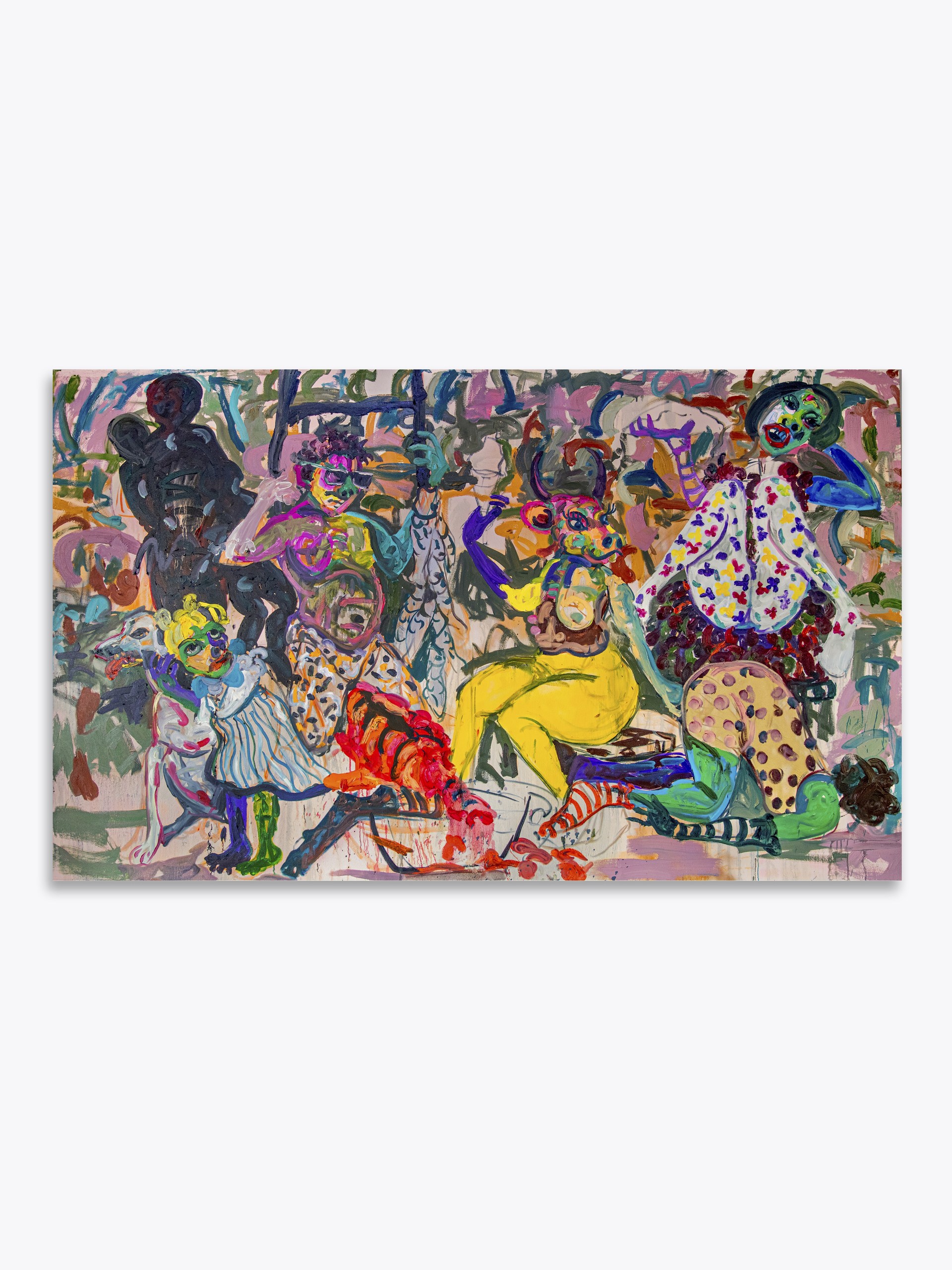
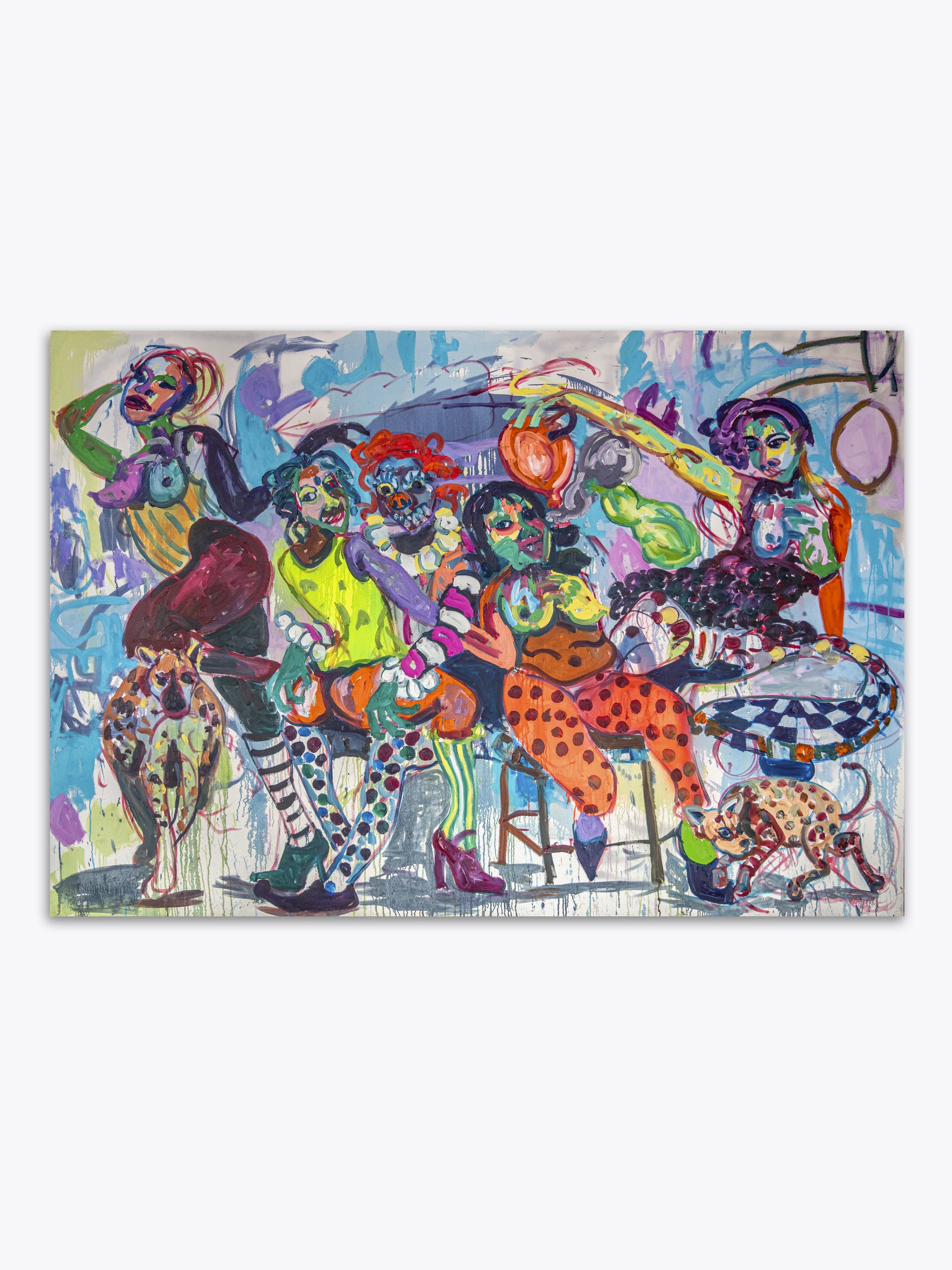
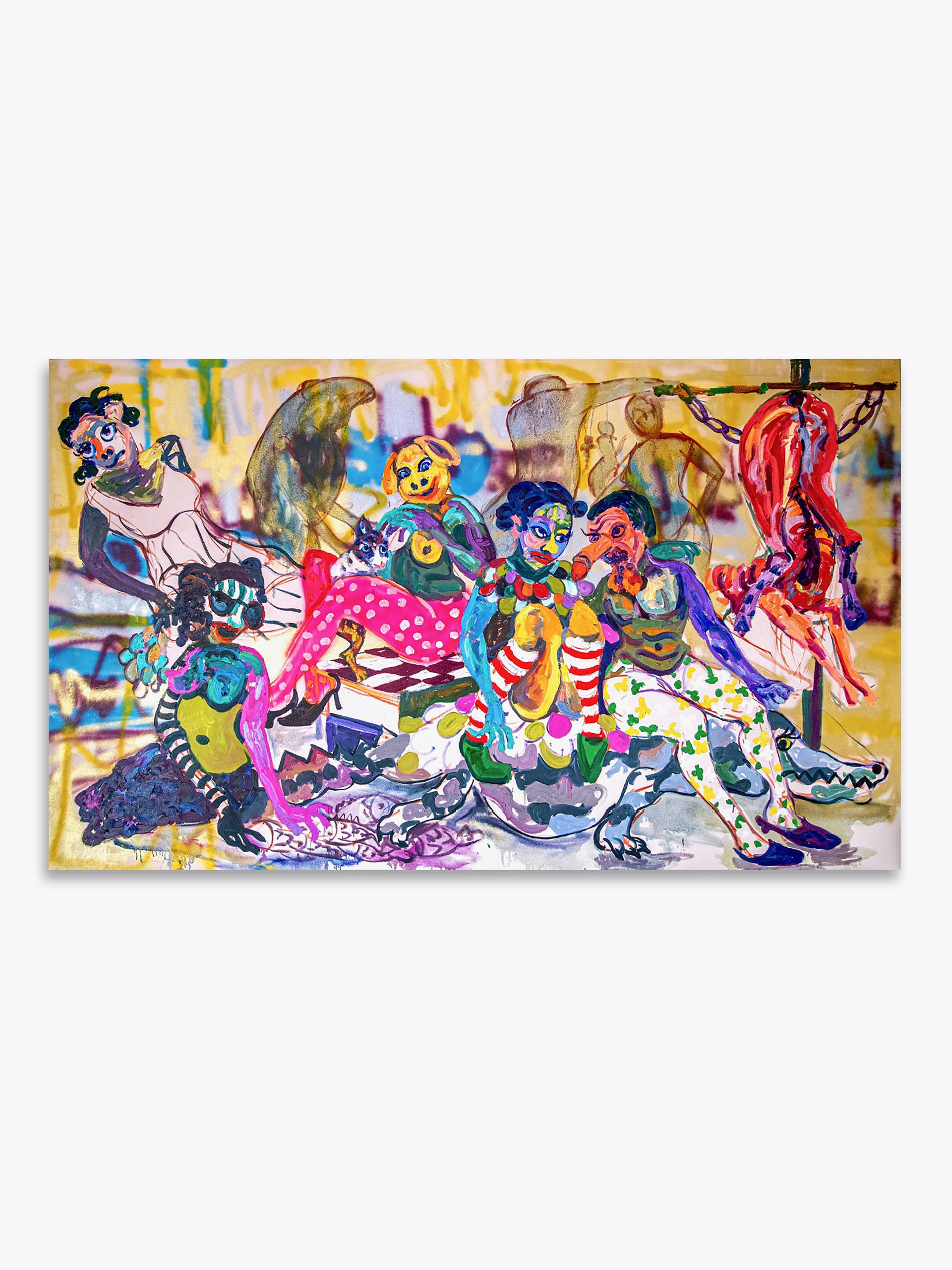
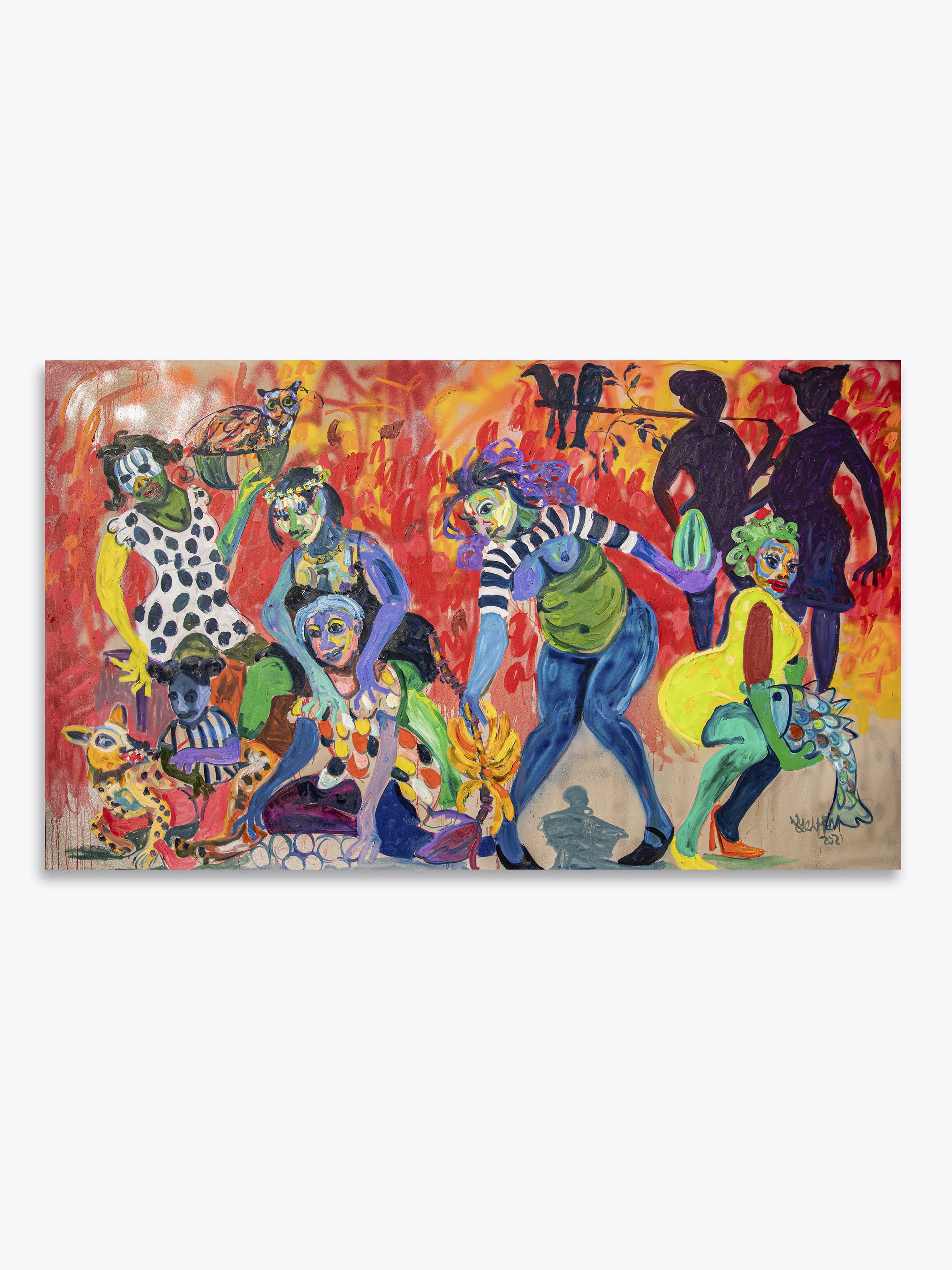

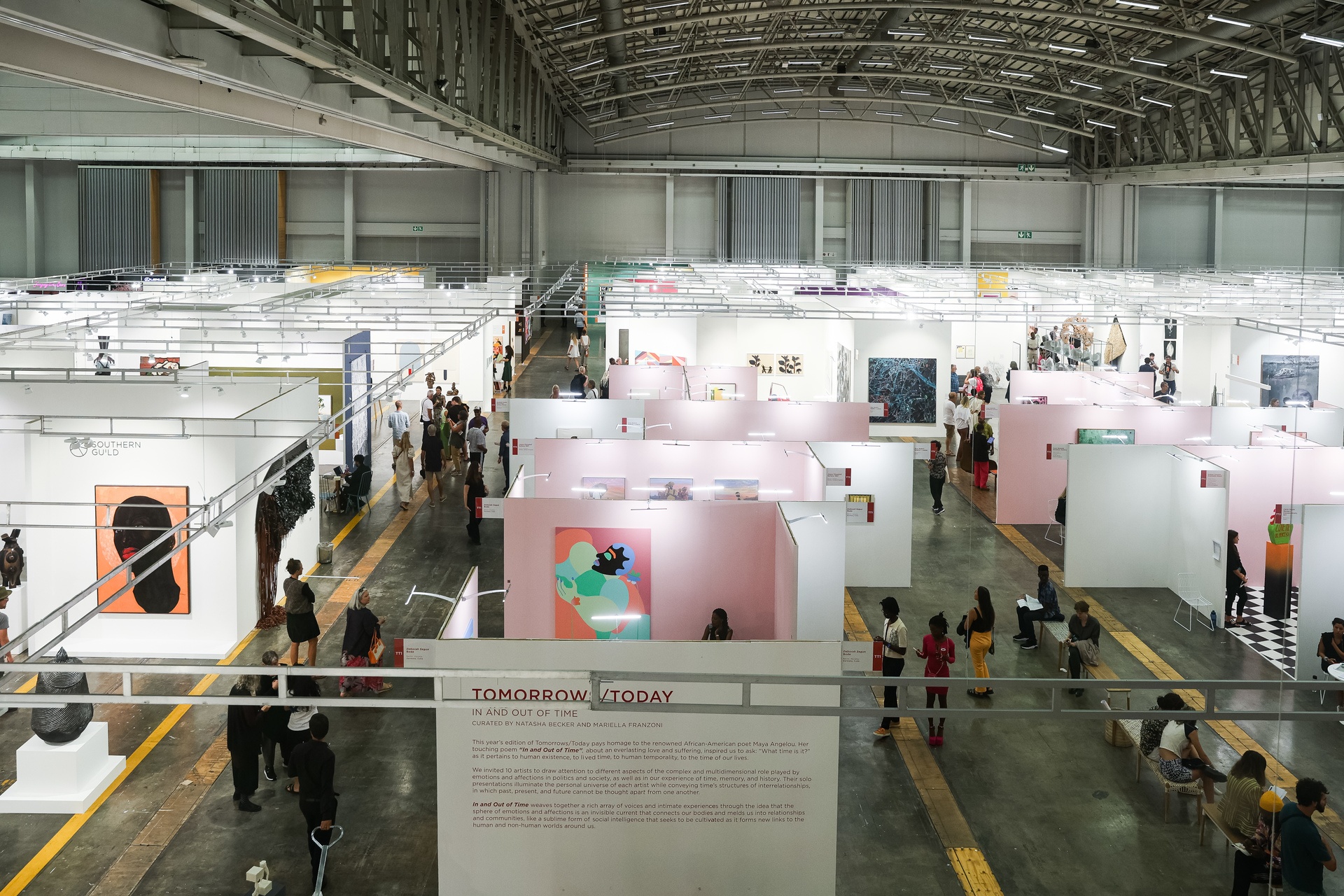
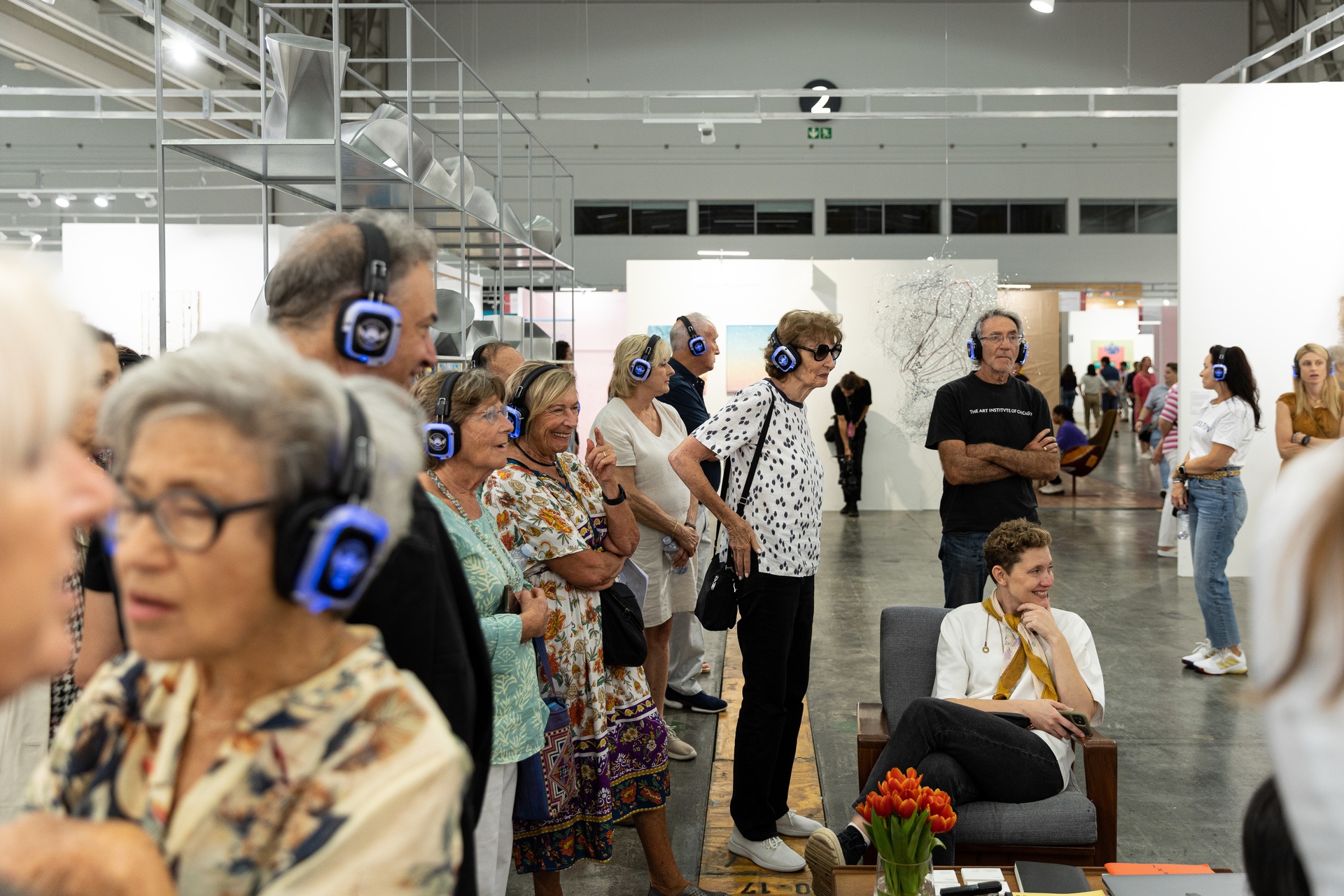
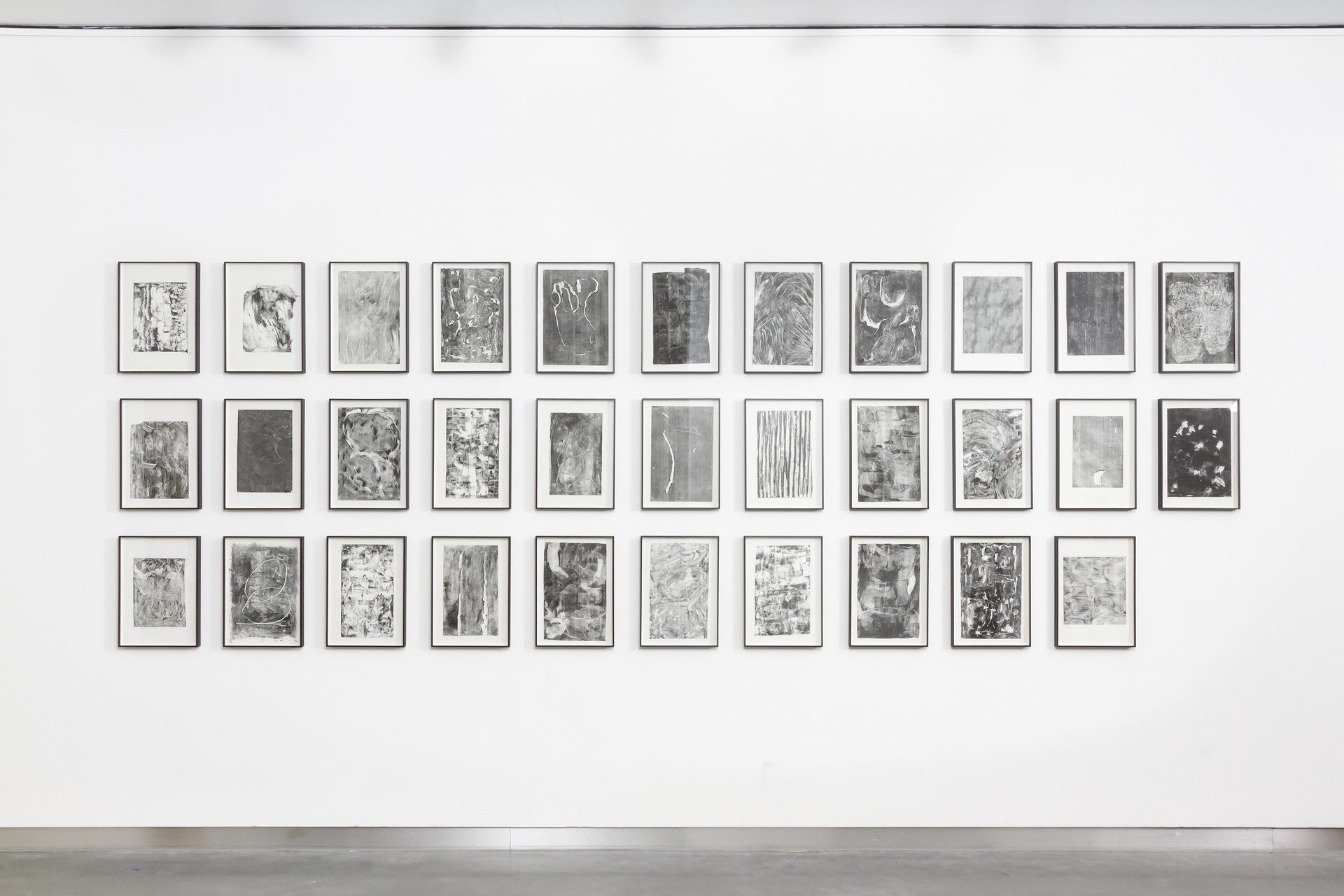


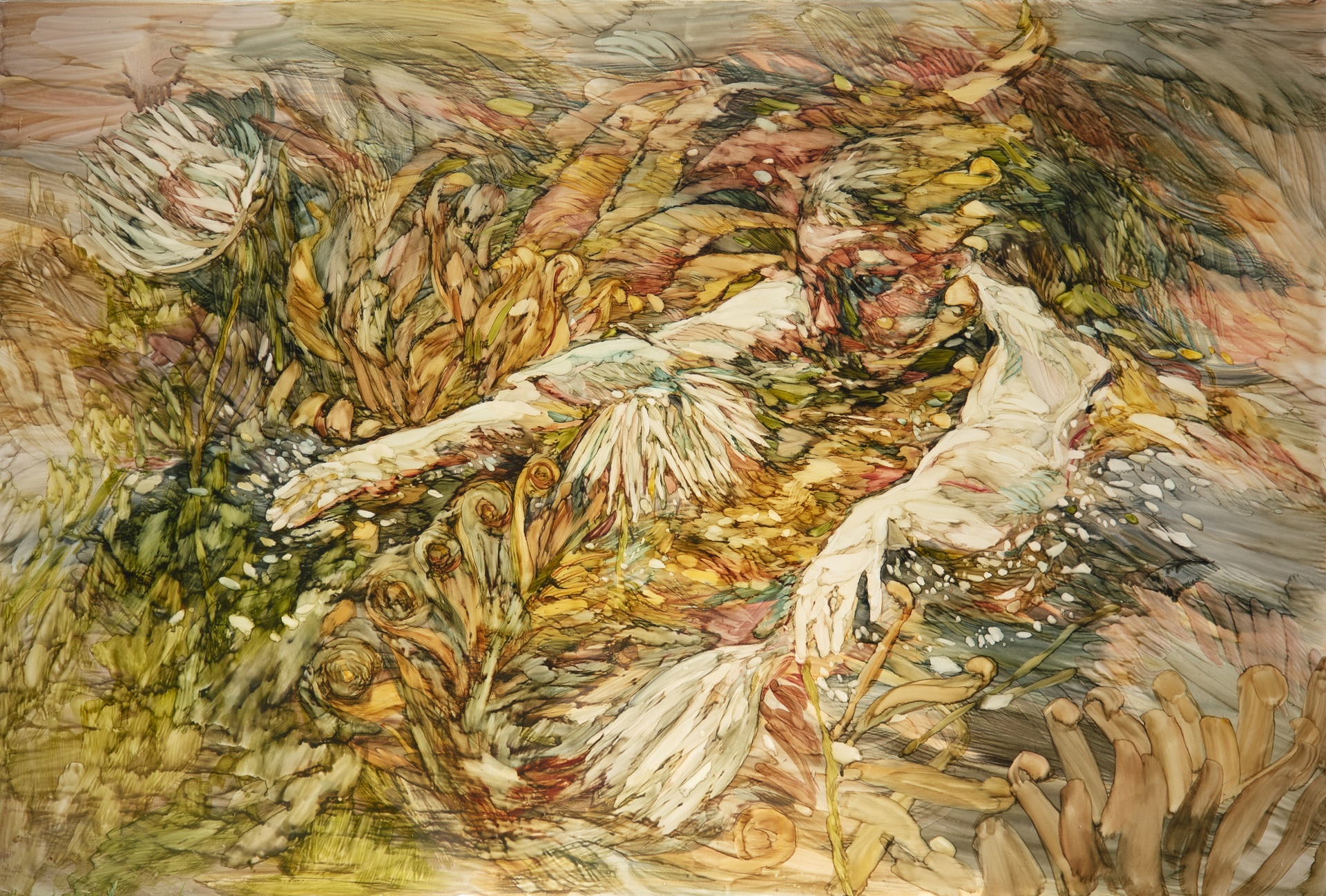
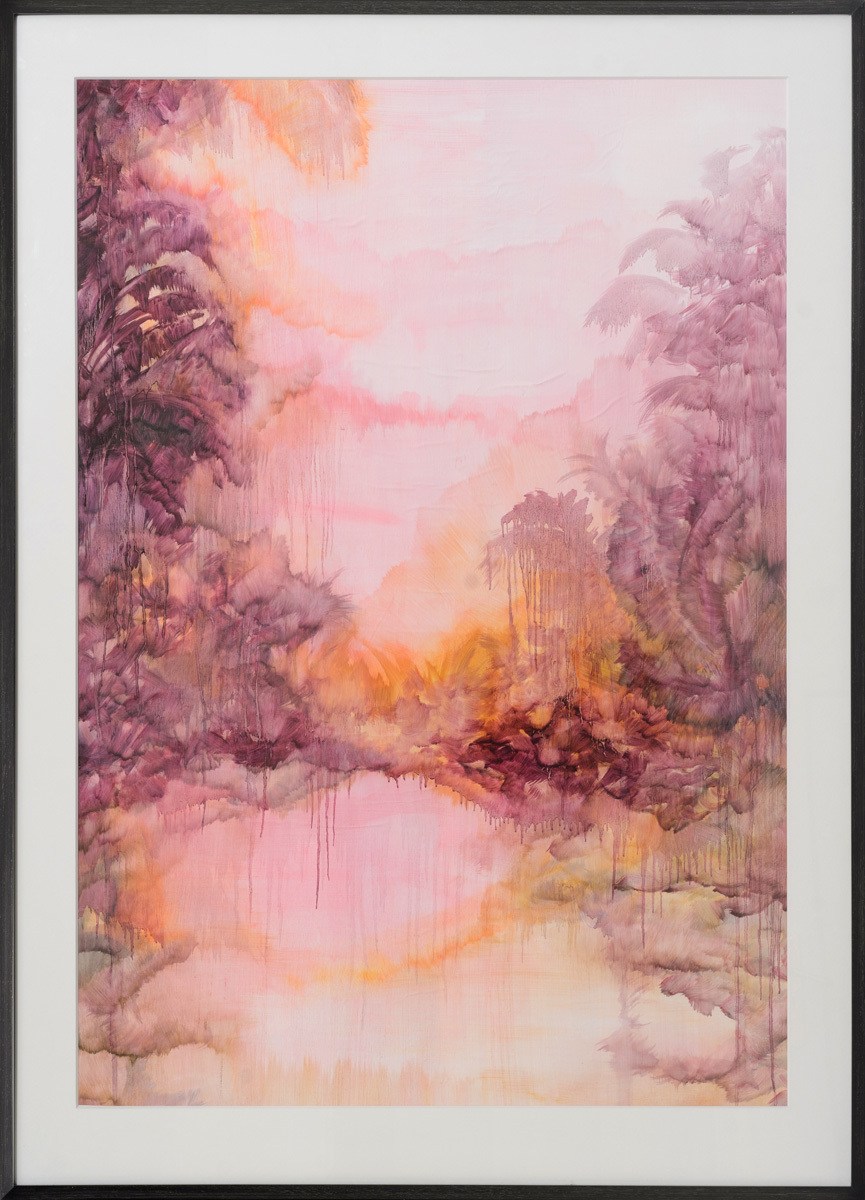
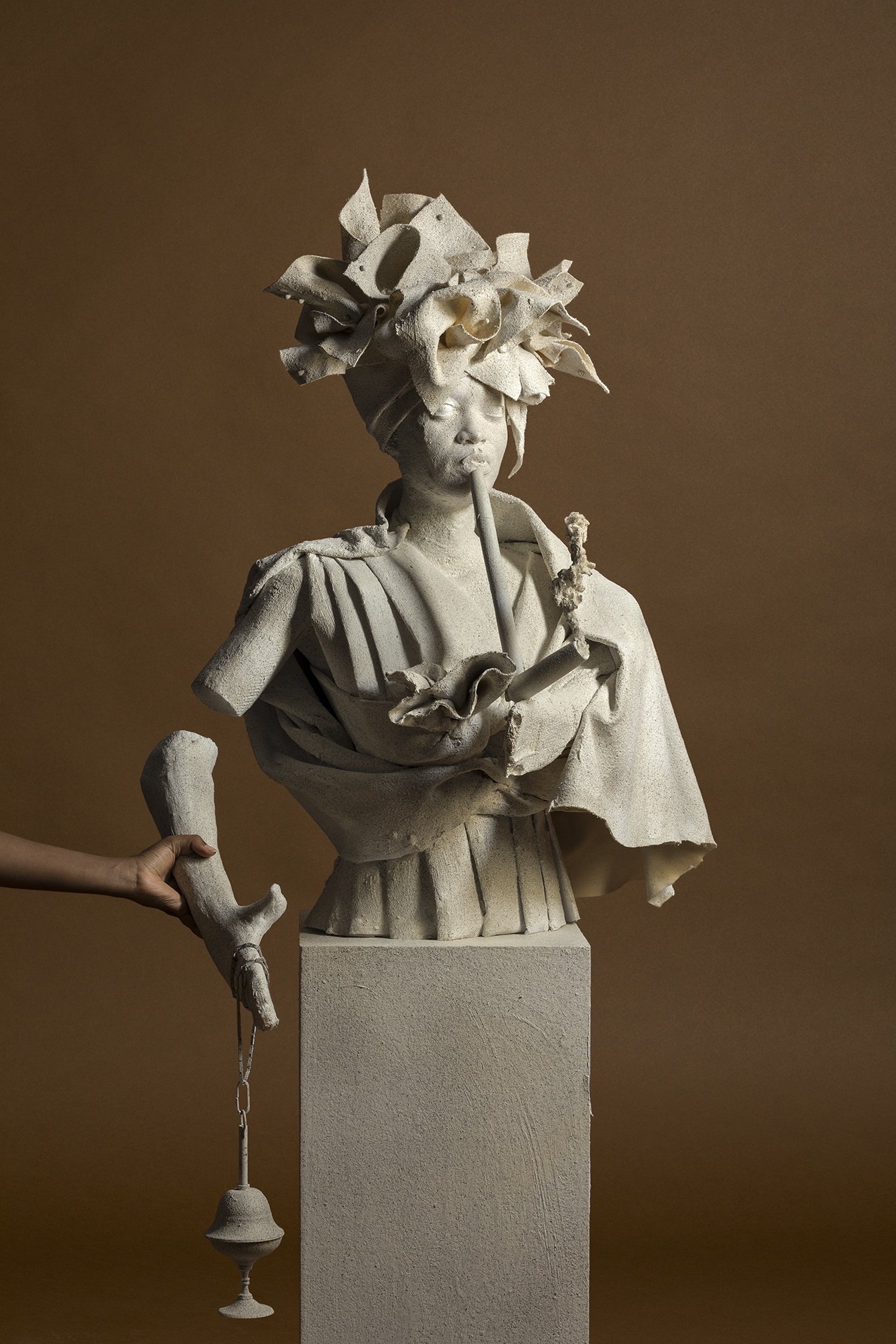
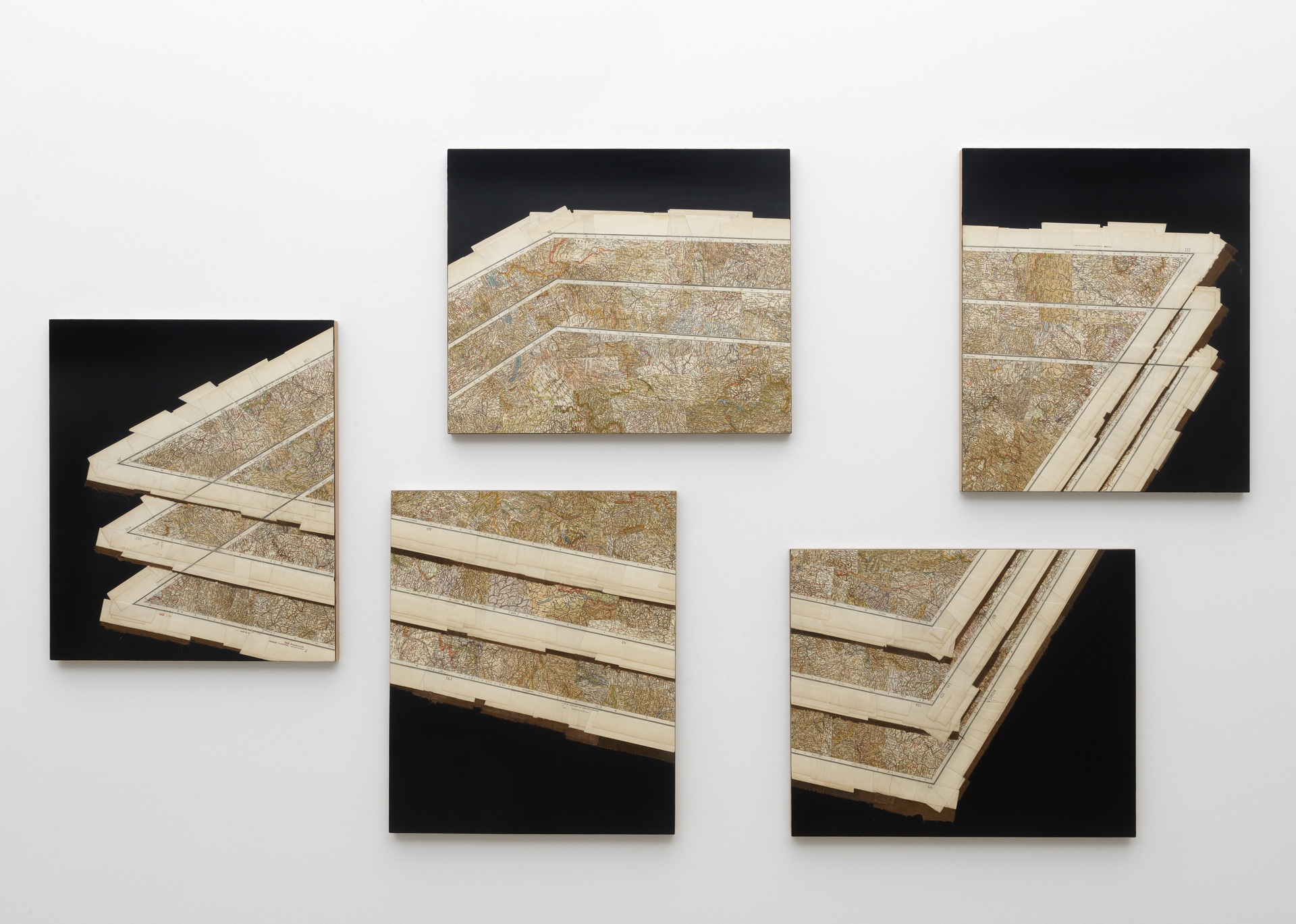
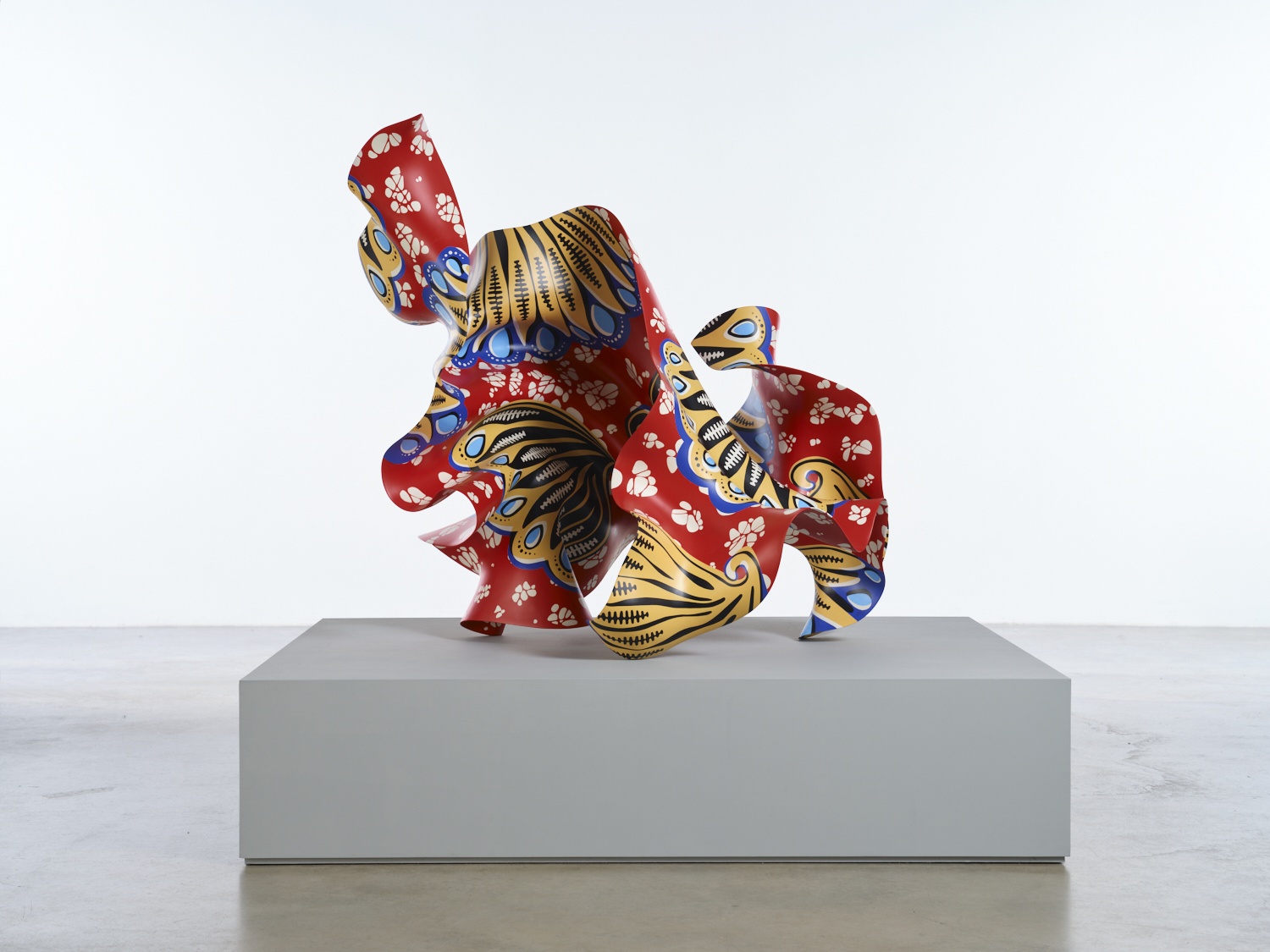

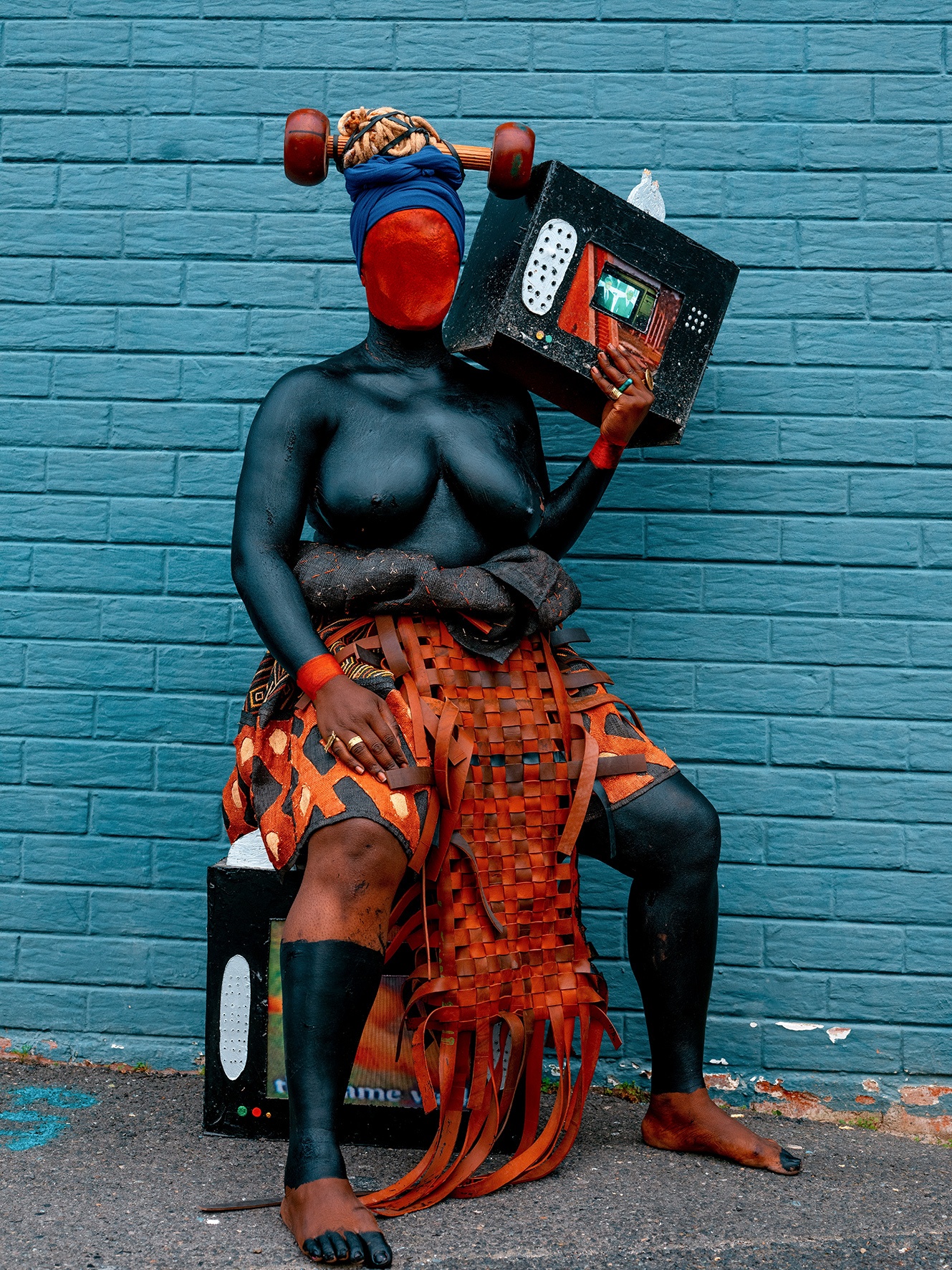
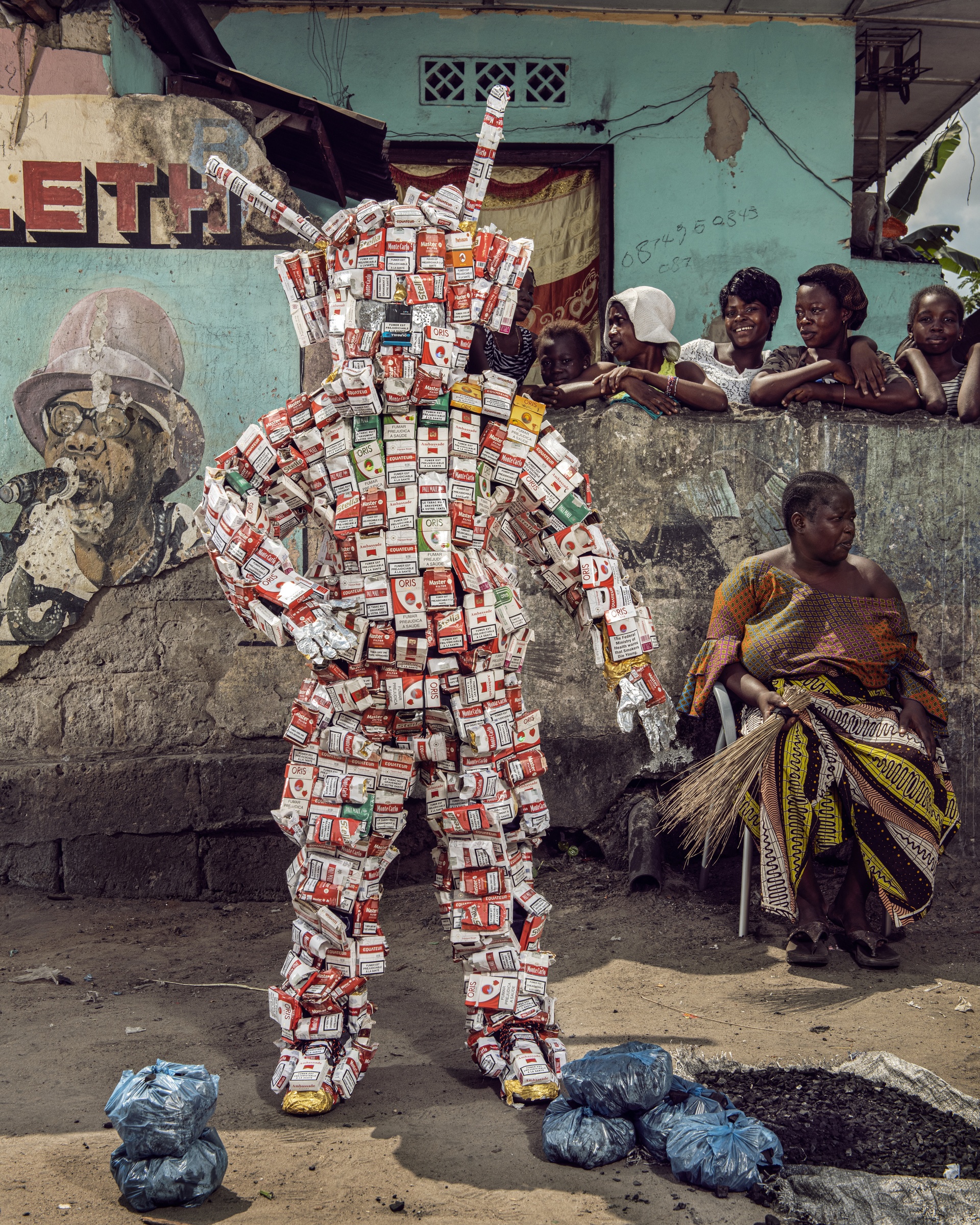
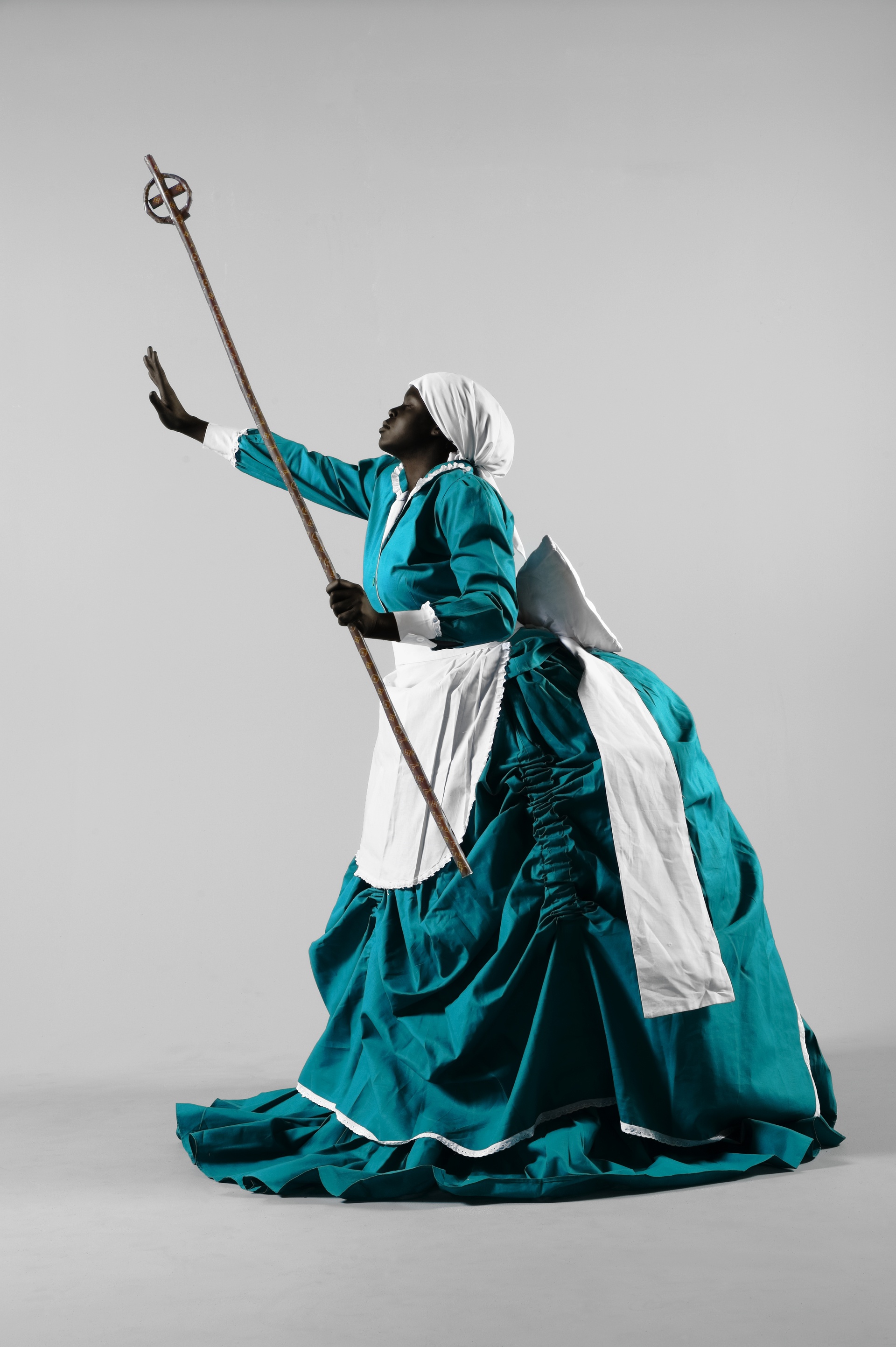
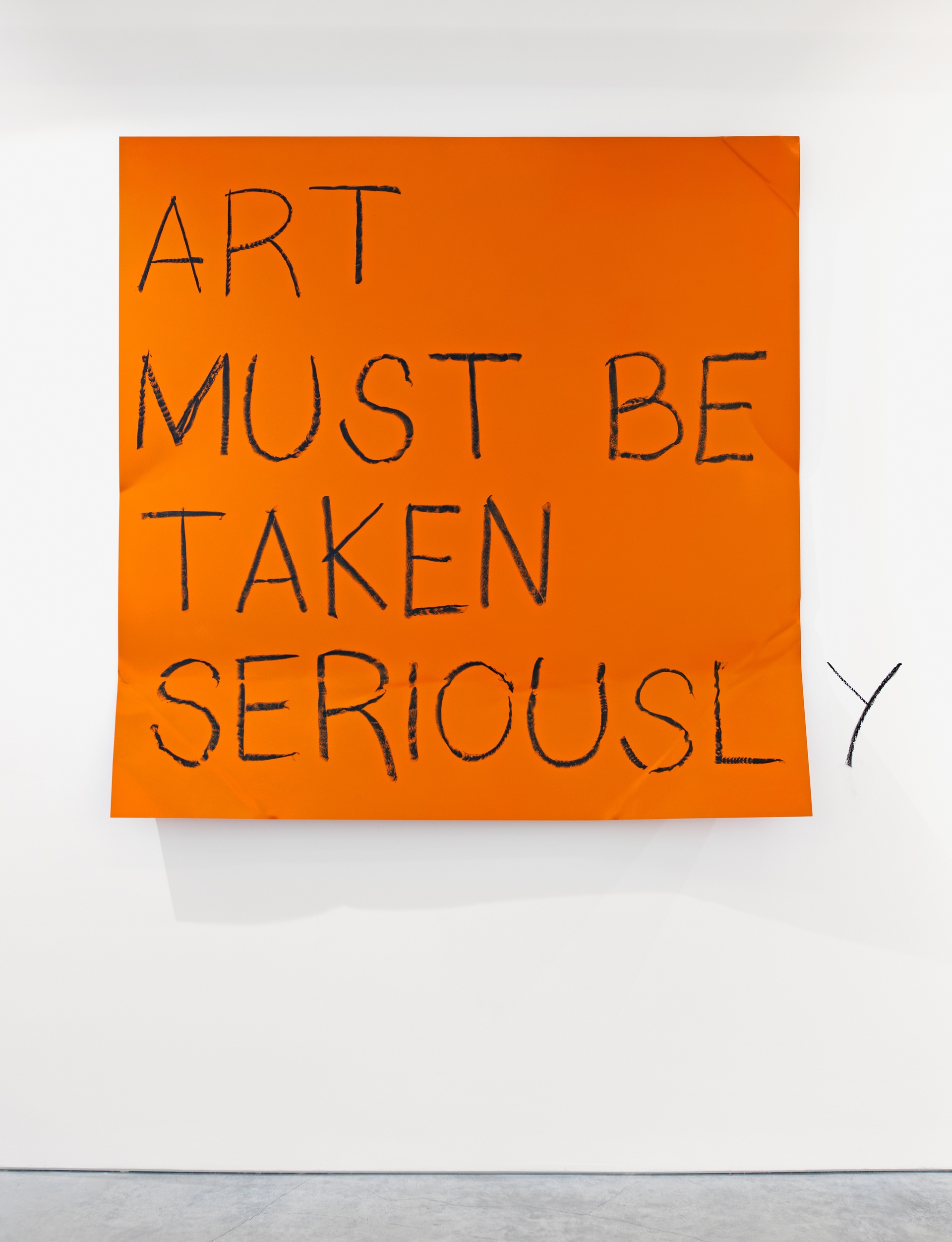
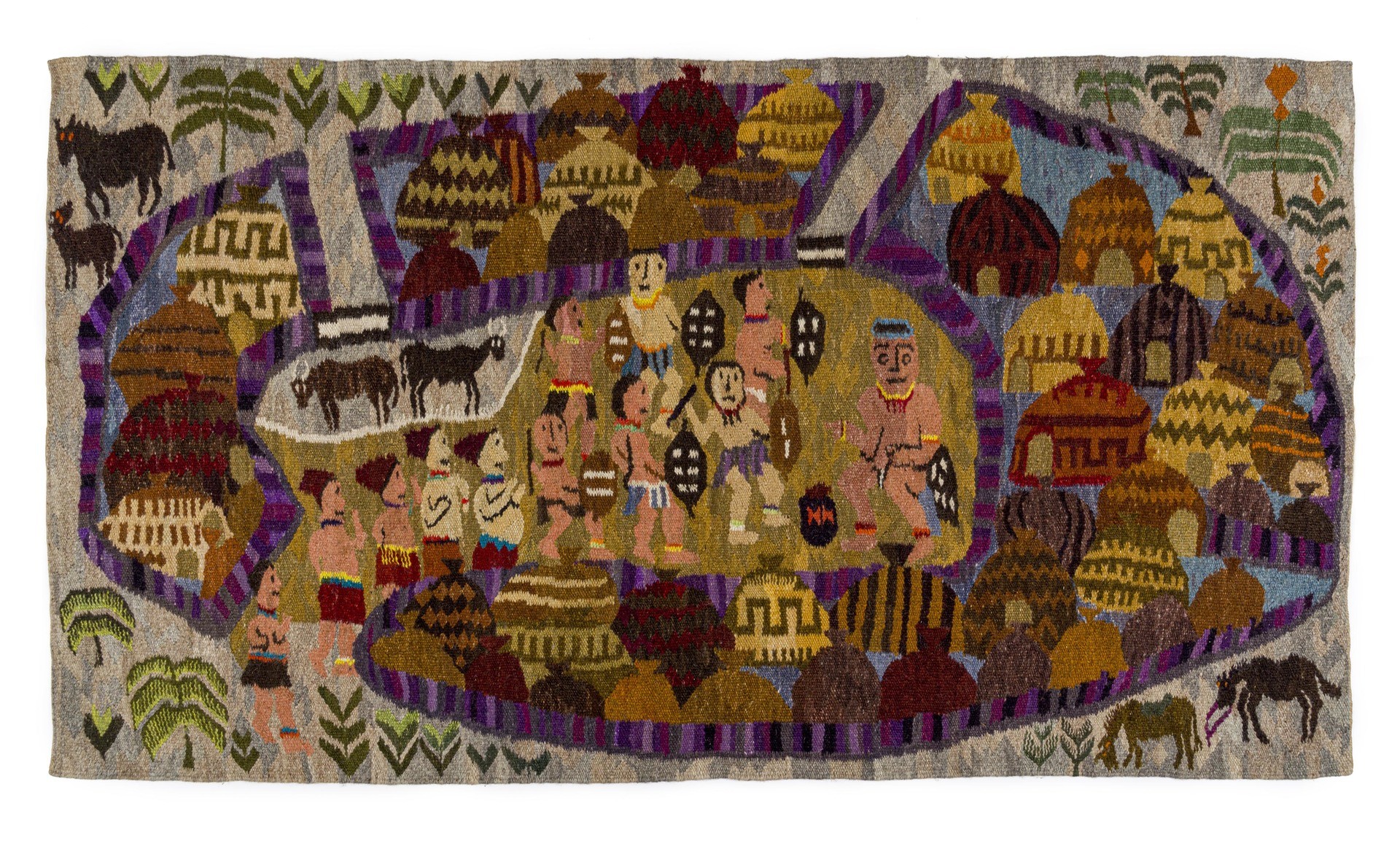
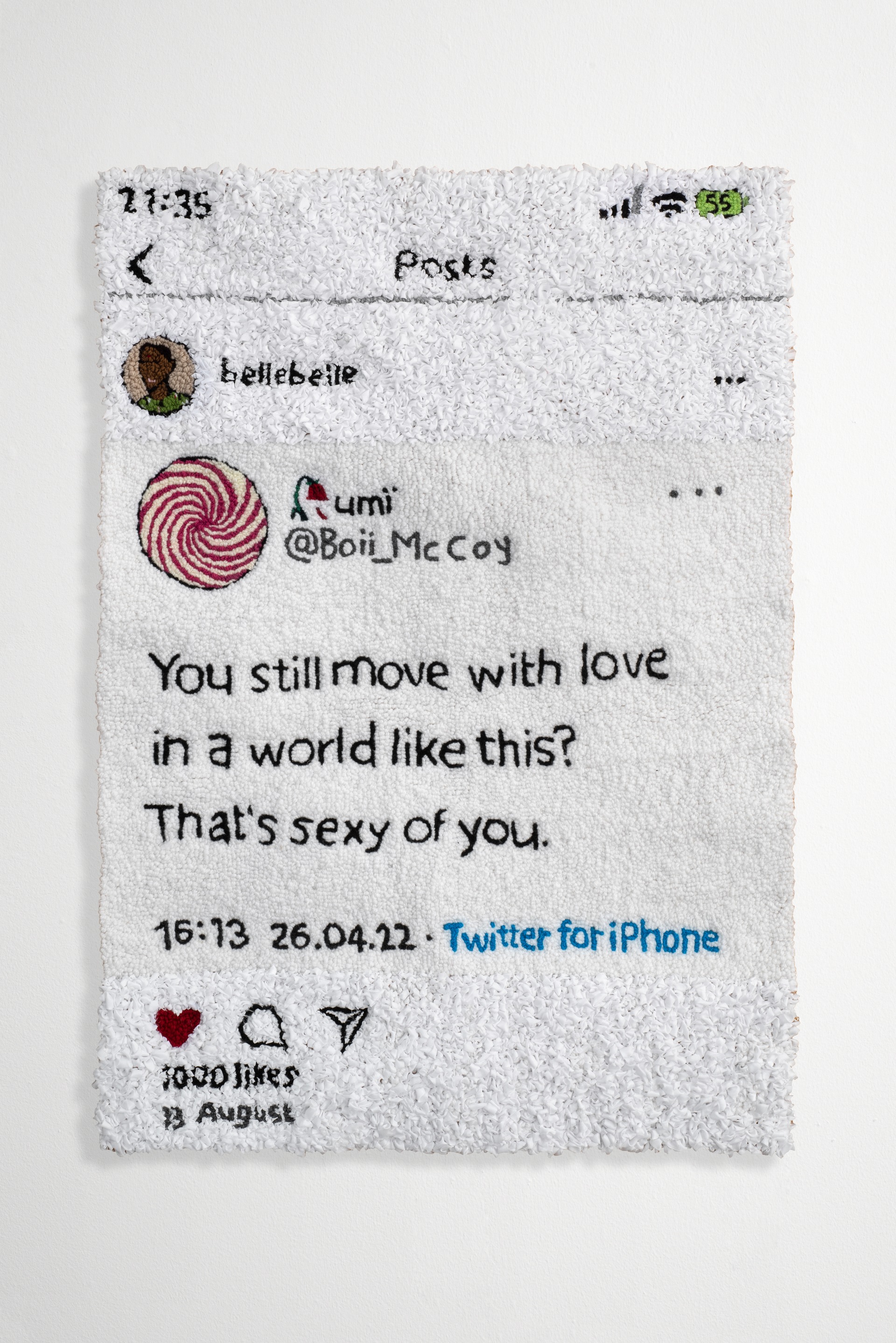

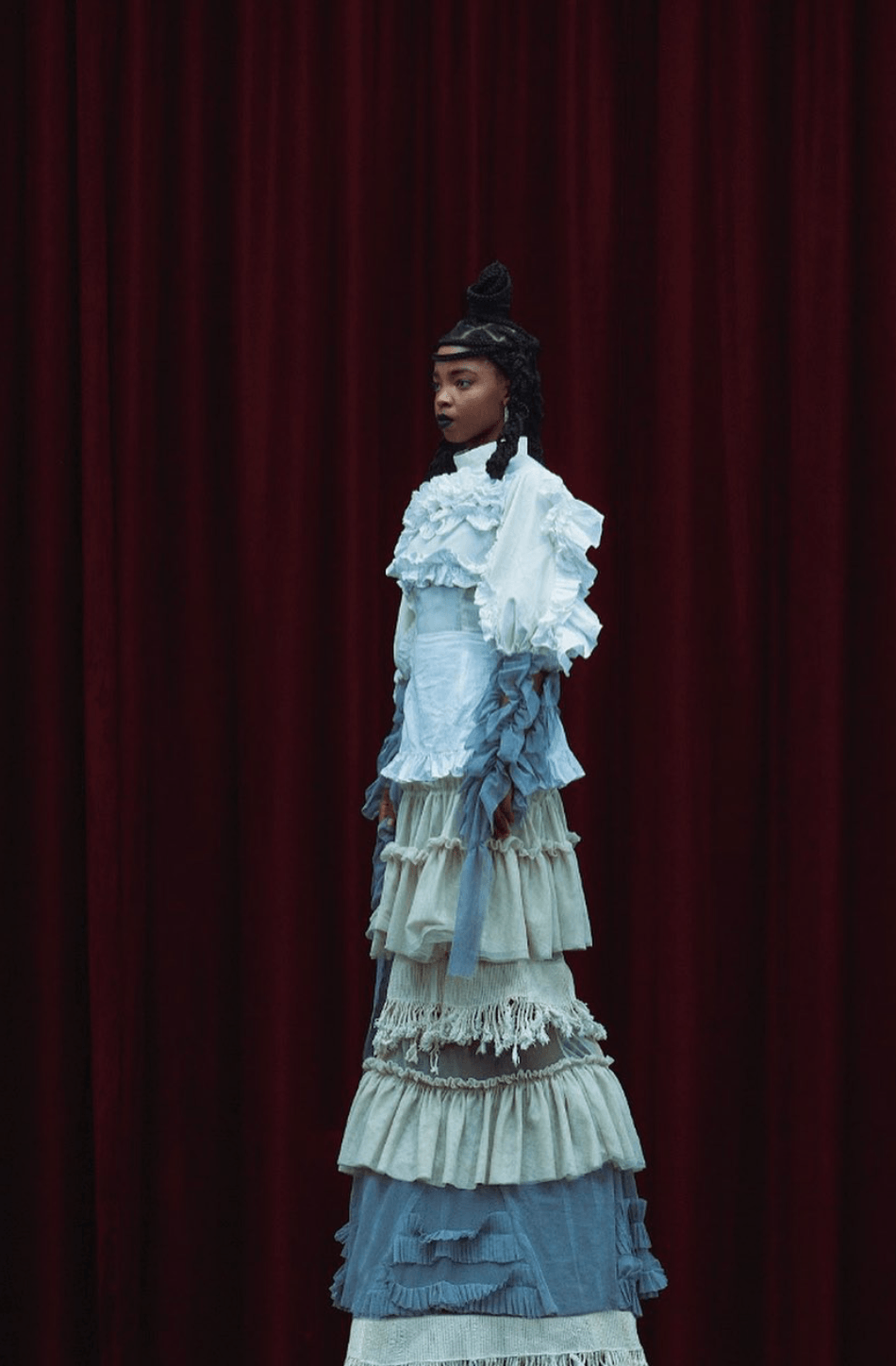

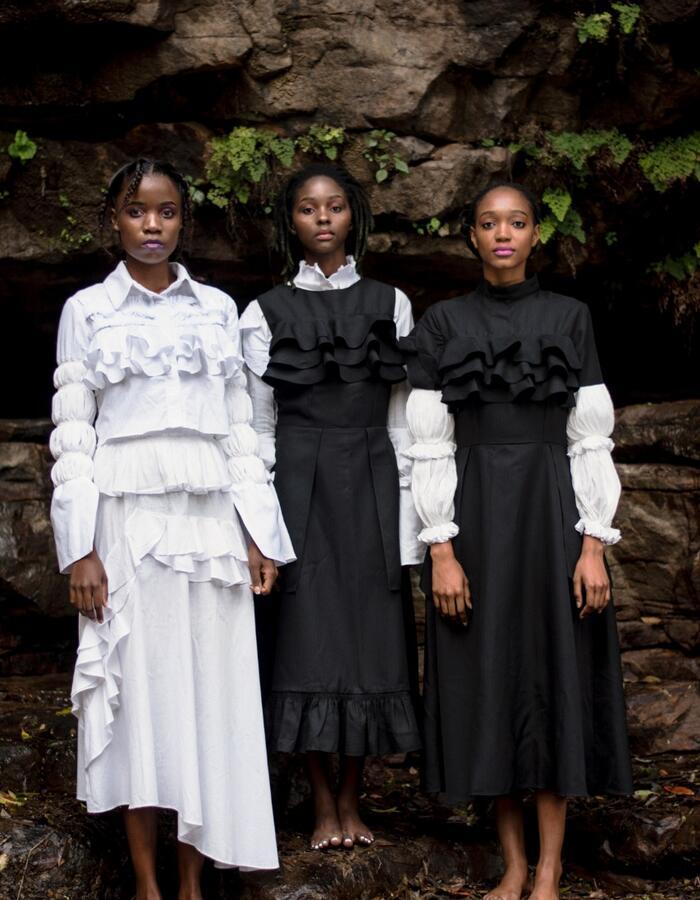
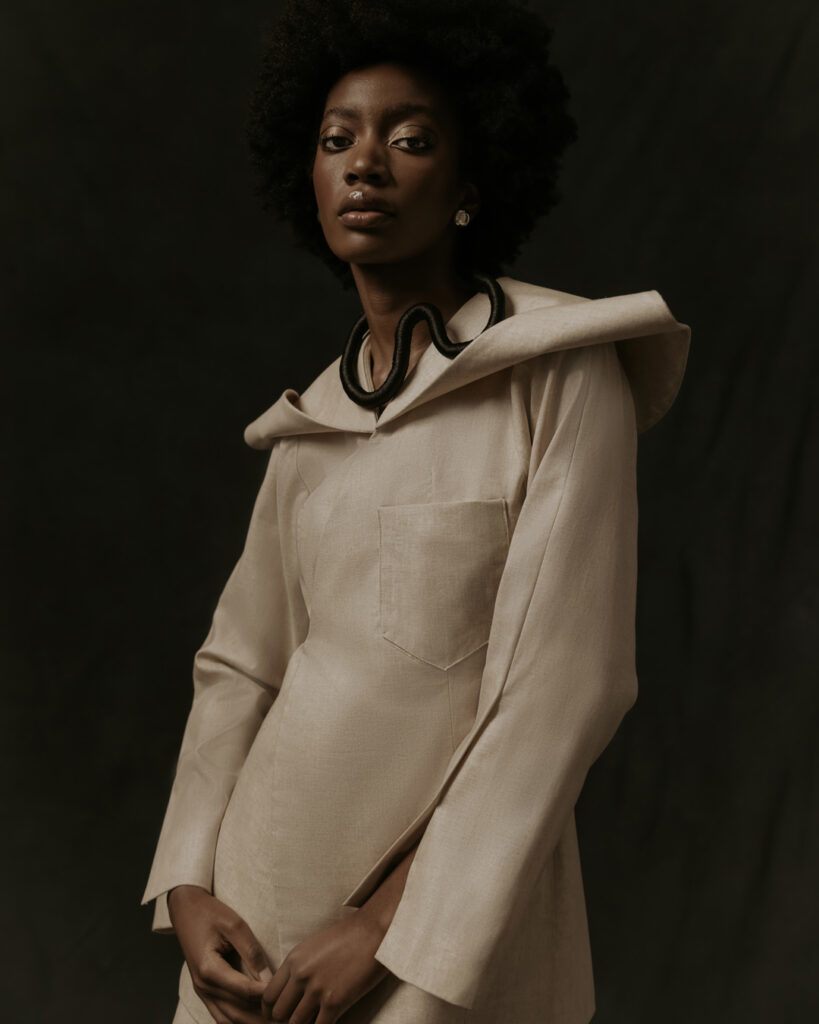
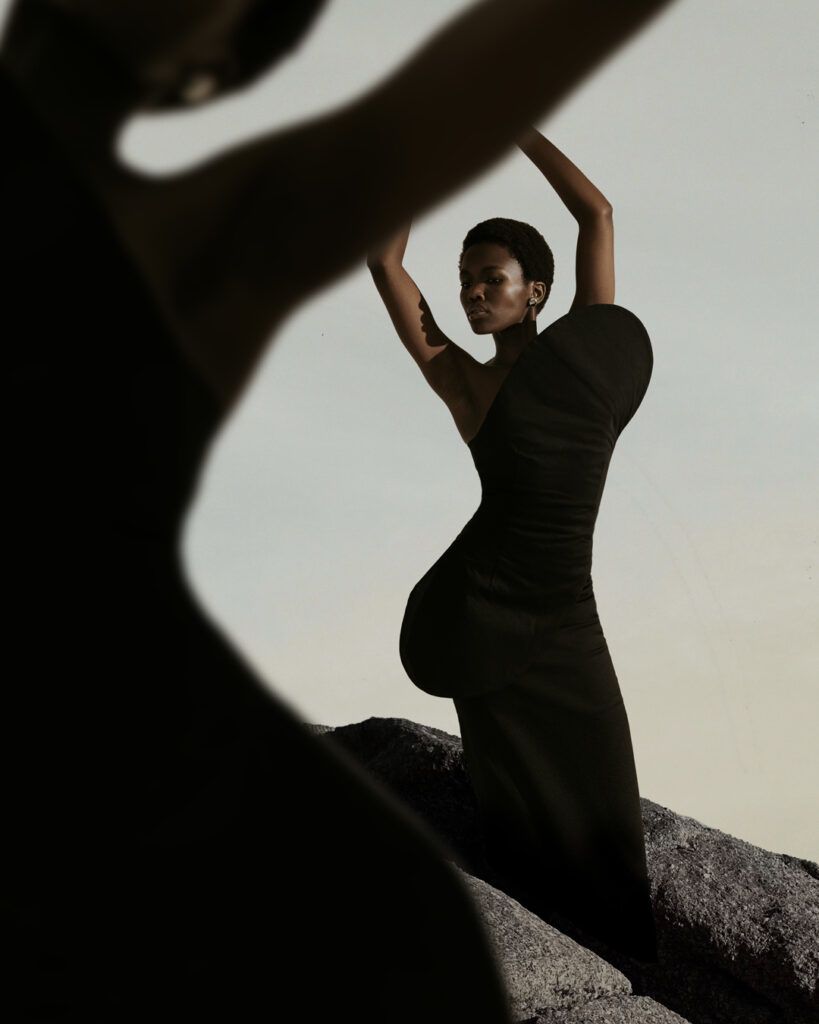

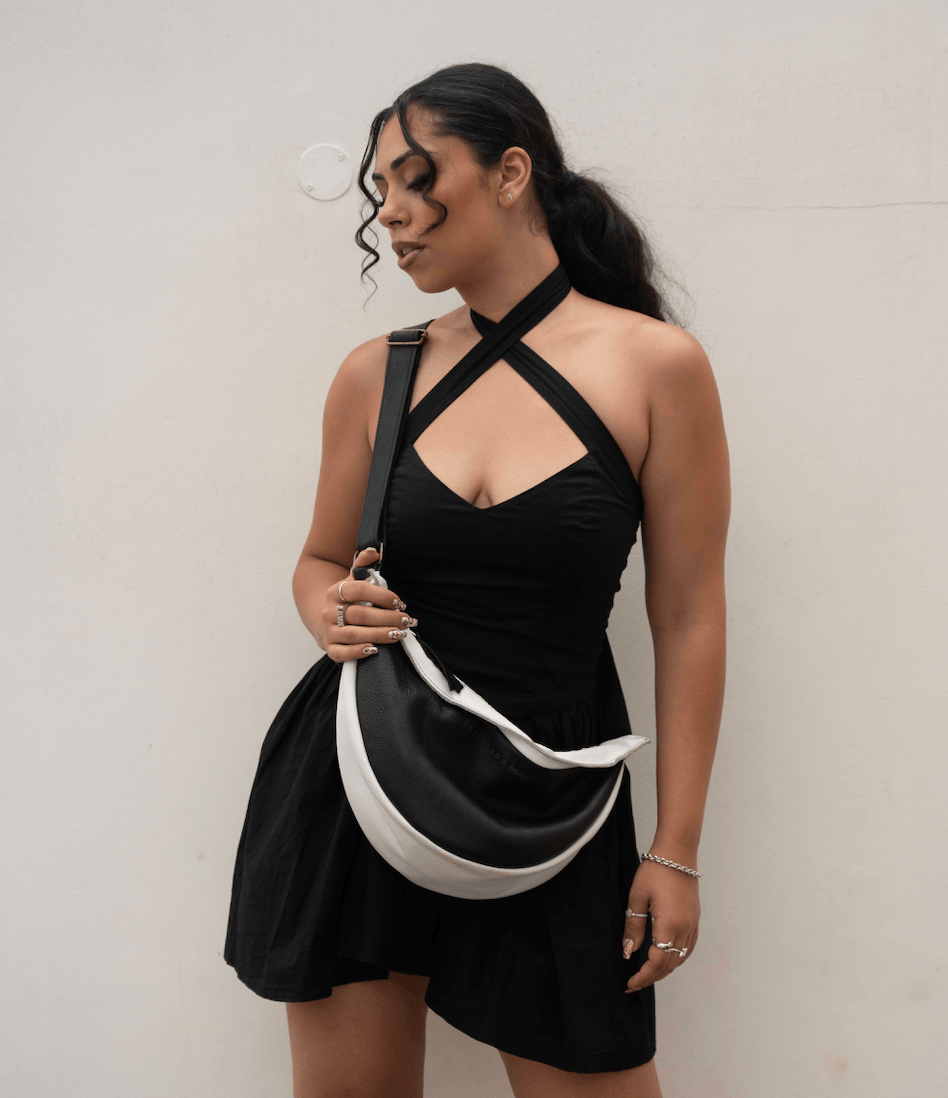

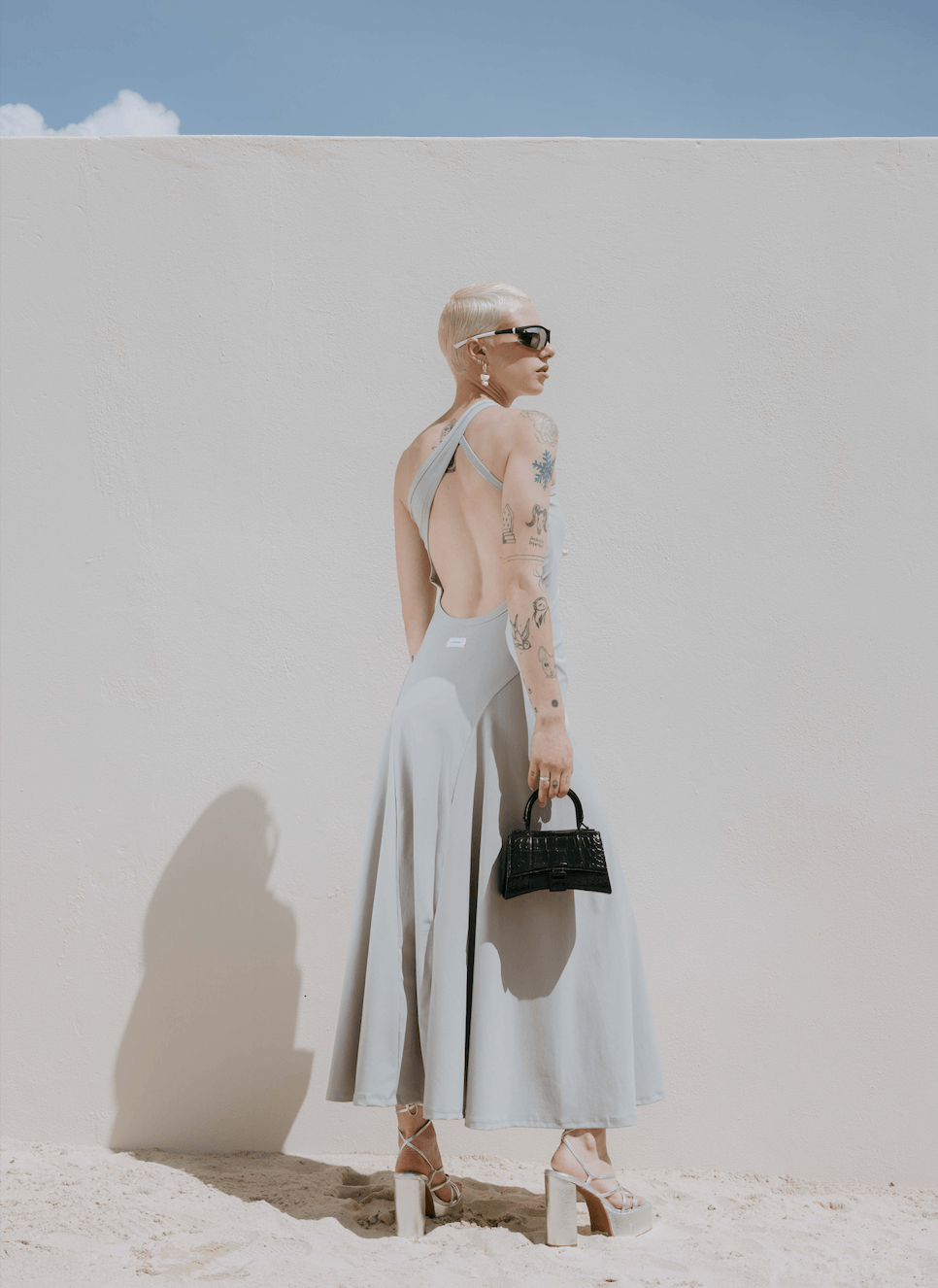
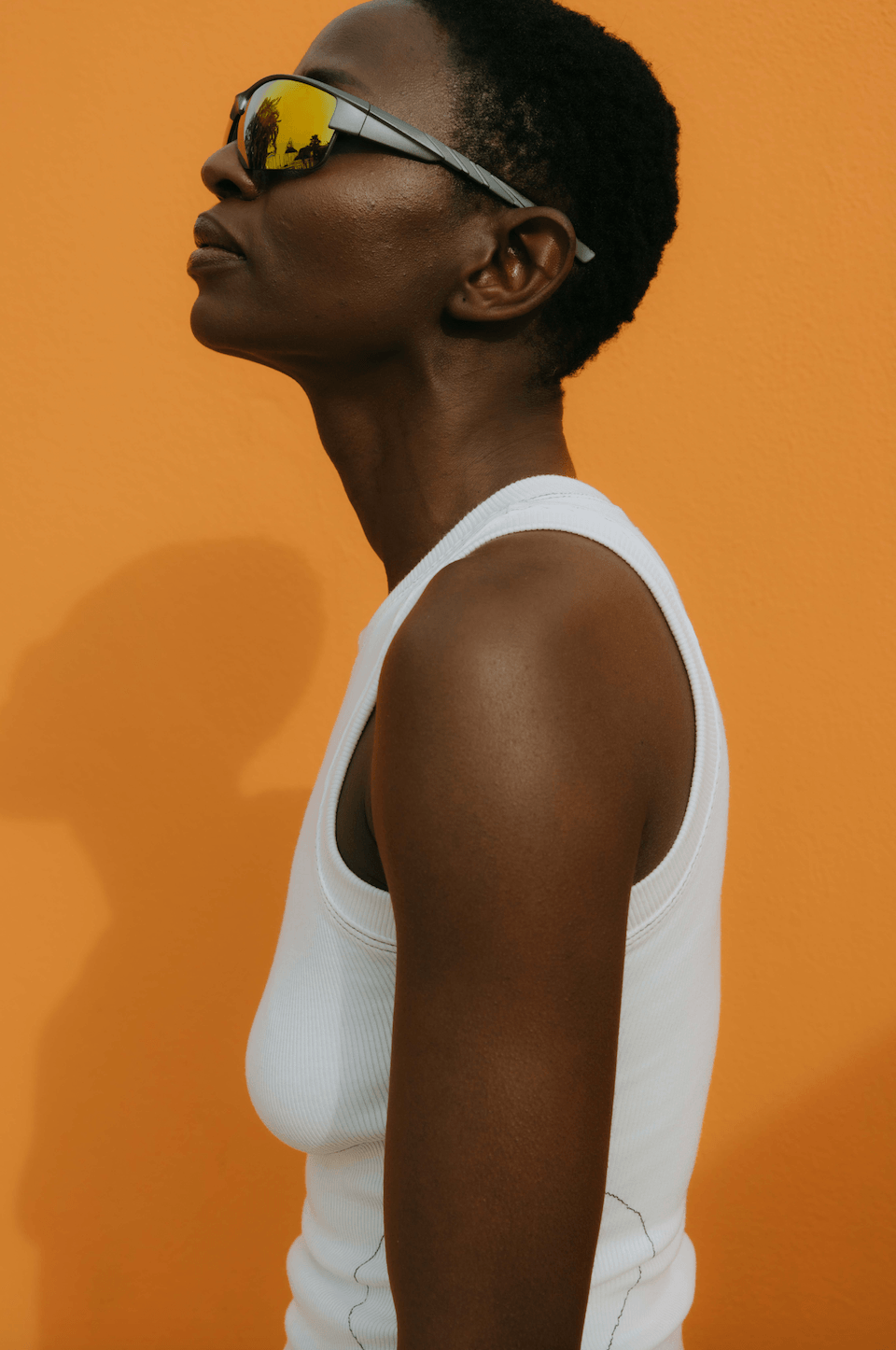
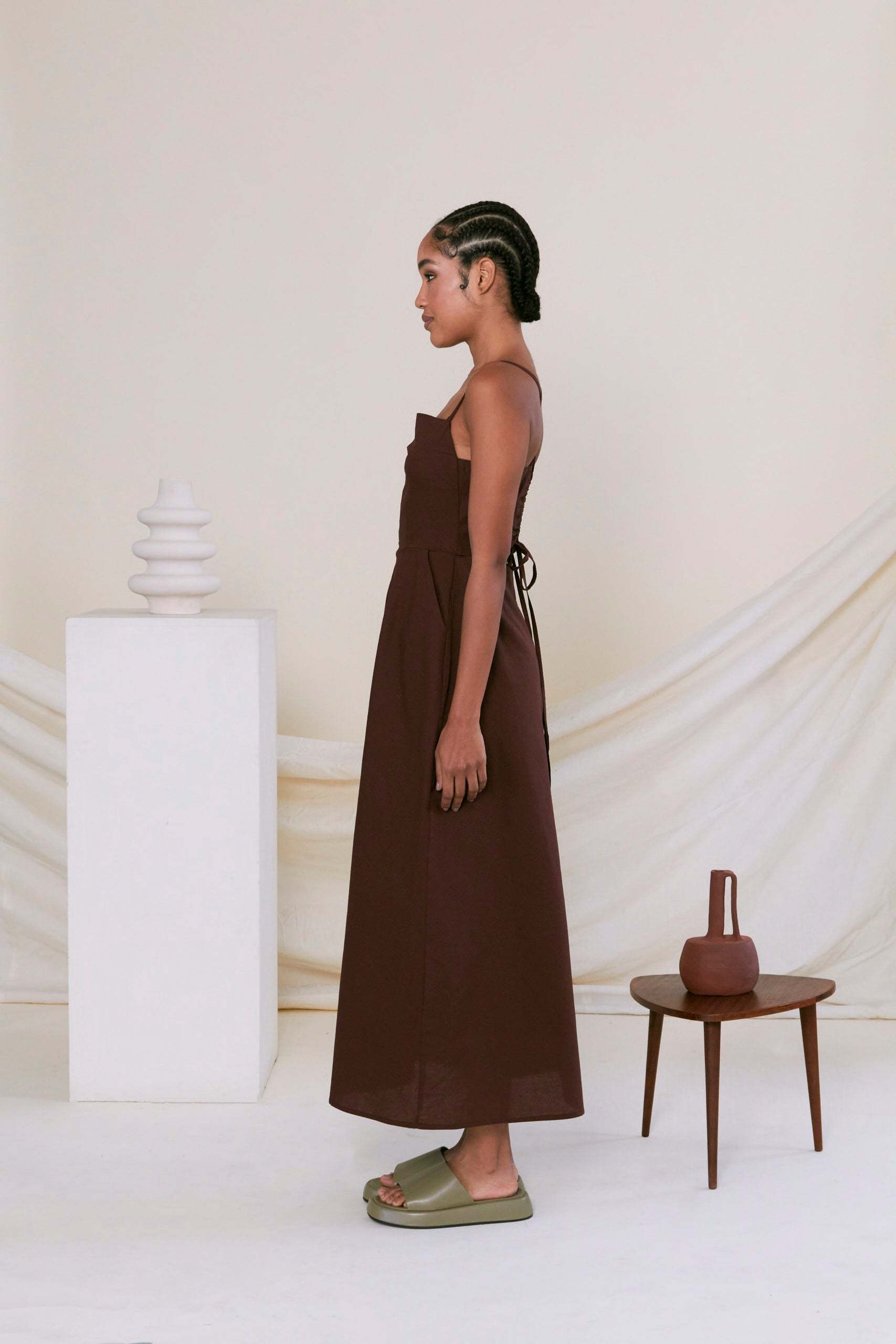
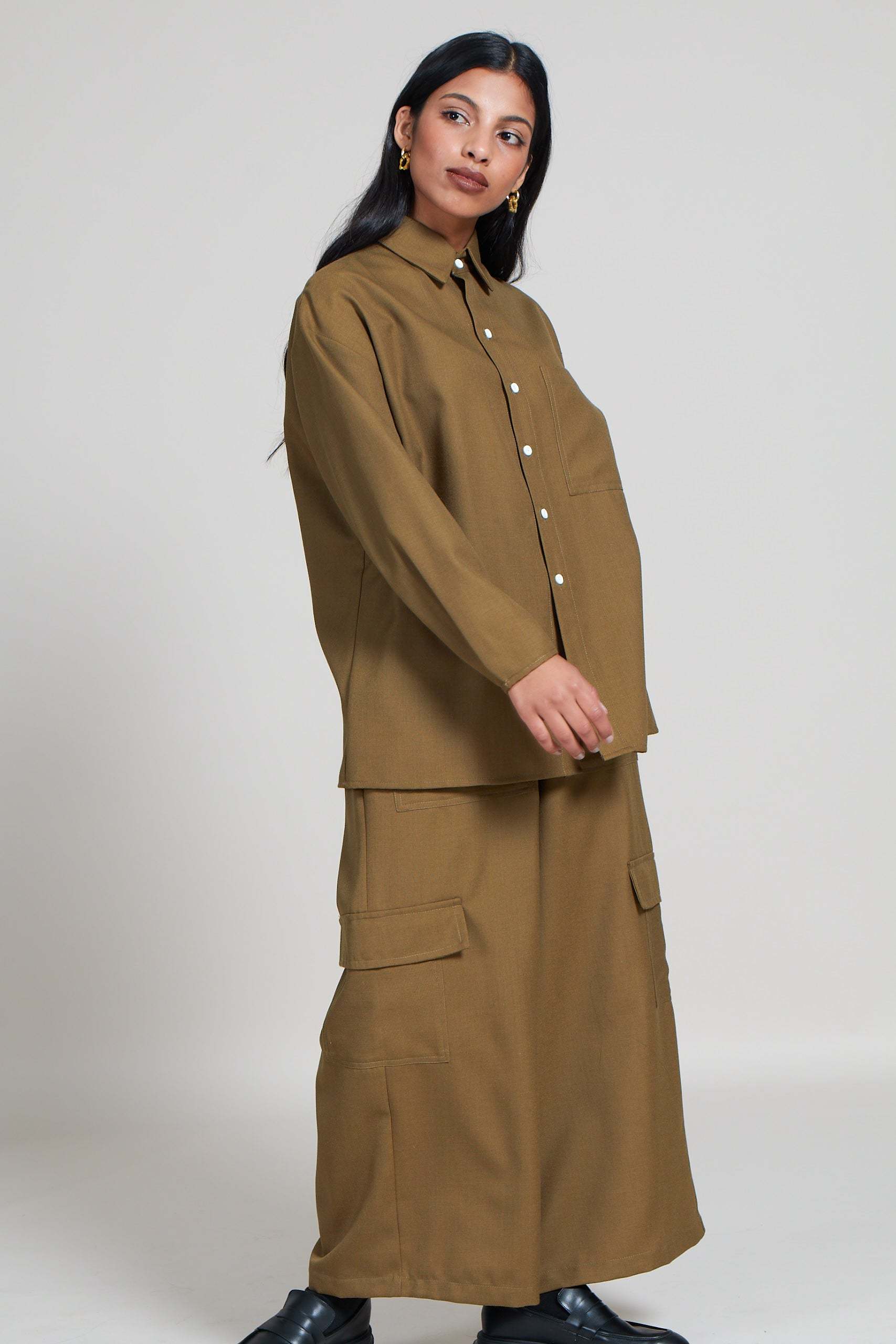
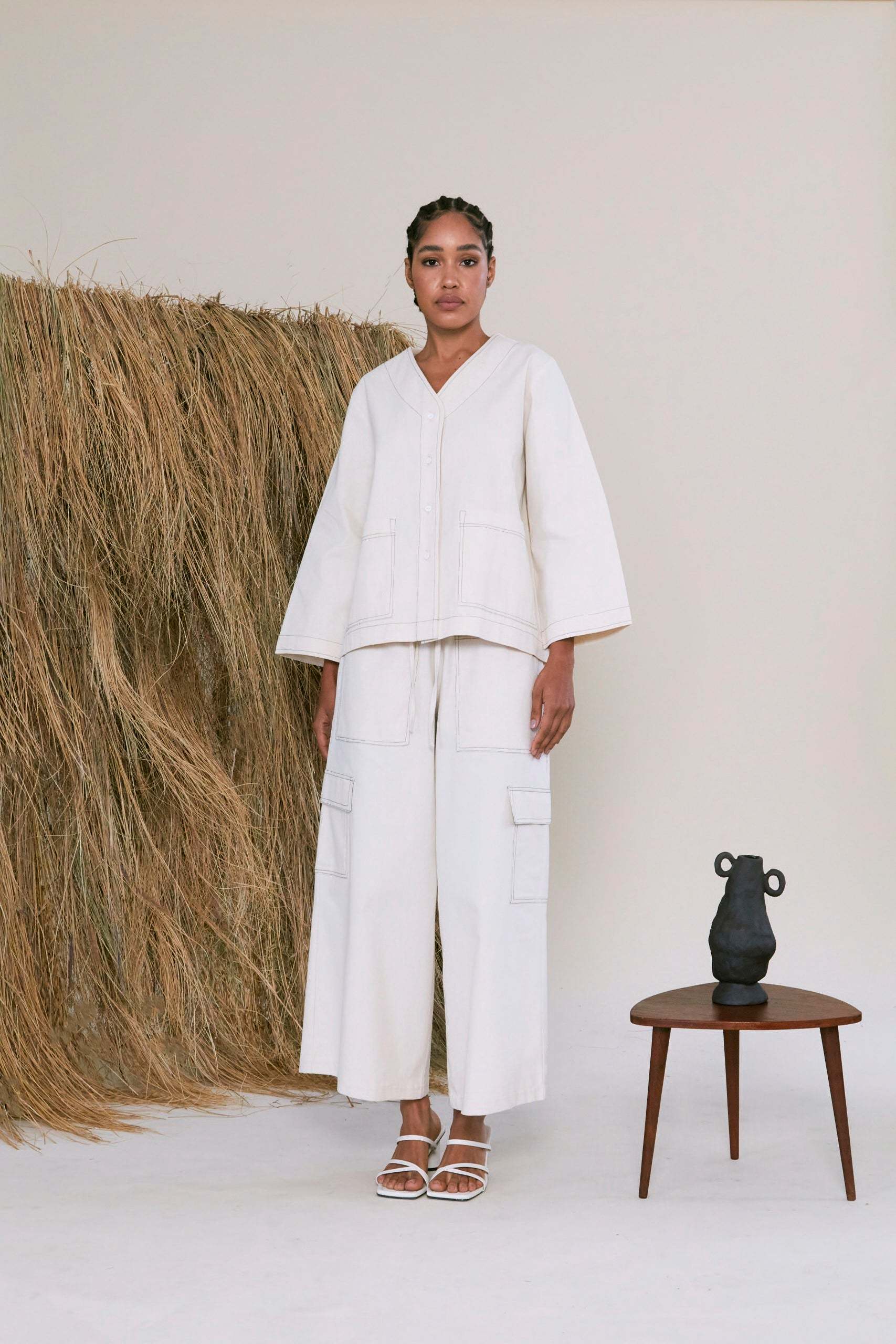
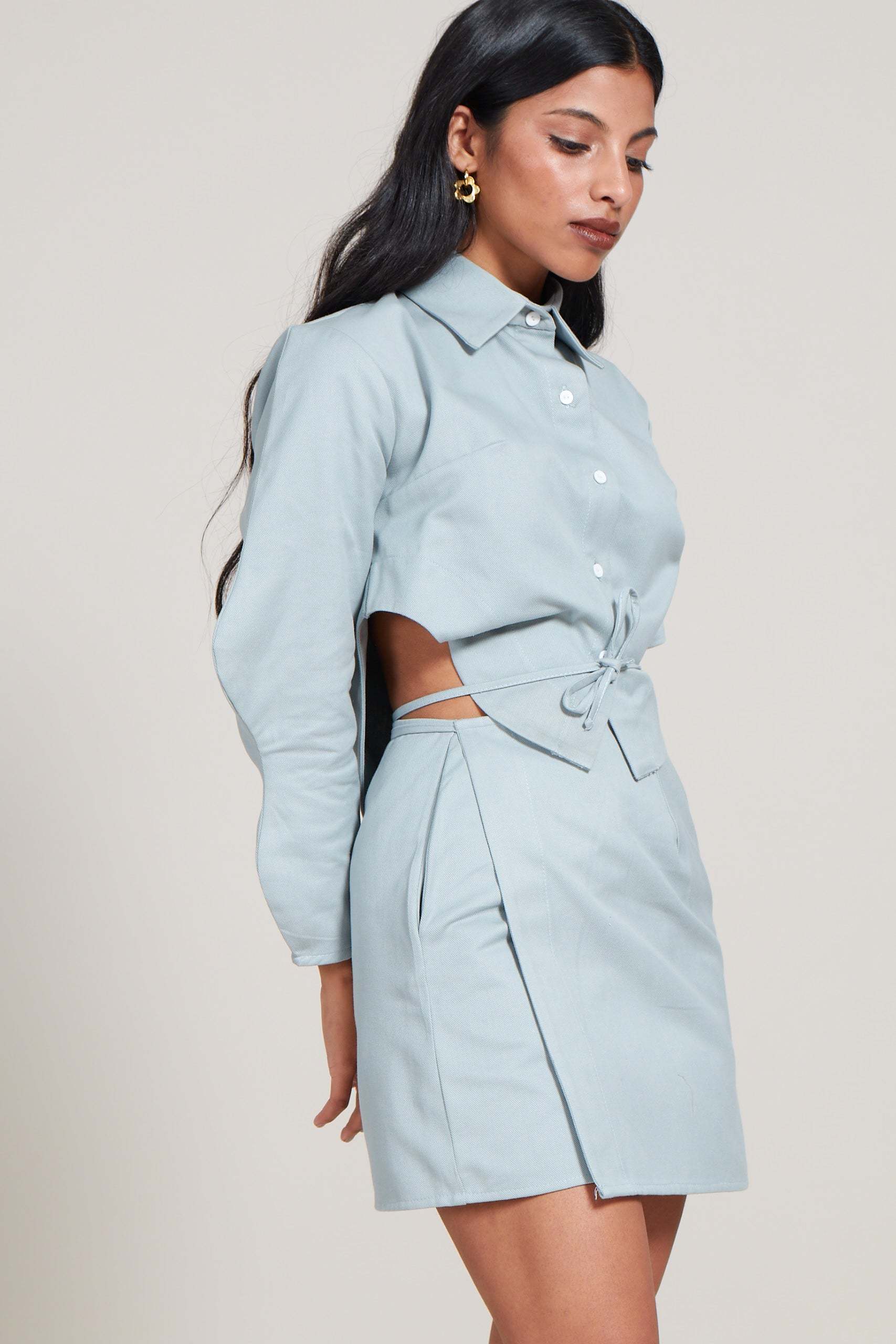

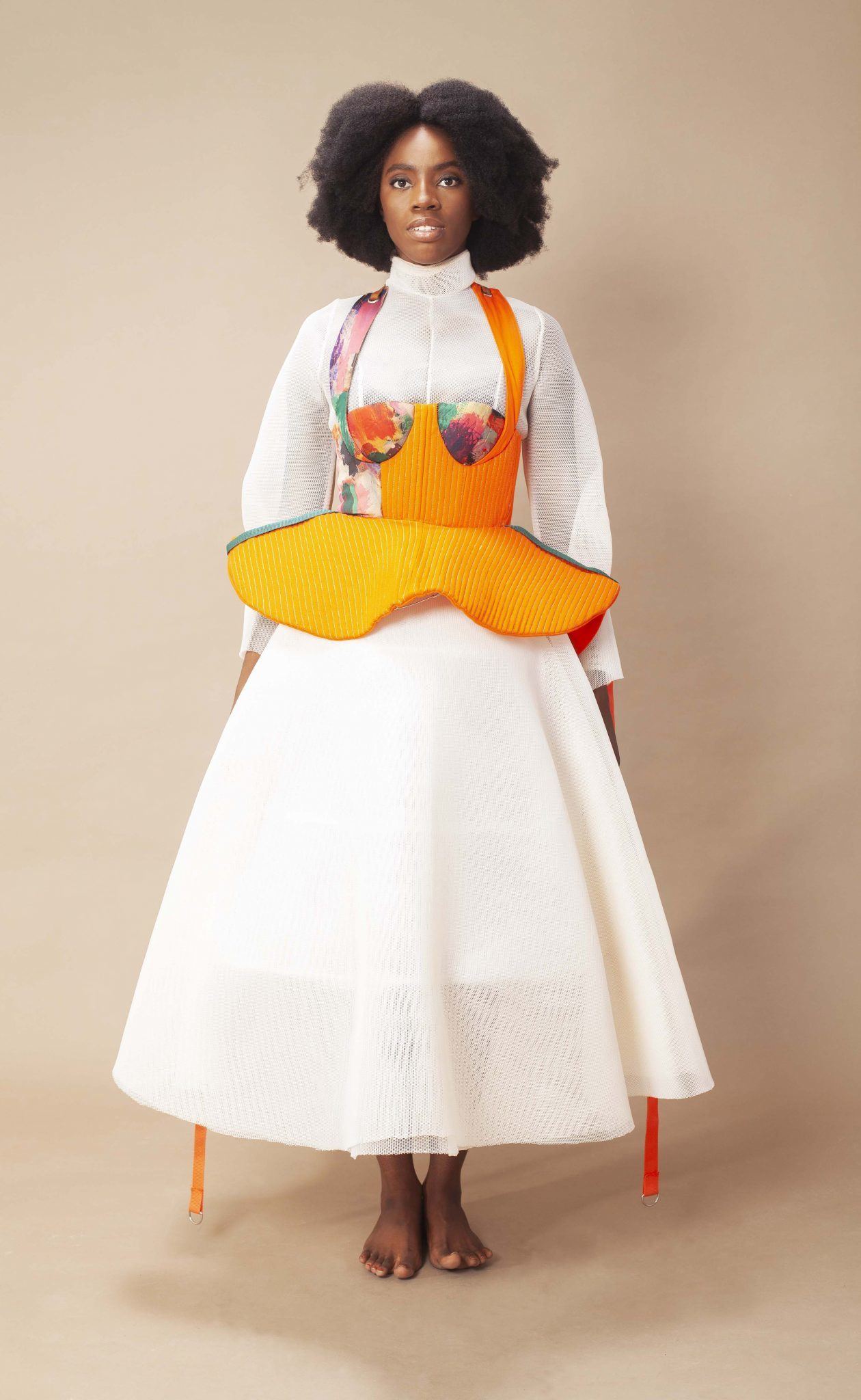
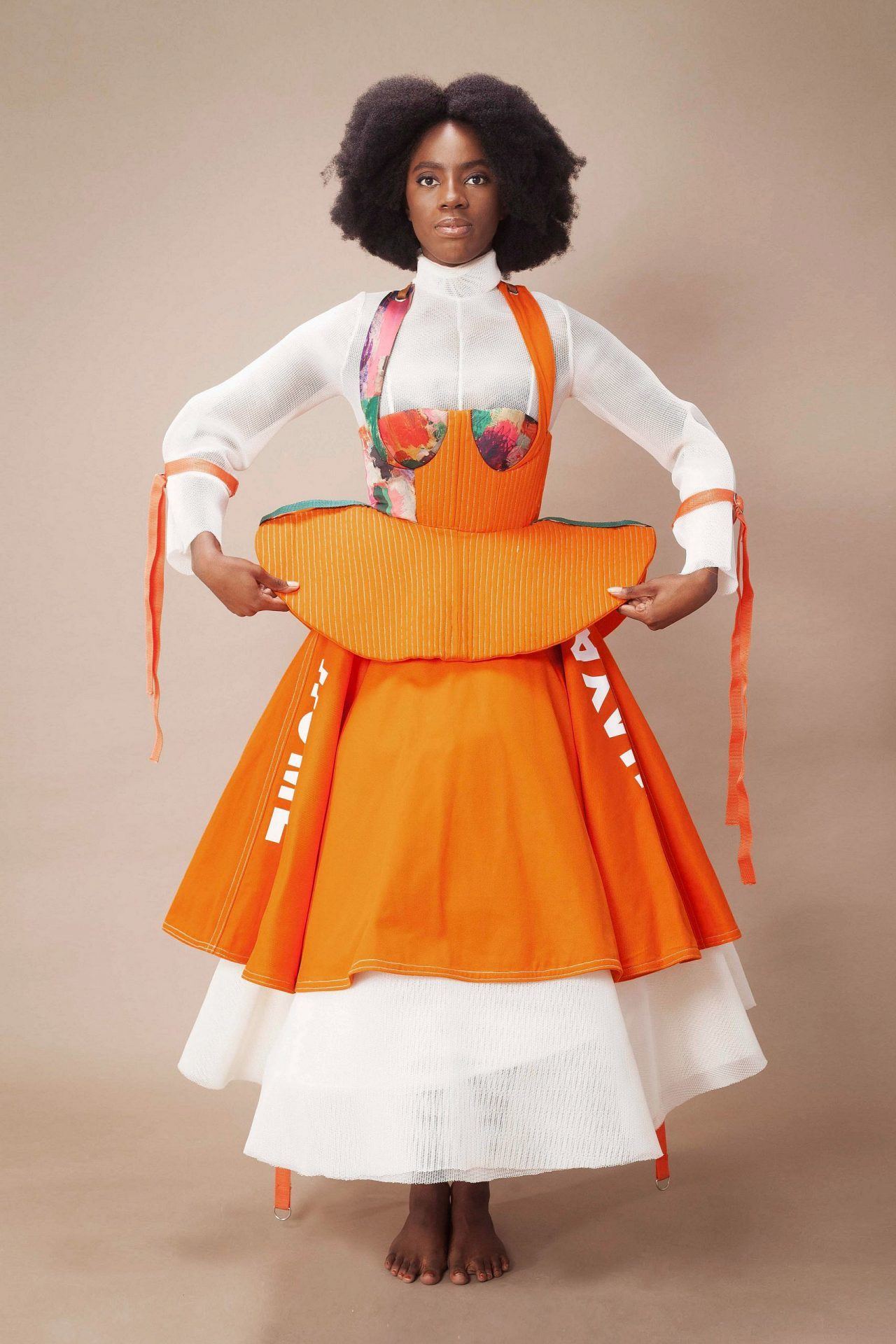
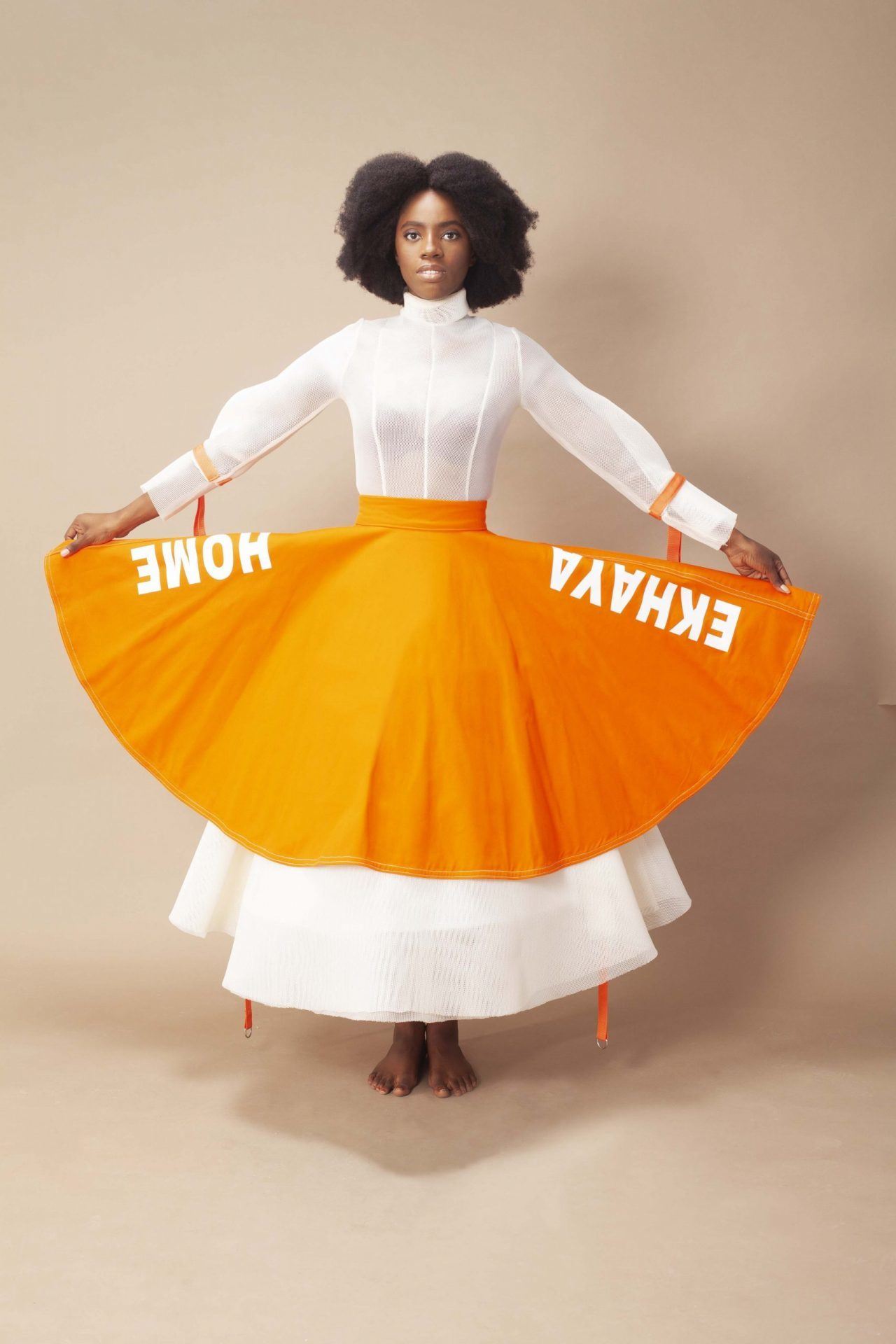
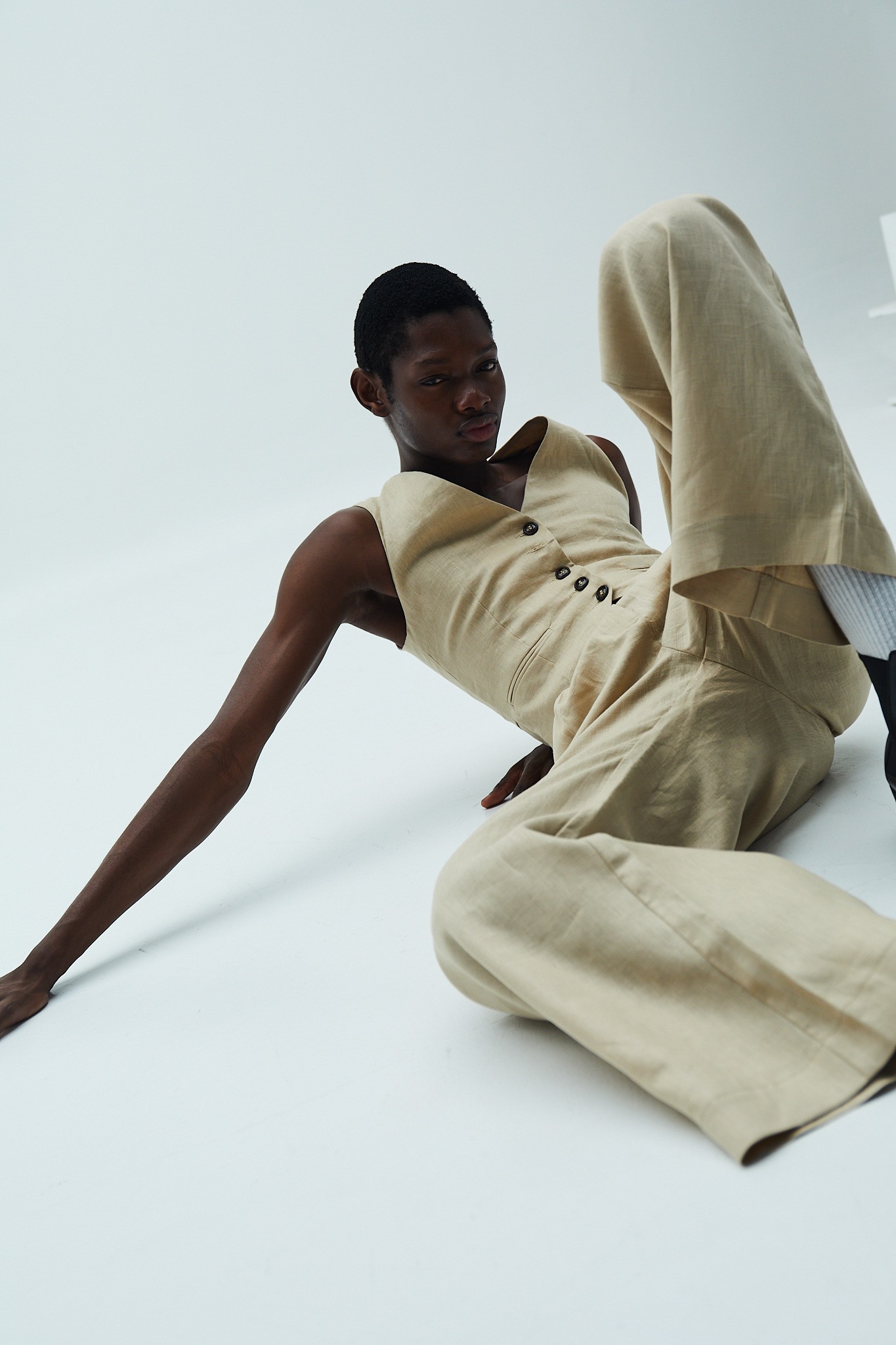
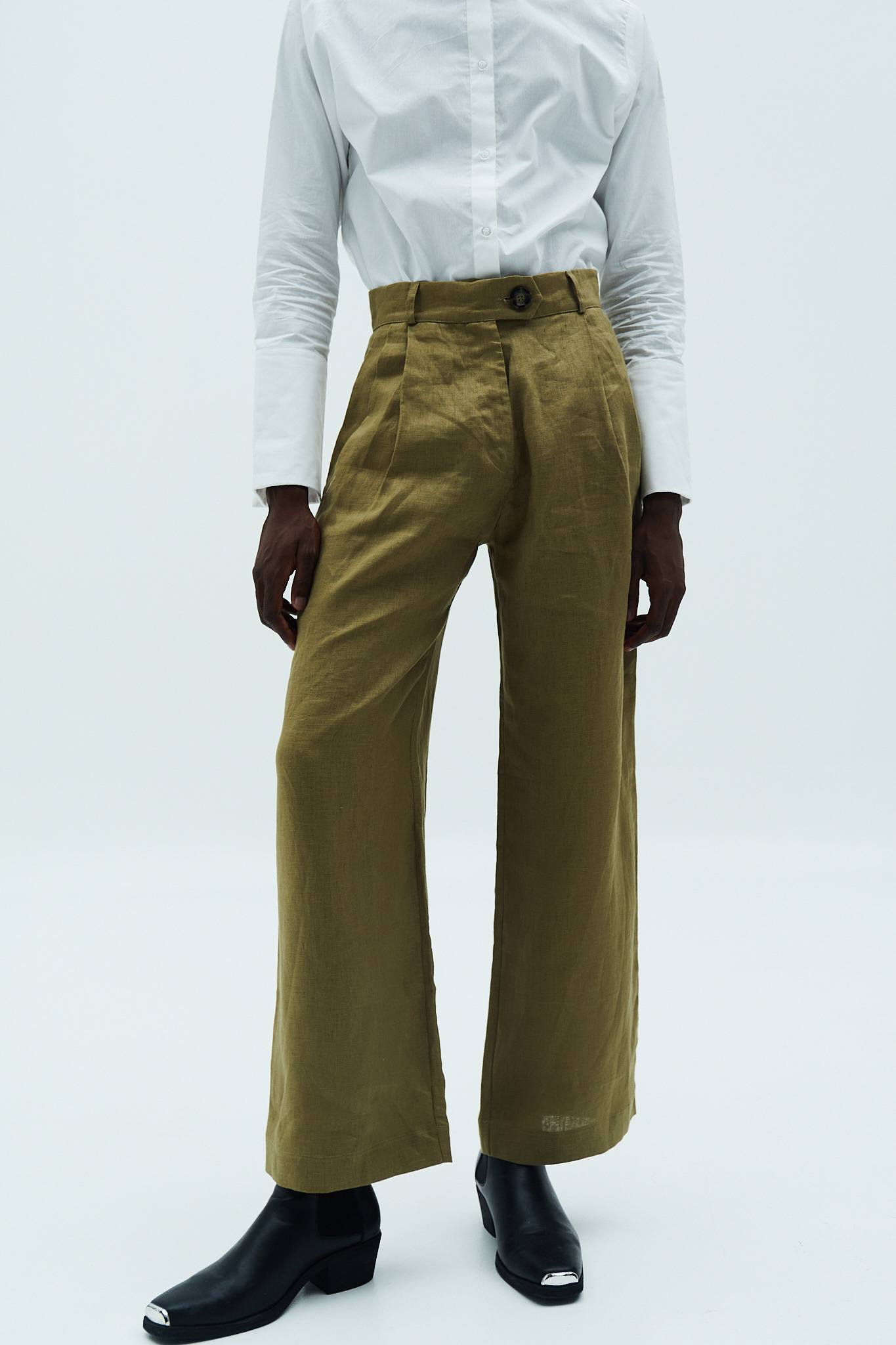

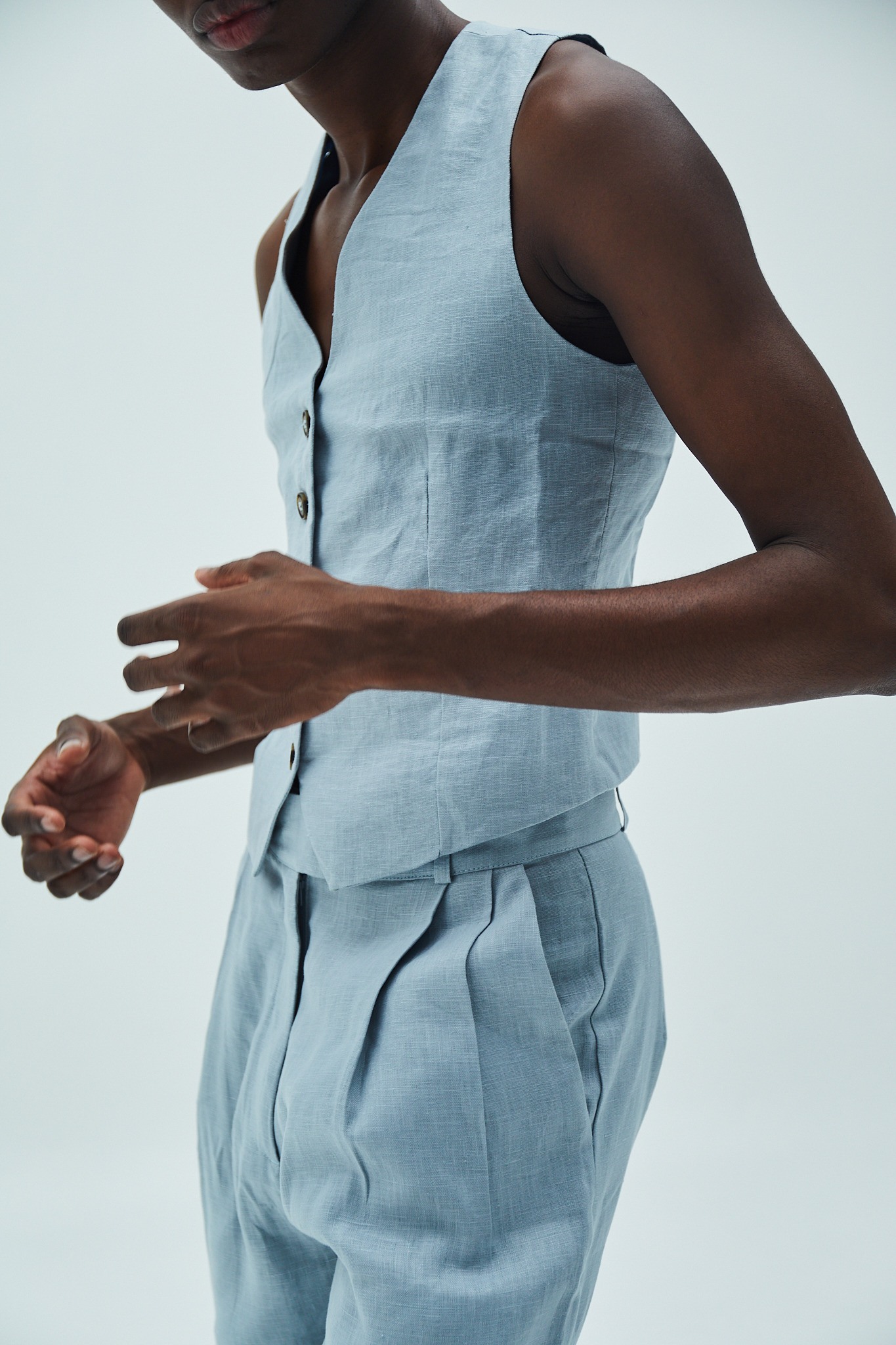
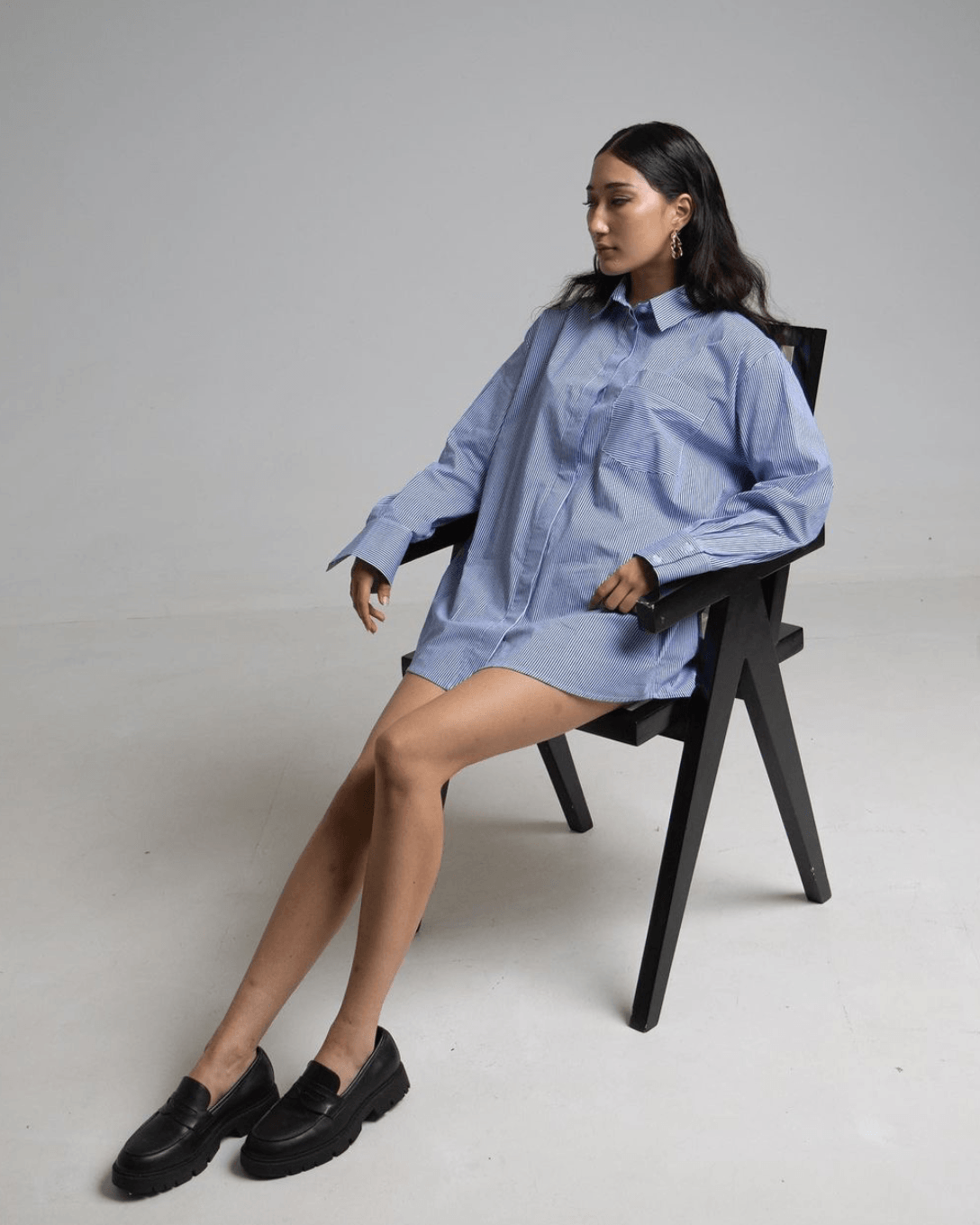

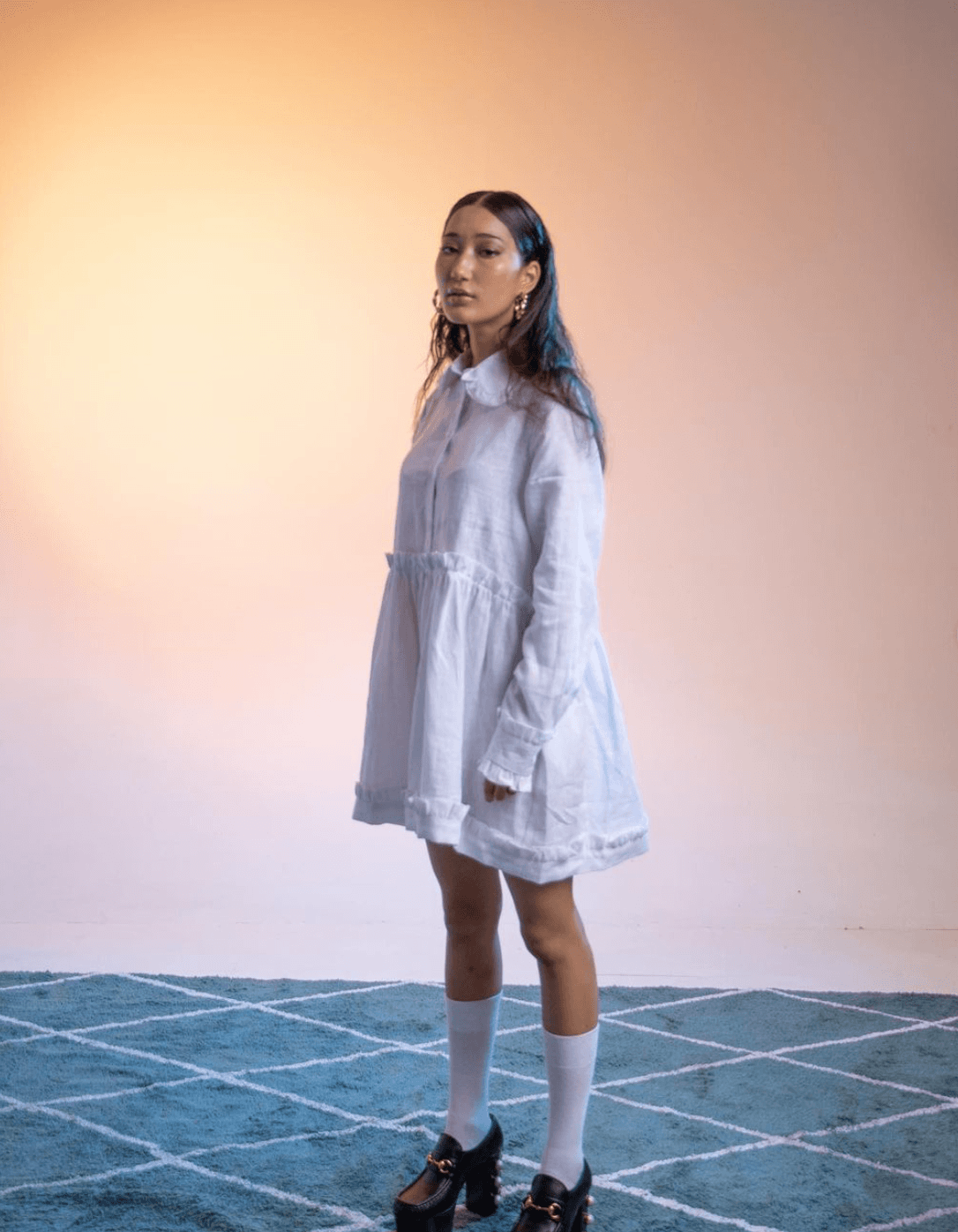
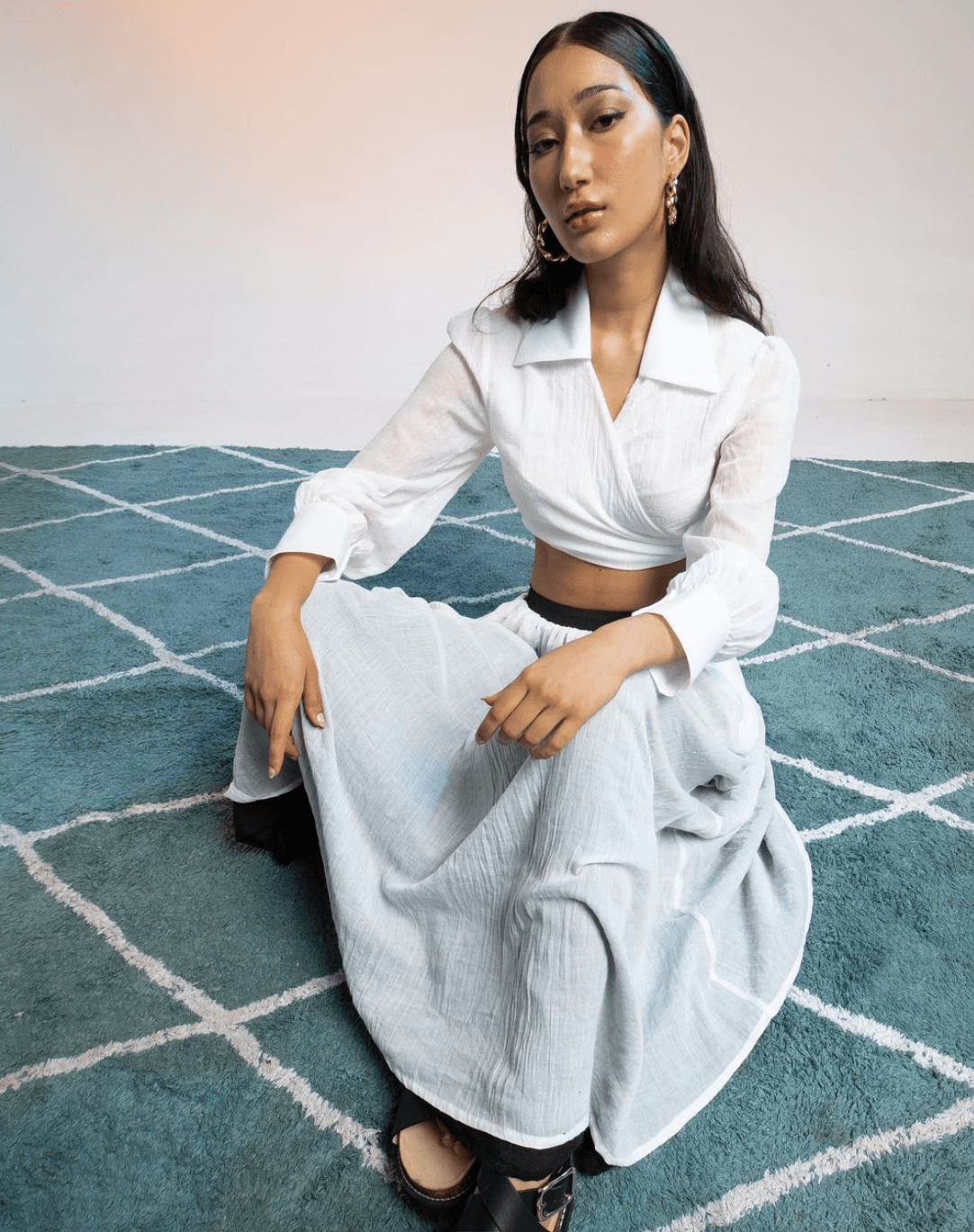
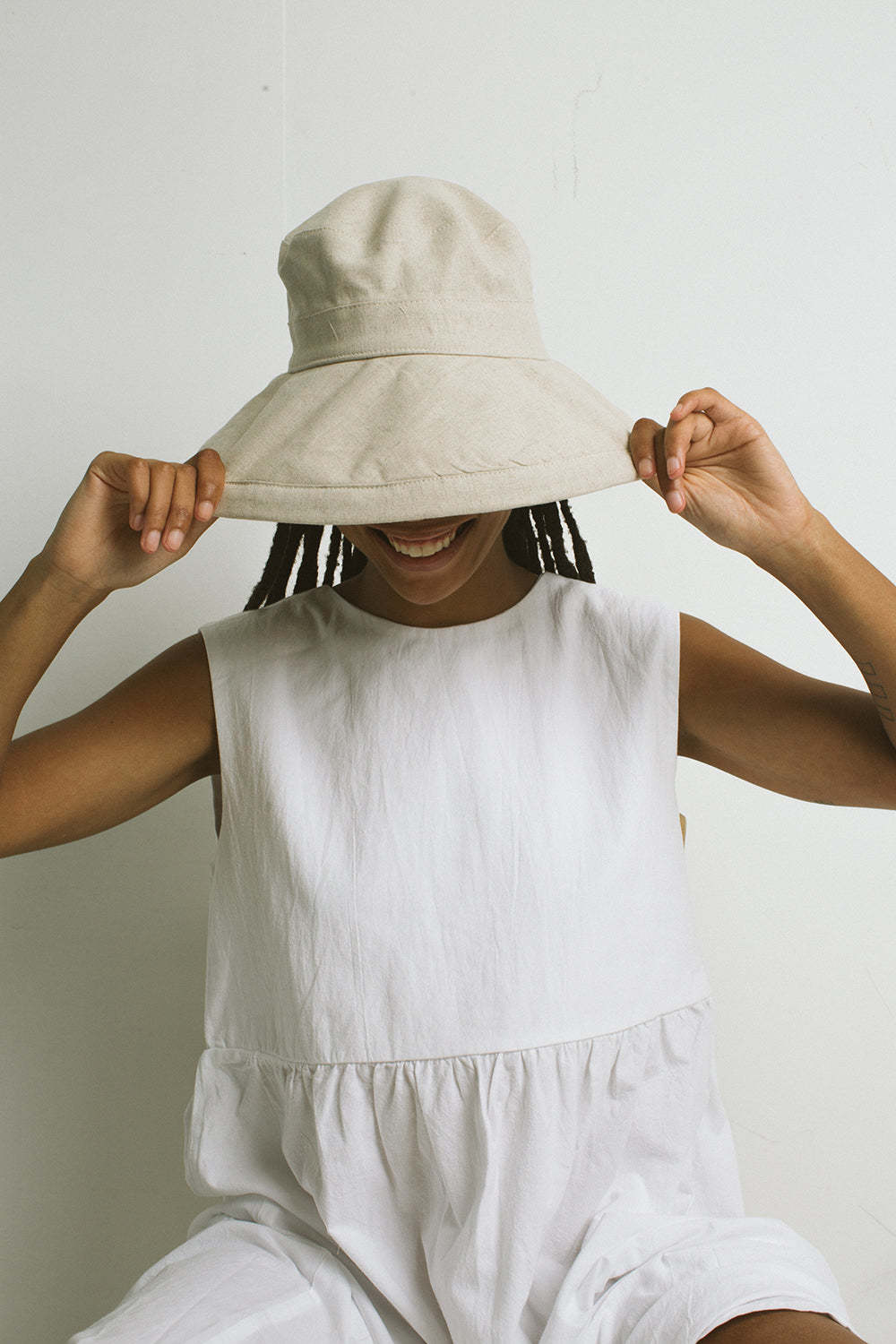
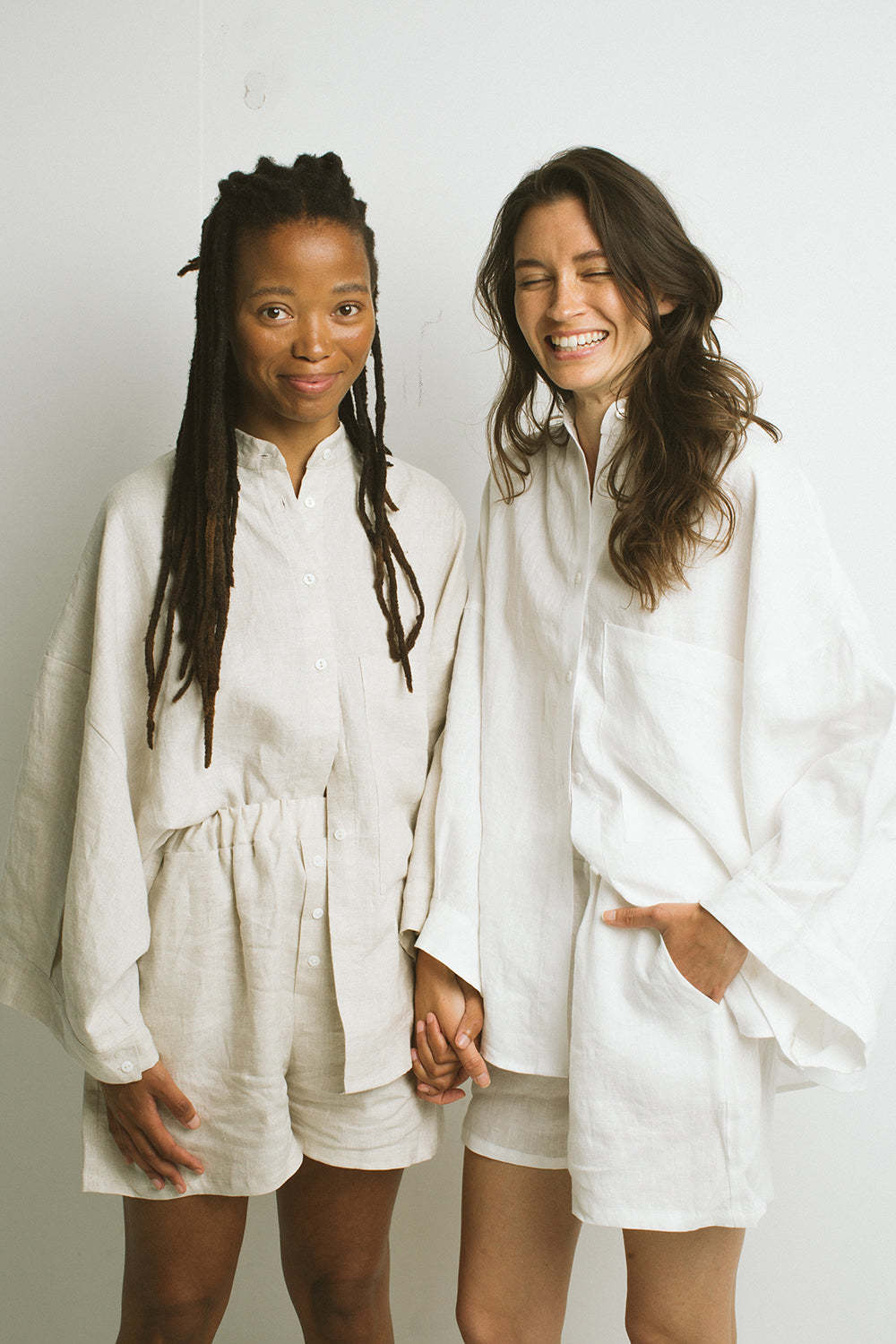


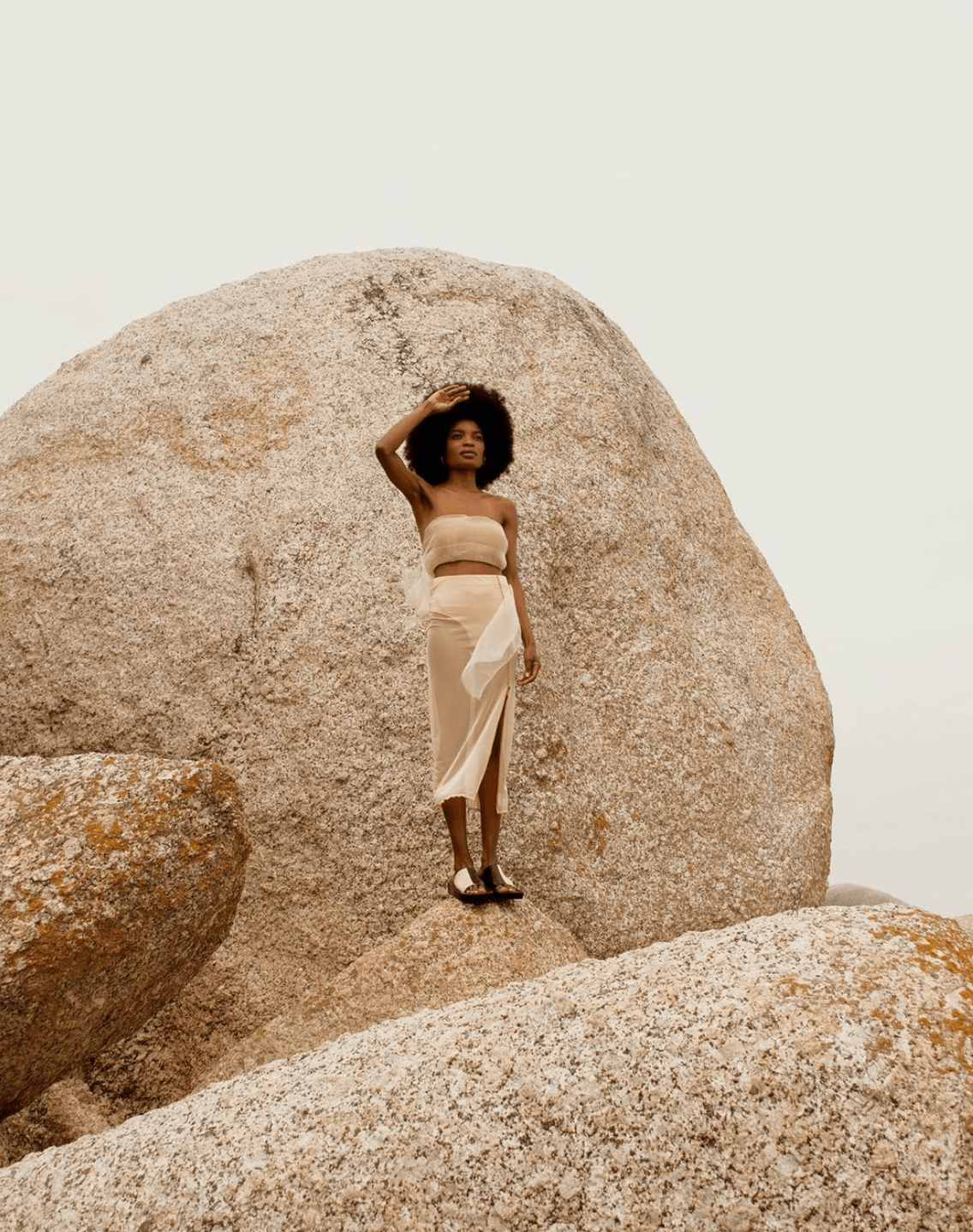
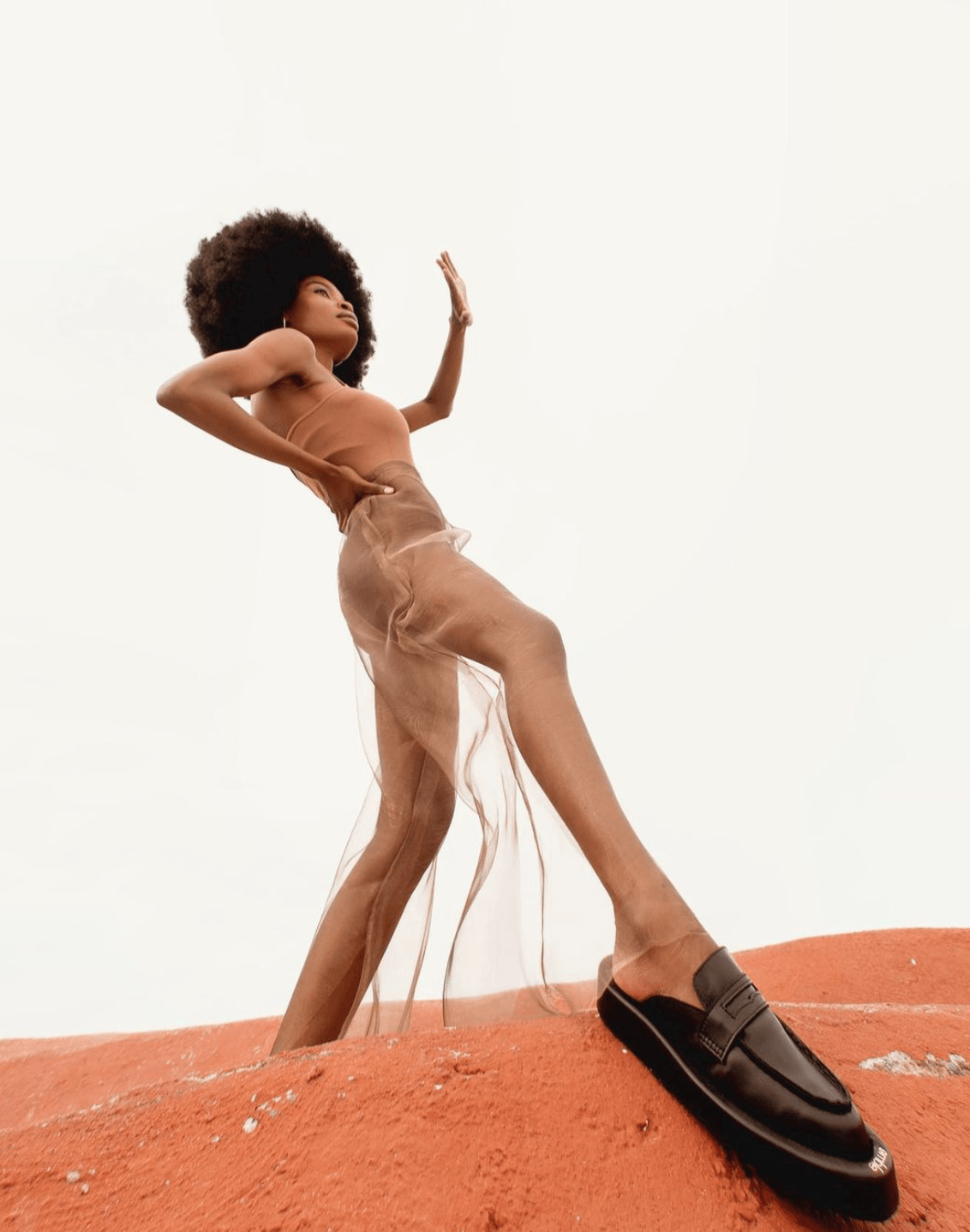
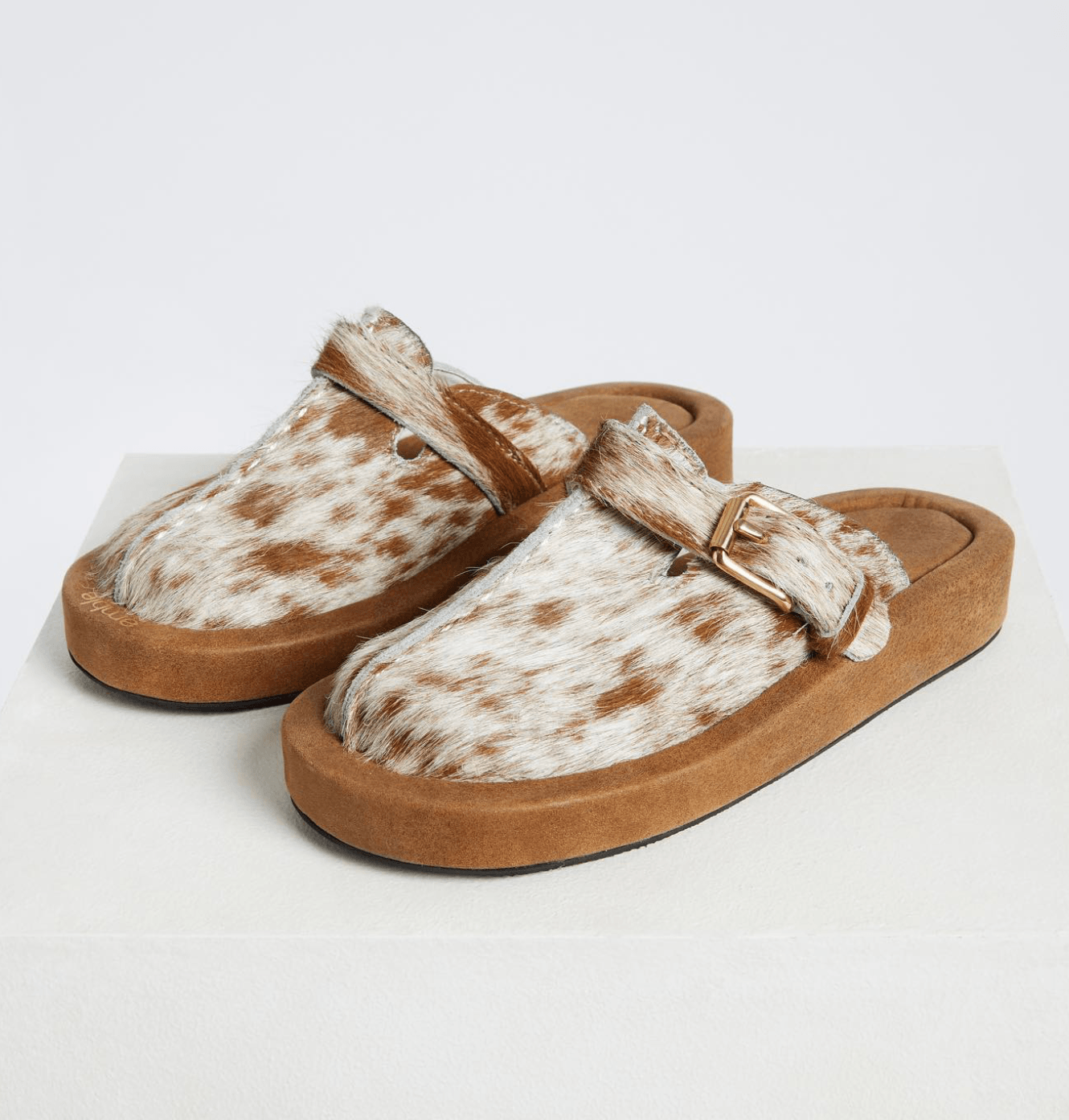
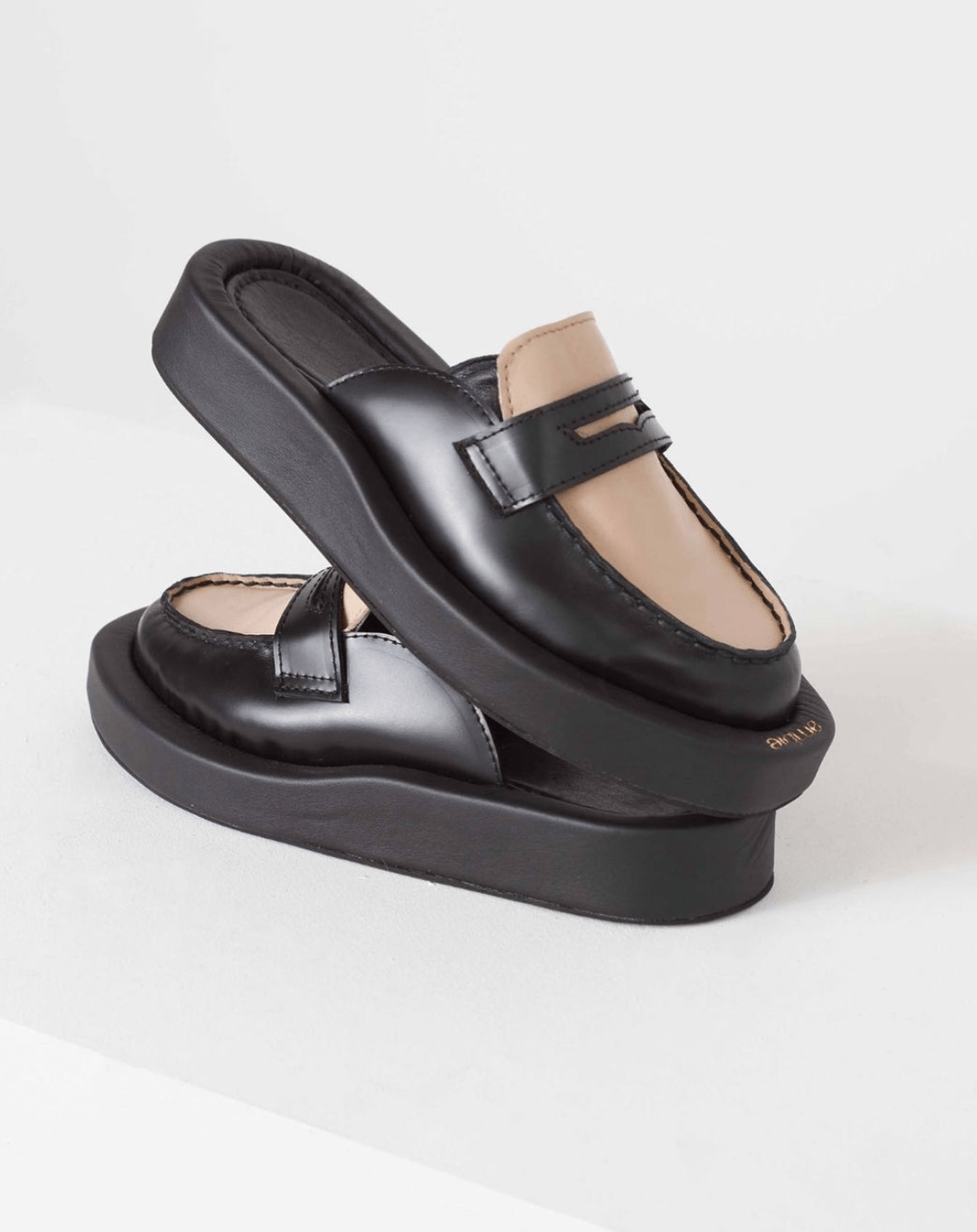
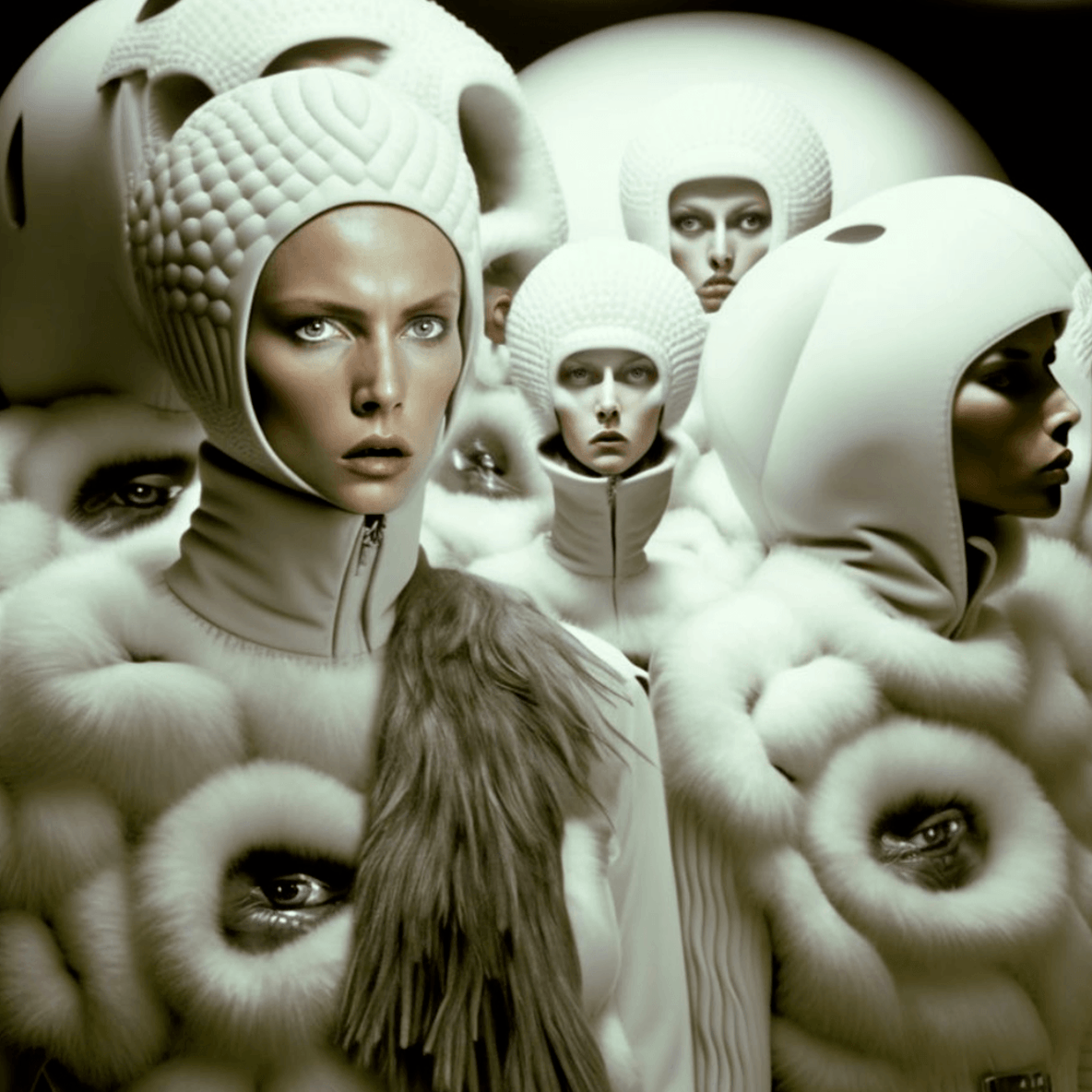
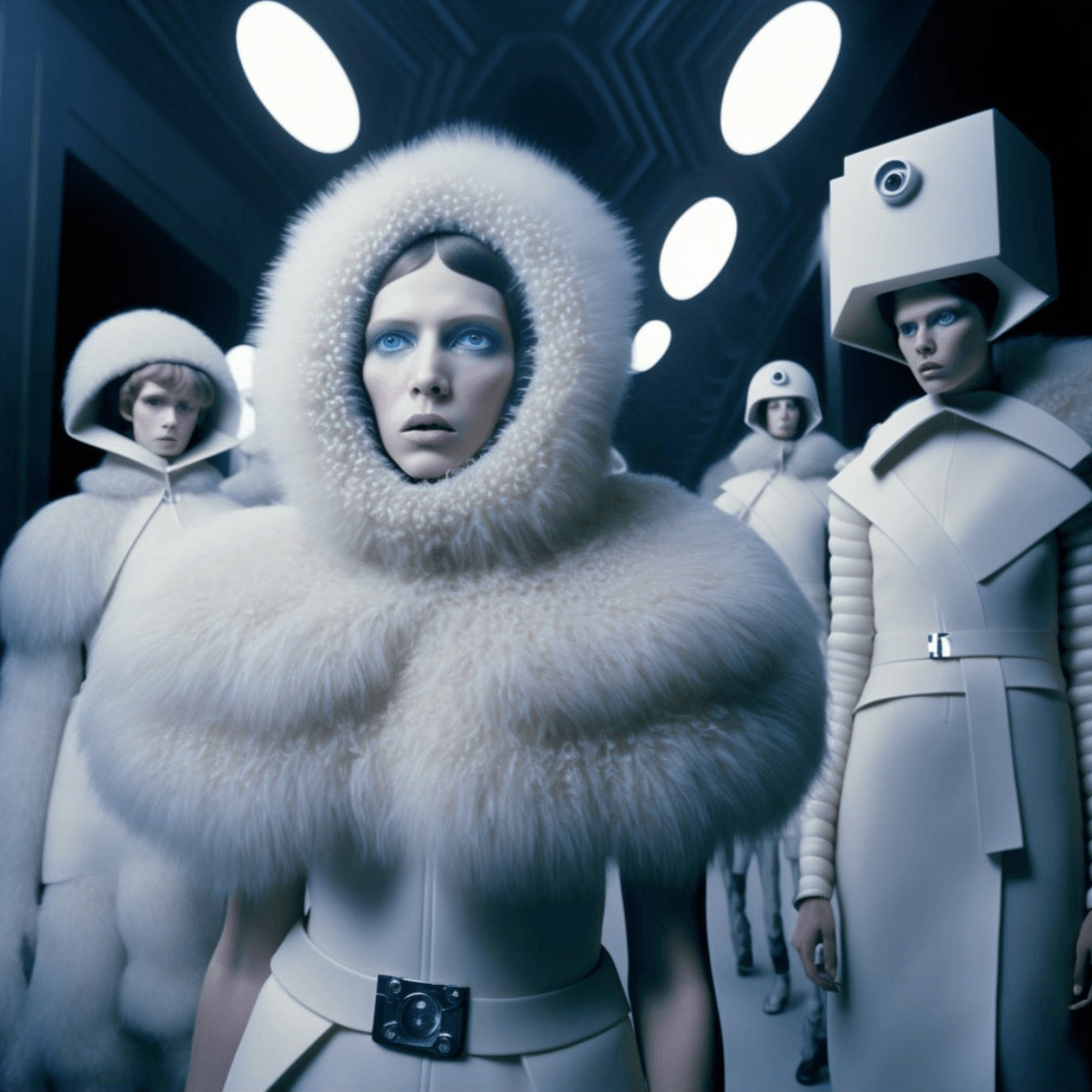
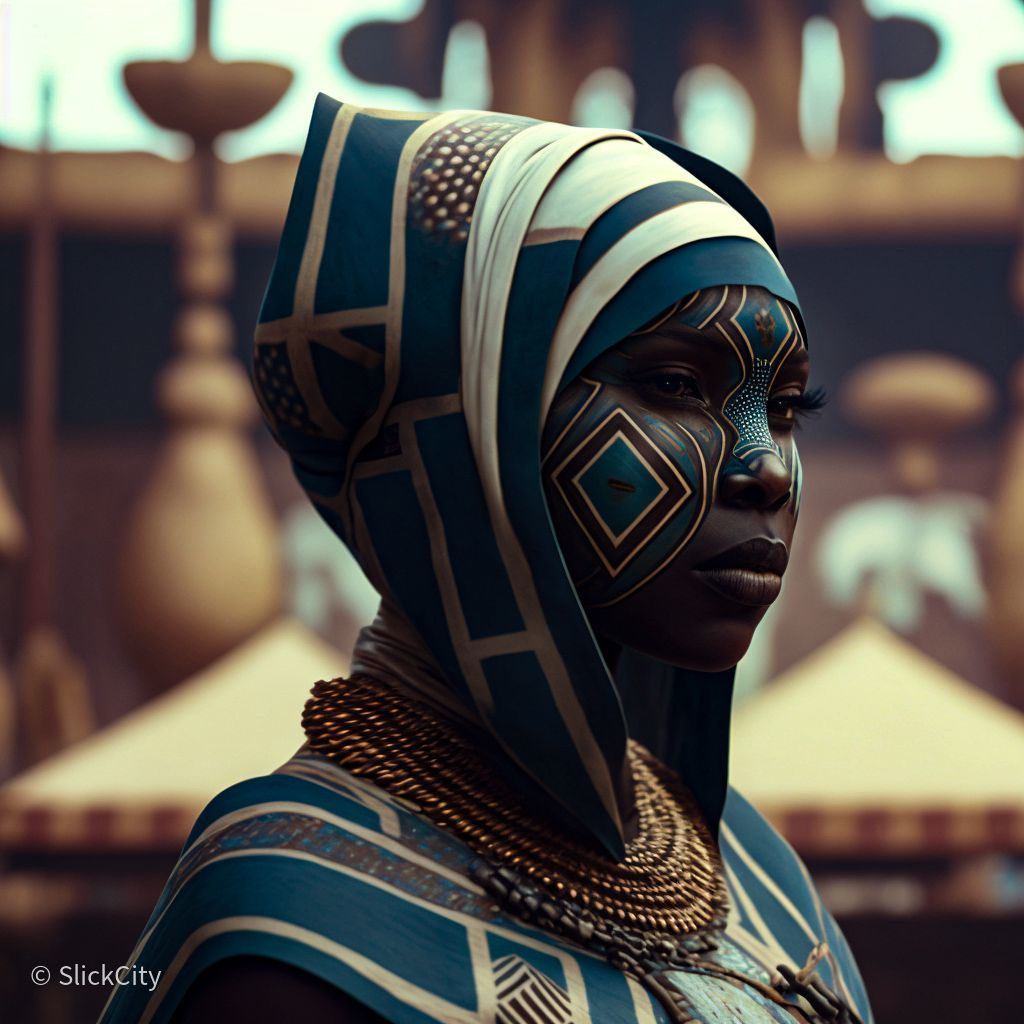
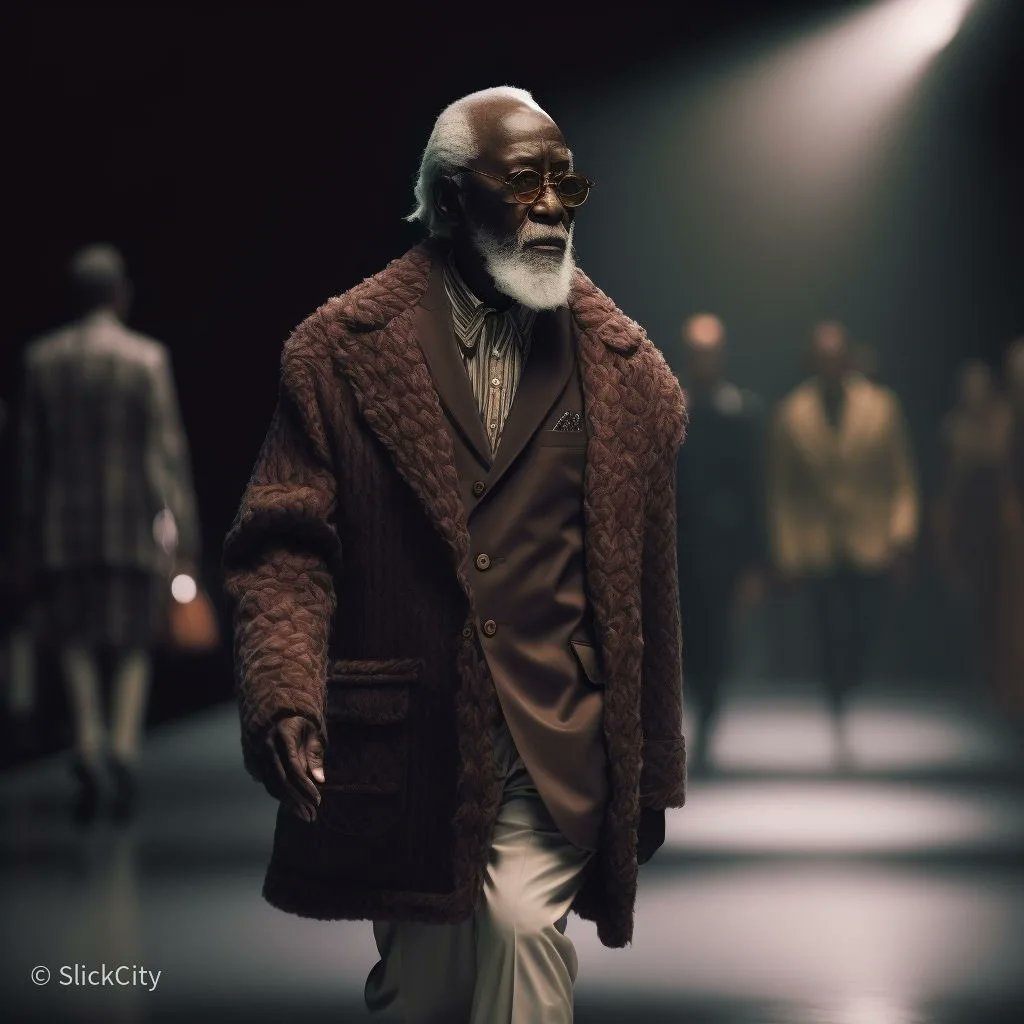
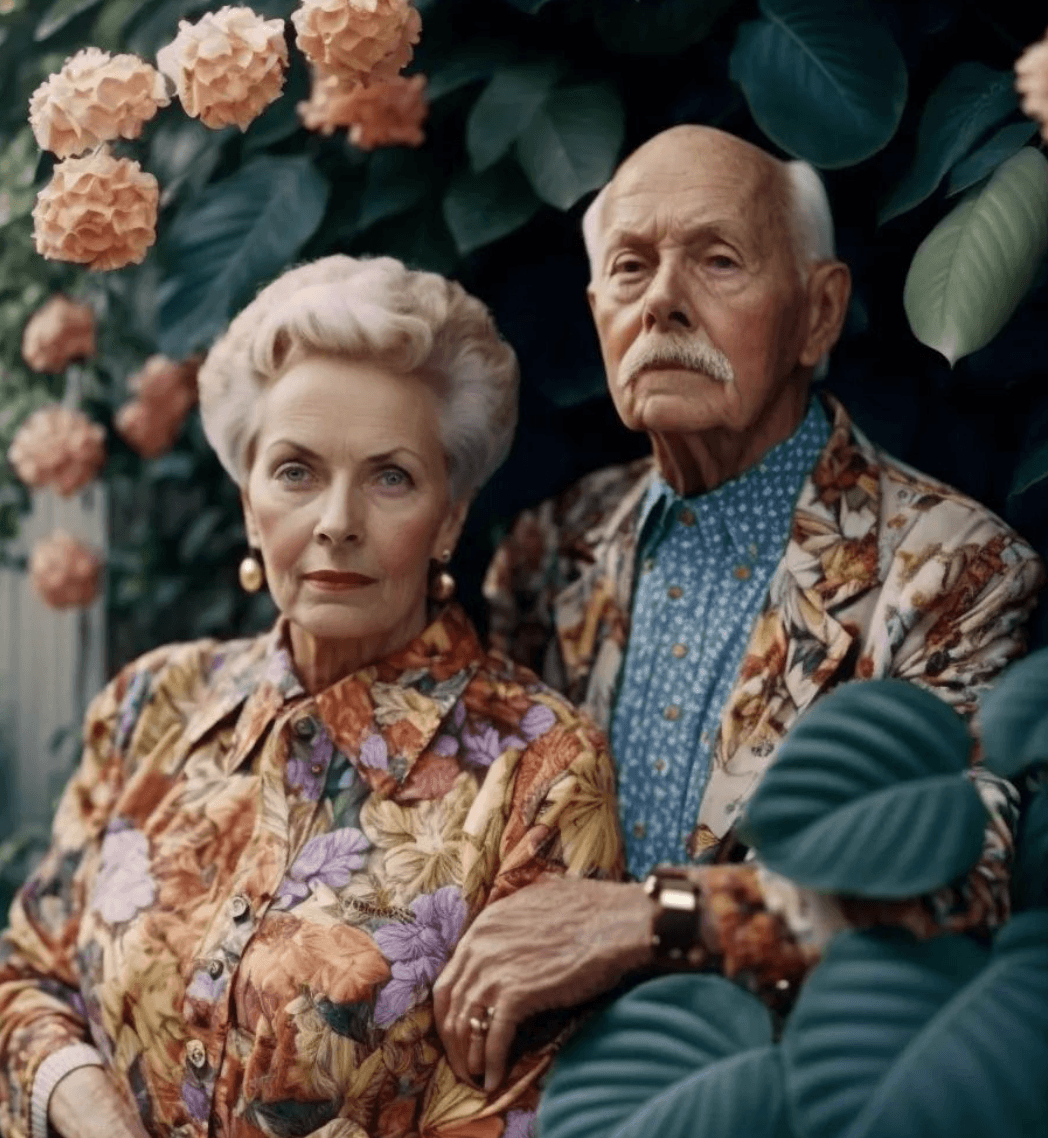
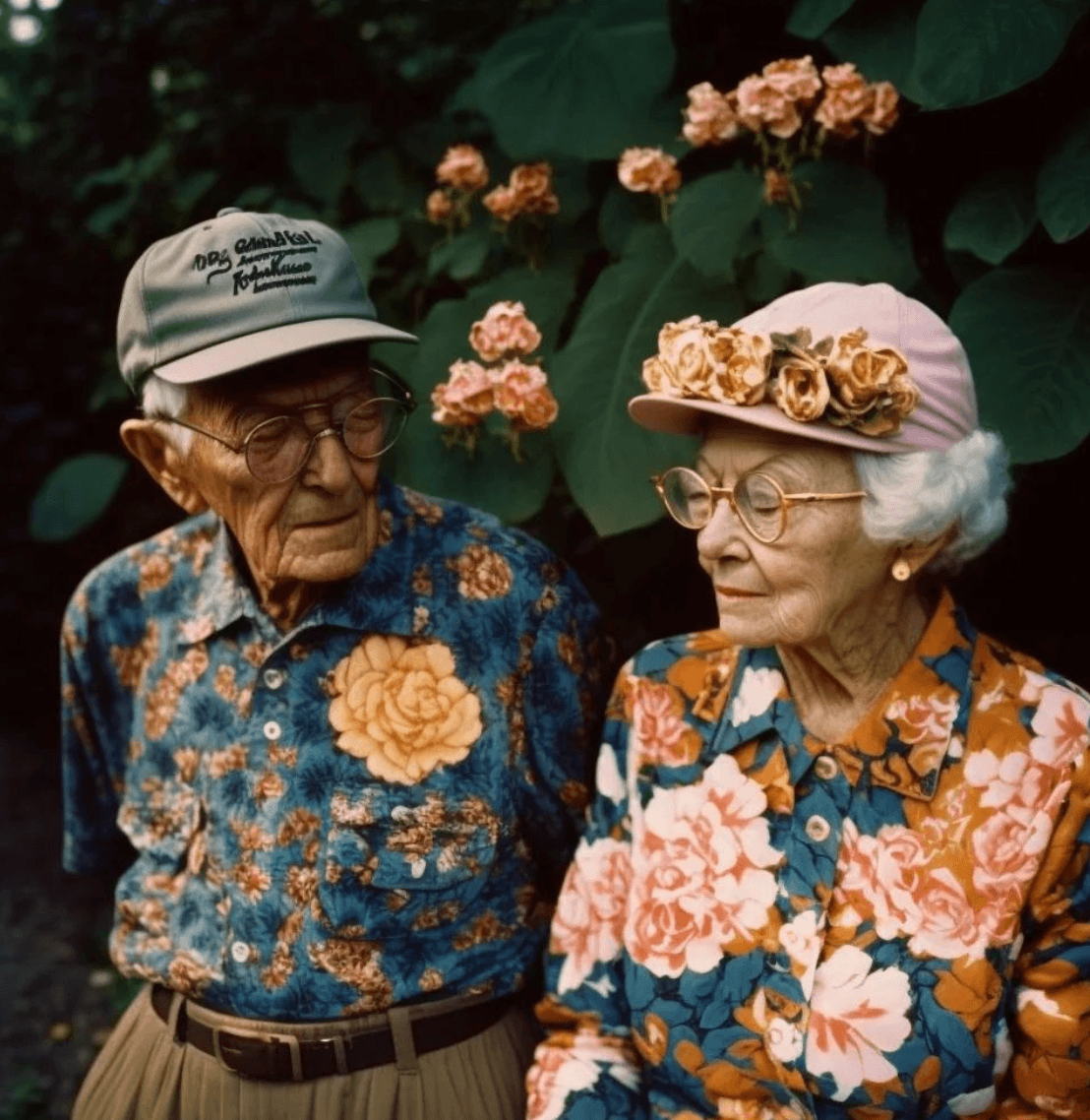

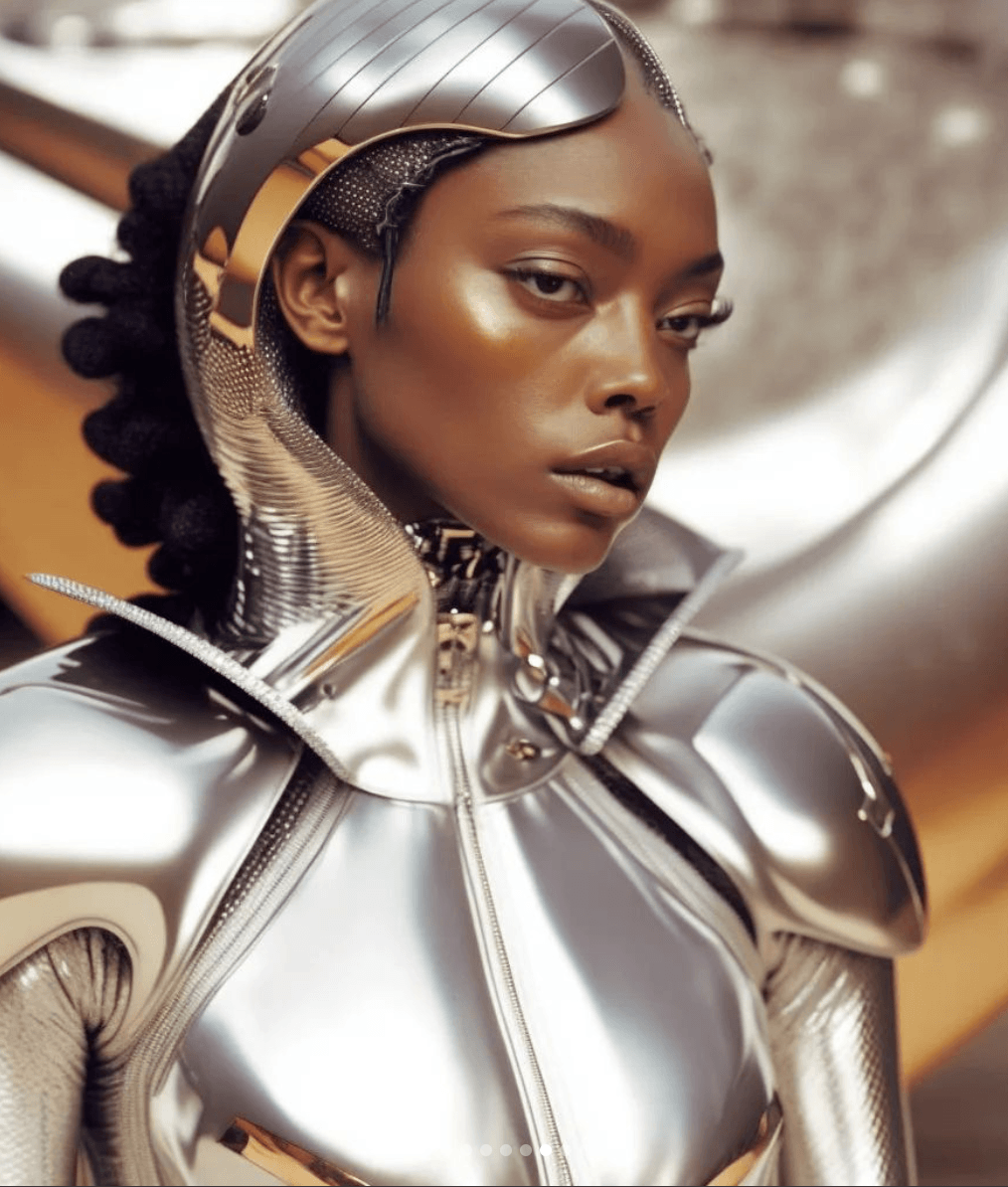
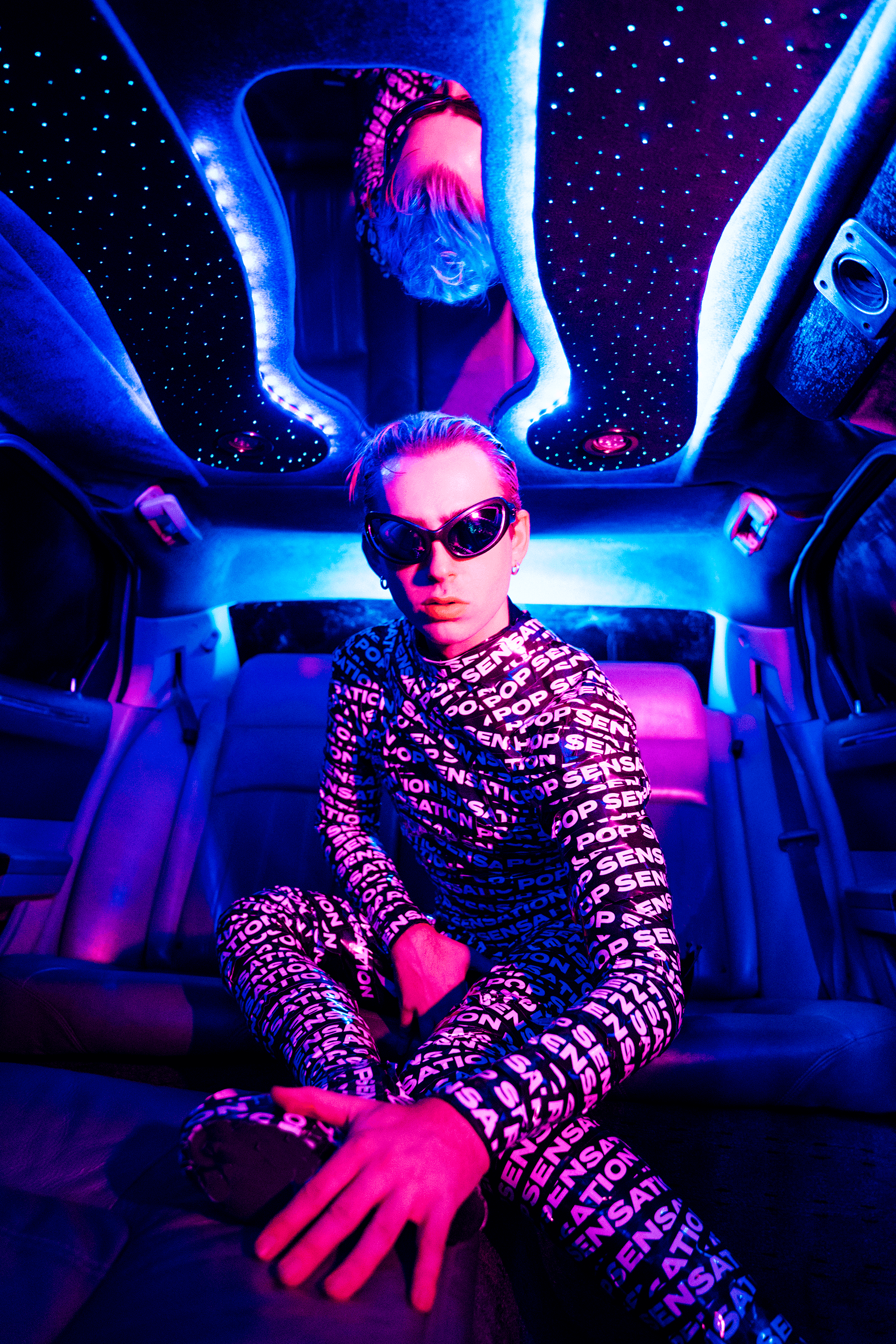
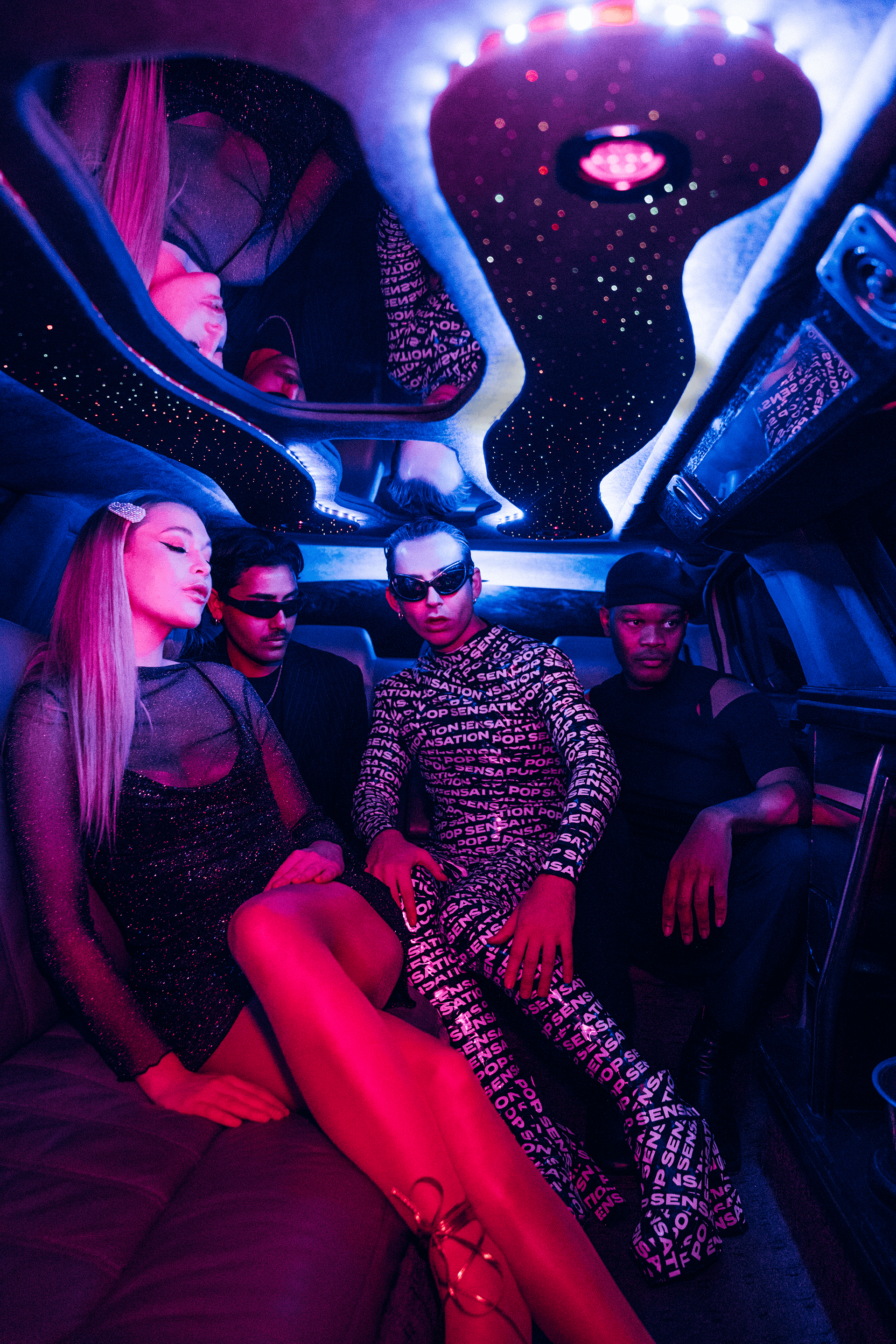
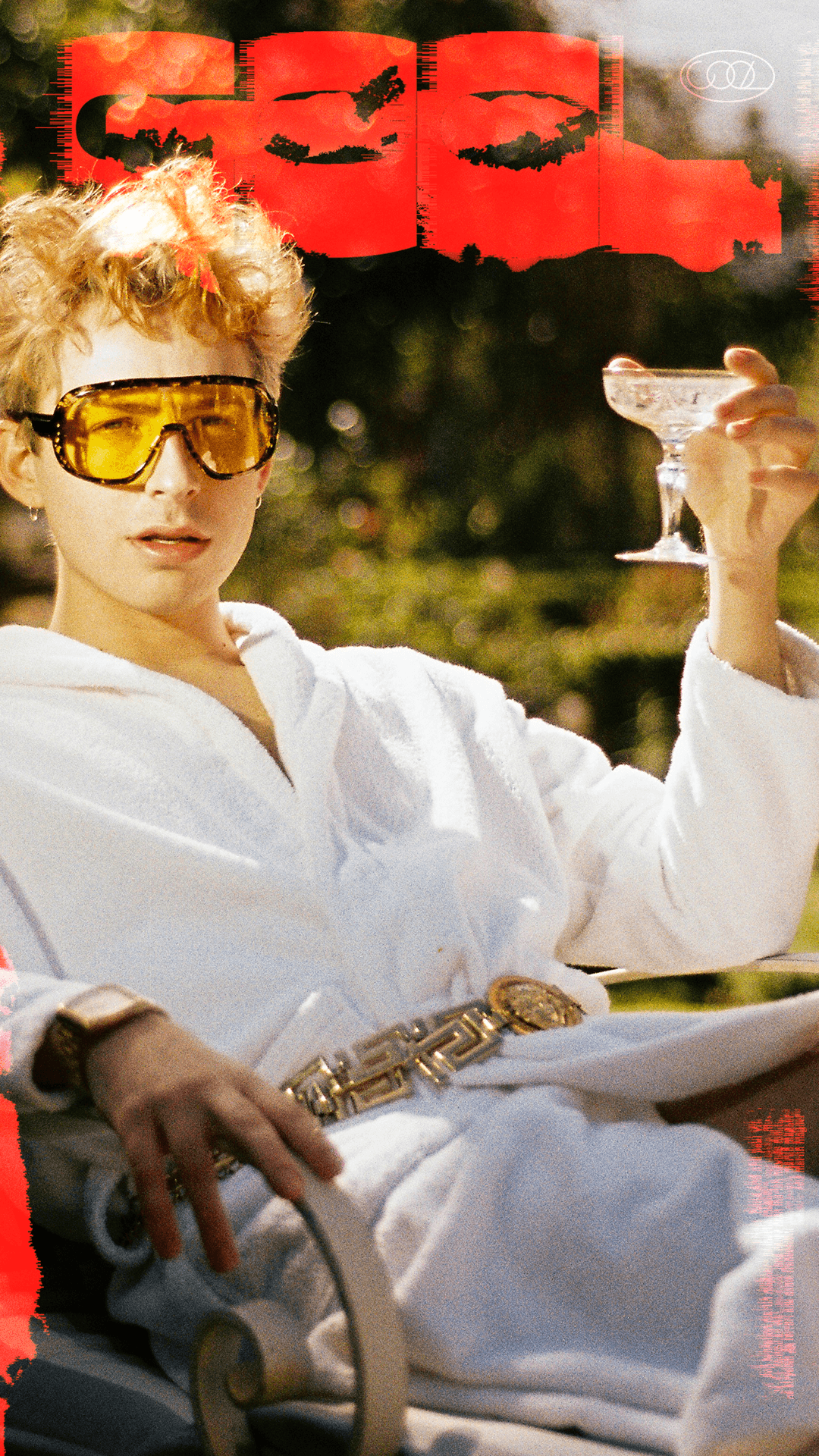

Recent Comments